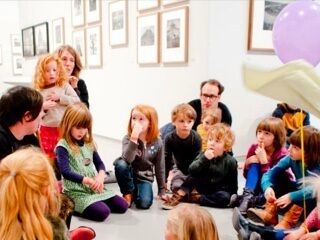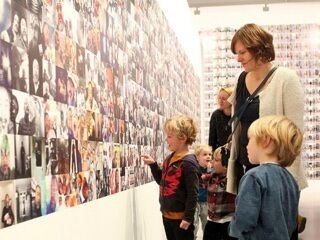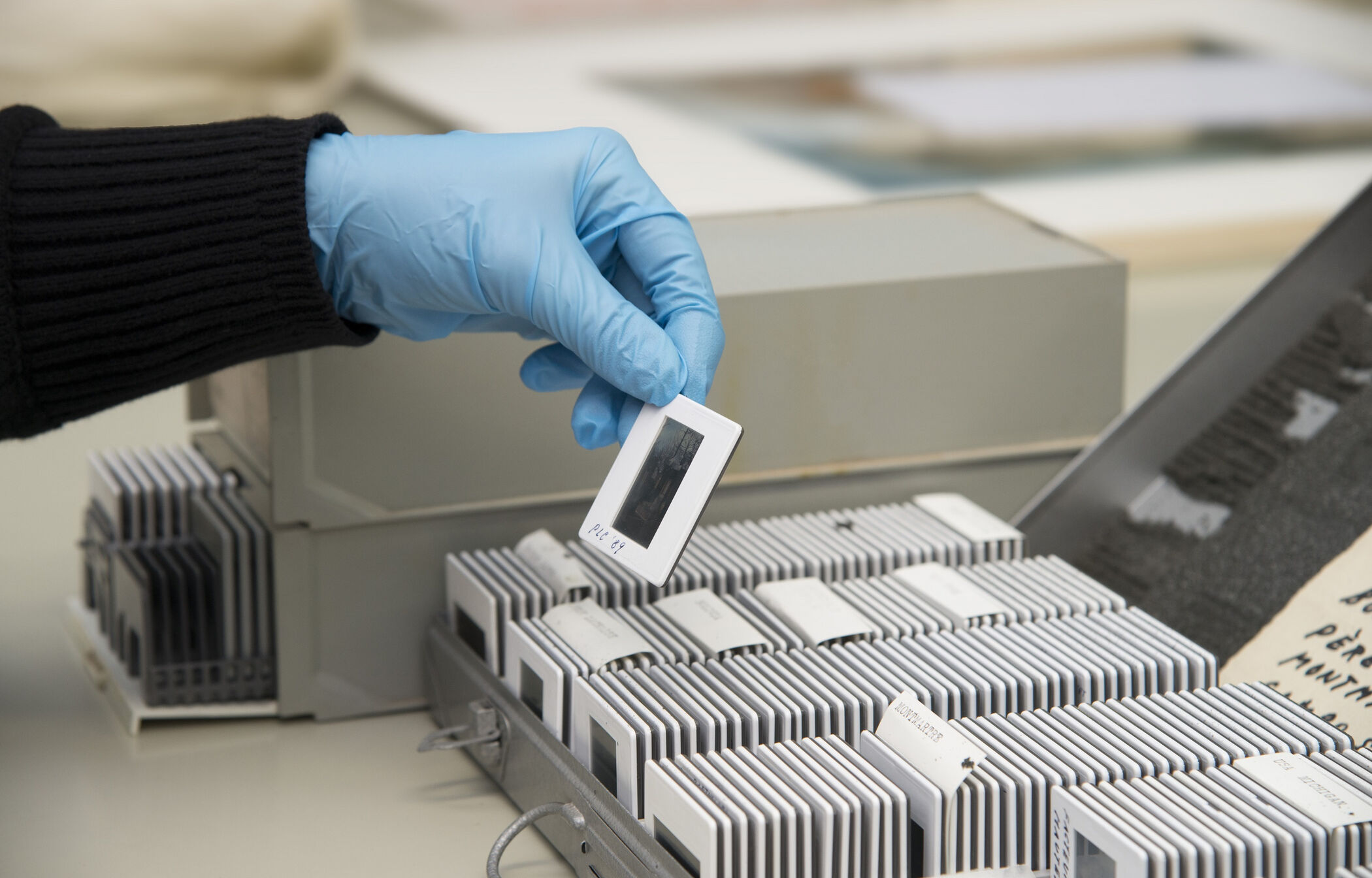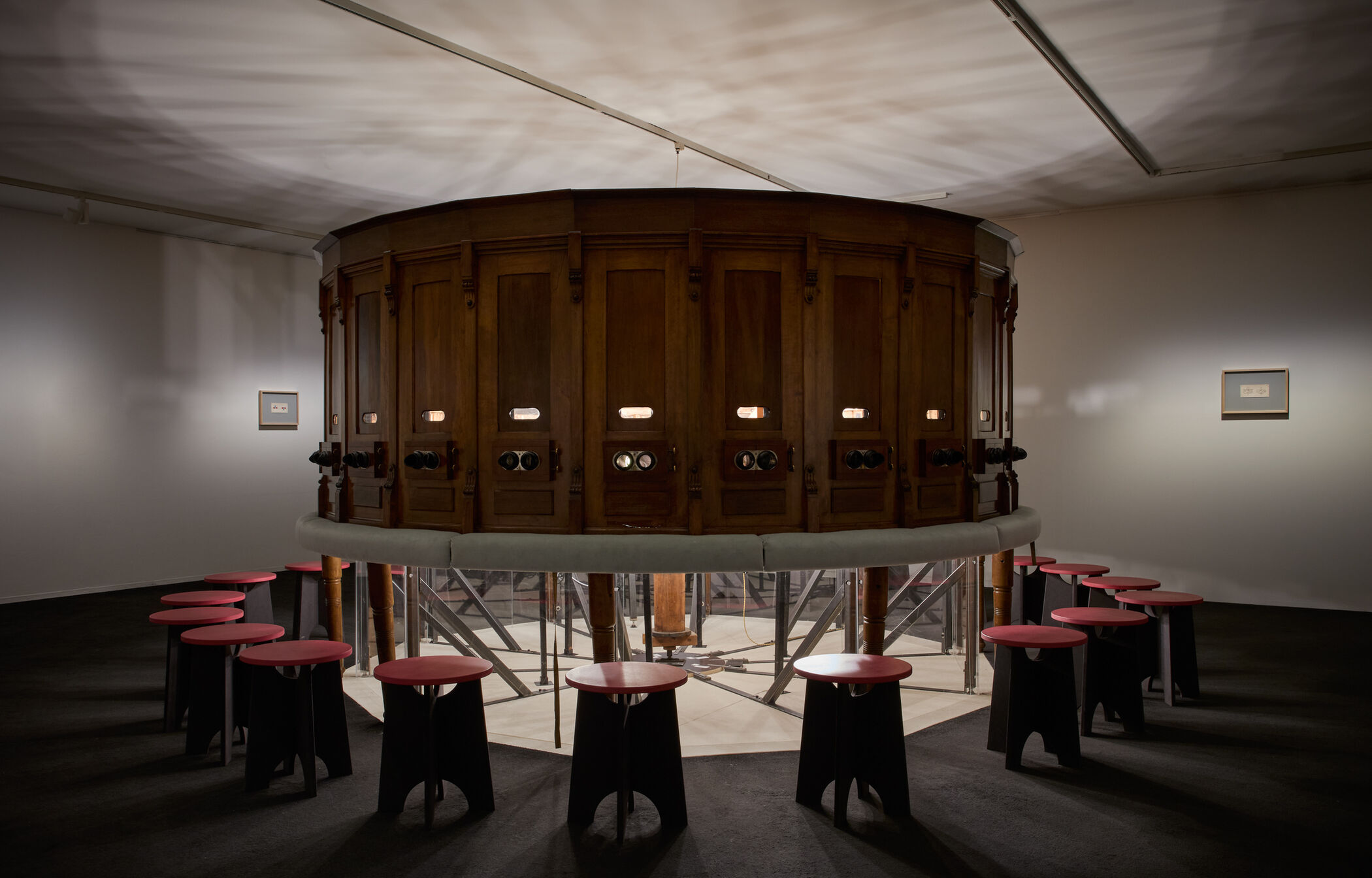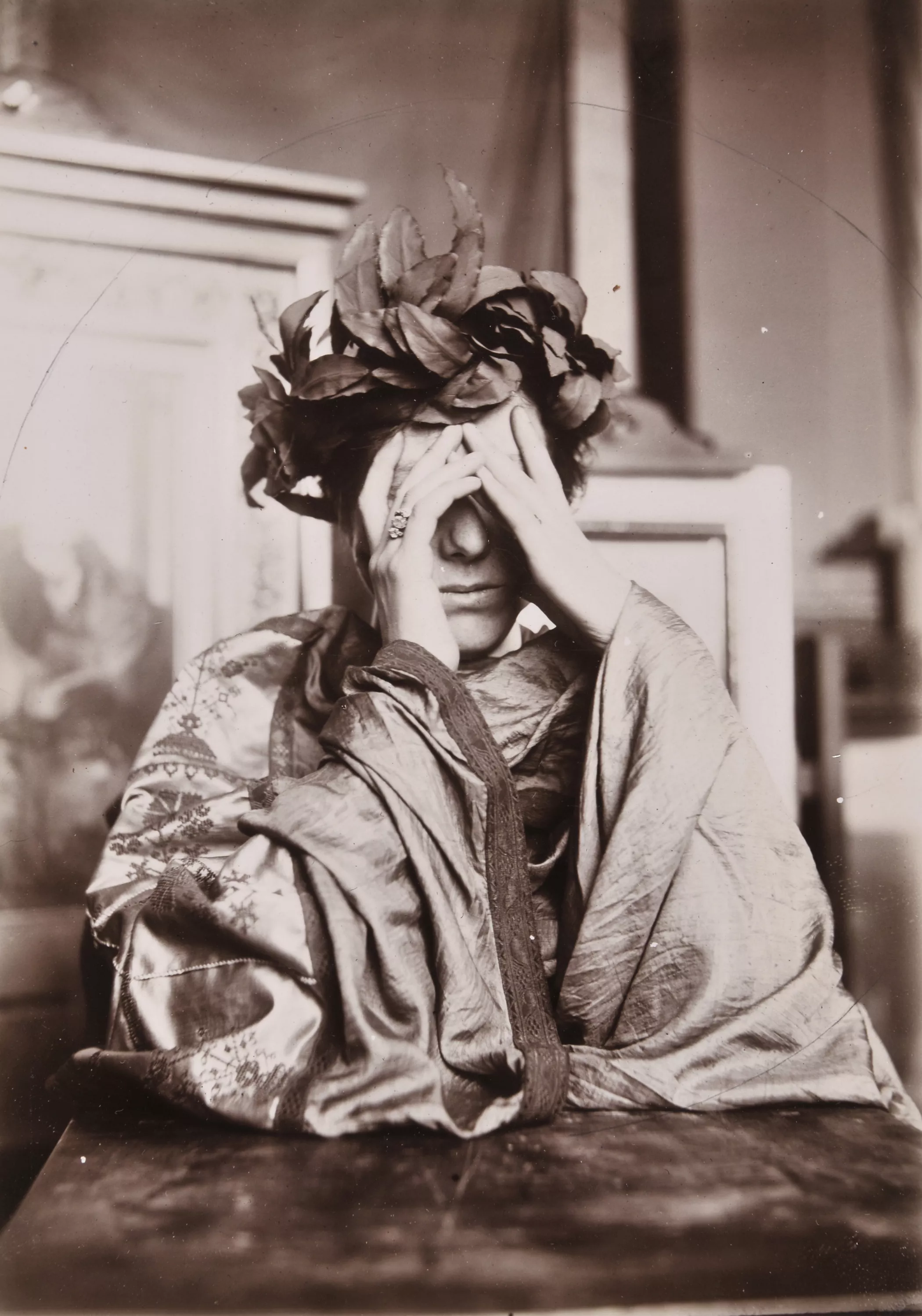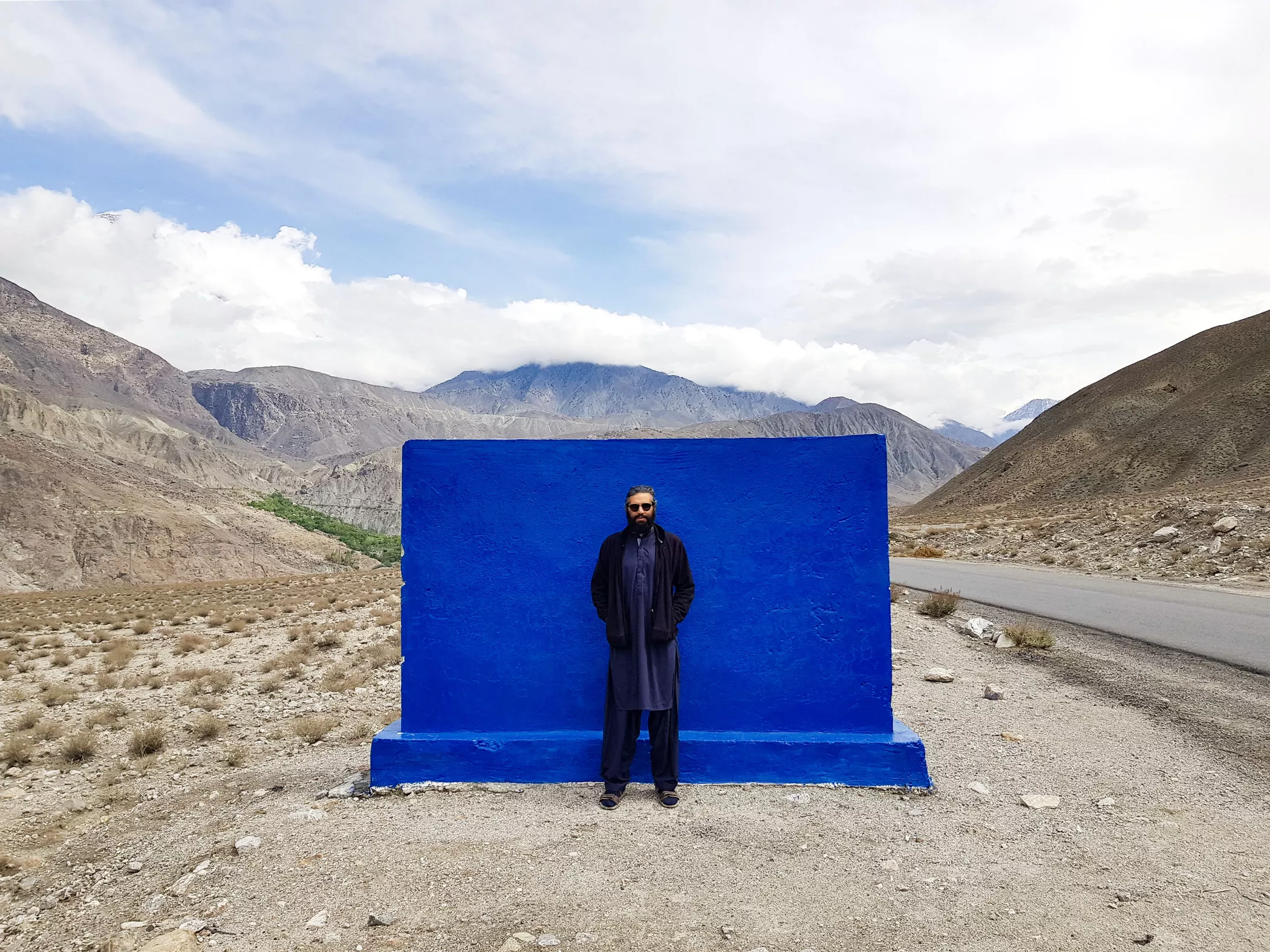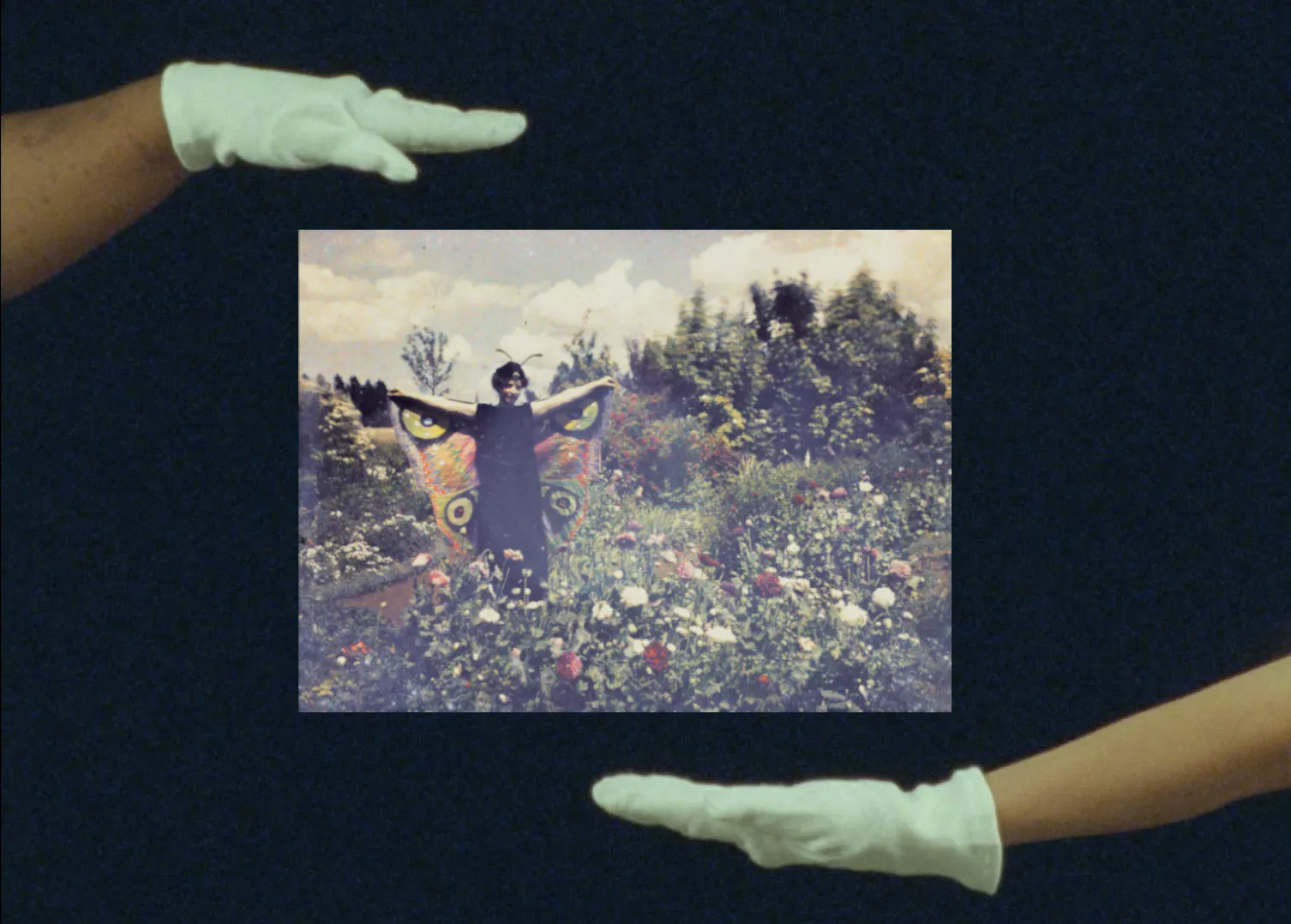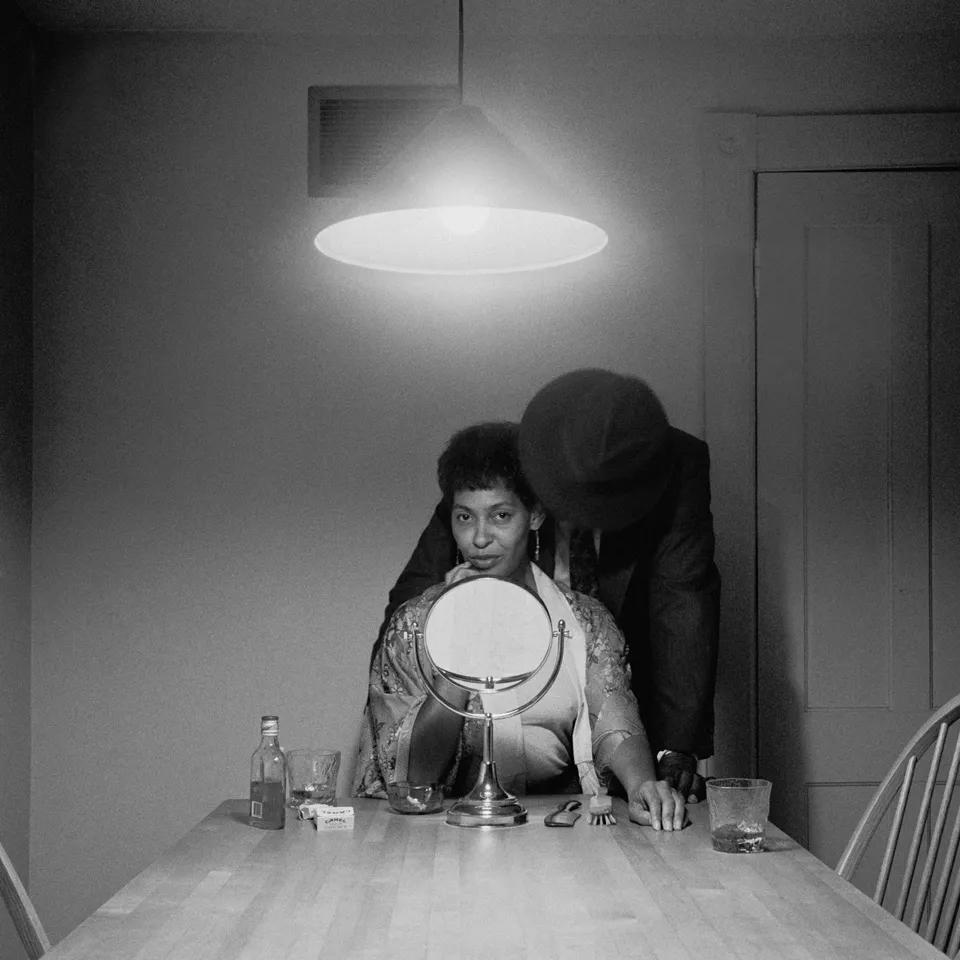Home
• Exhibitions
On show:
Archive:
Archive:
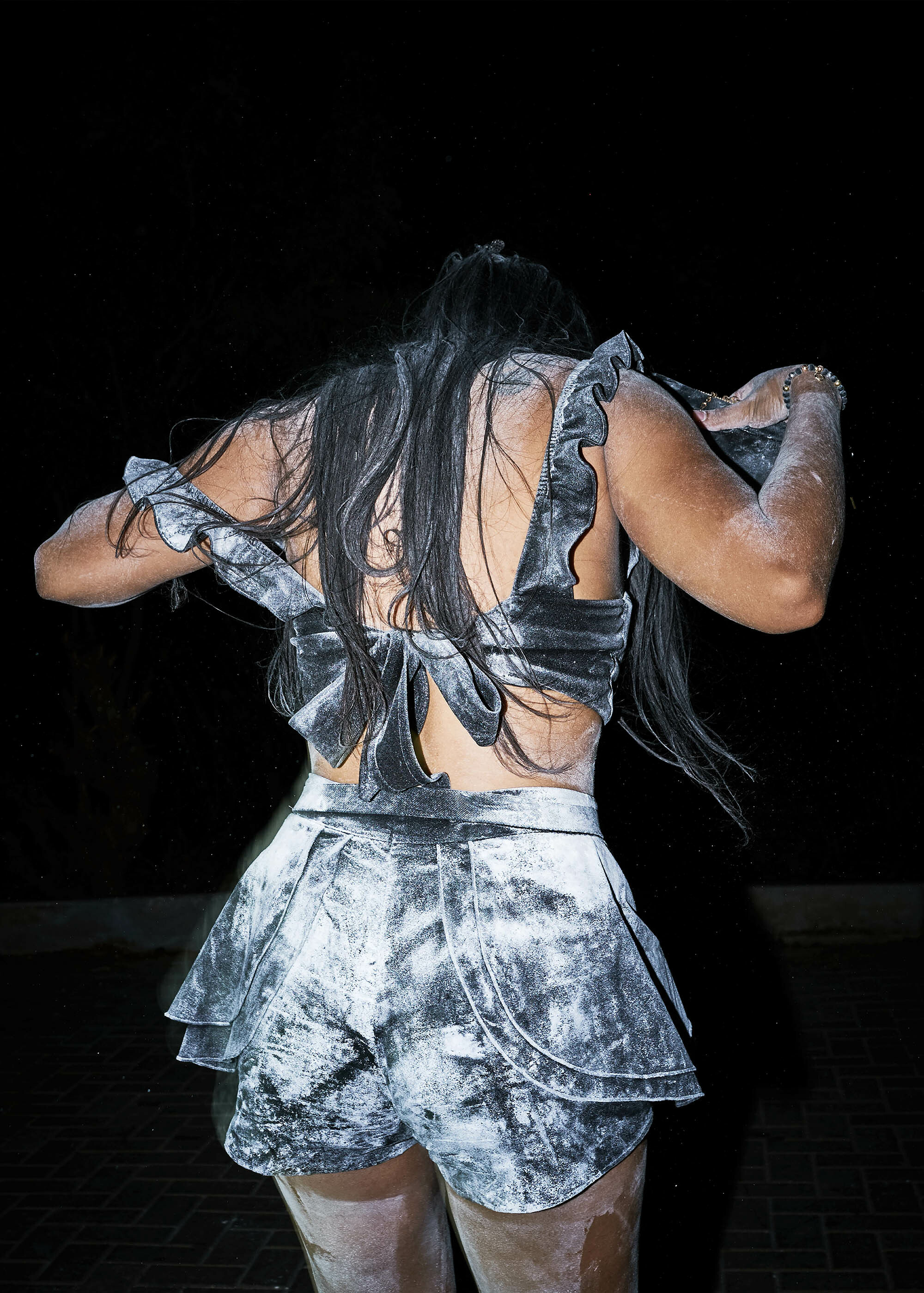
These Branching Moments
These Branching Moments brings together six artists, Amari, Tosh Basco, Juliana Huxtable, Jim C. Nedd, Rebecca Salvadori, and Kajol Singh, who work between the spheres of visual arts and electronic music.
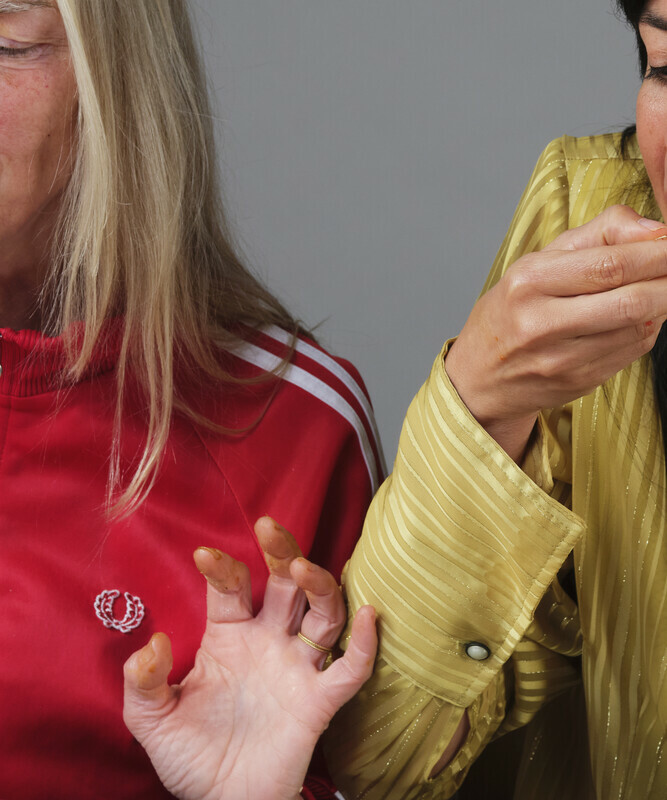
.tiff 2025
For the 13th edition of .tiff , FOMU presents a new selection of emerging Belgian artists.
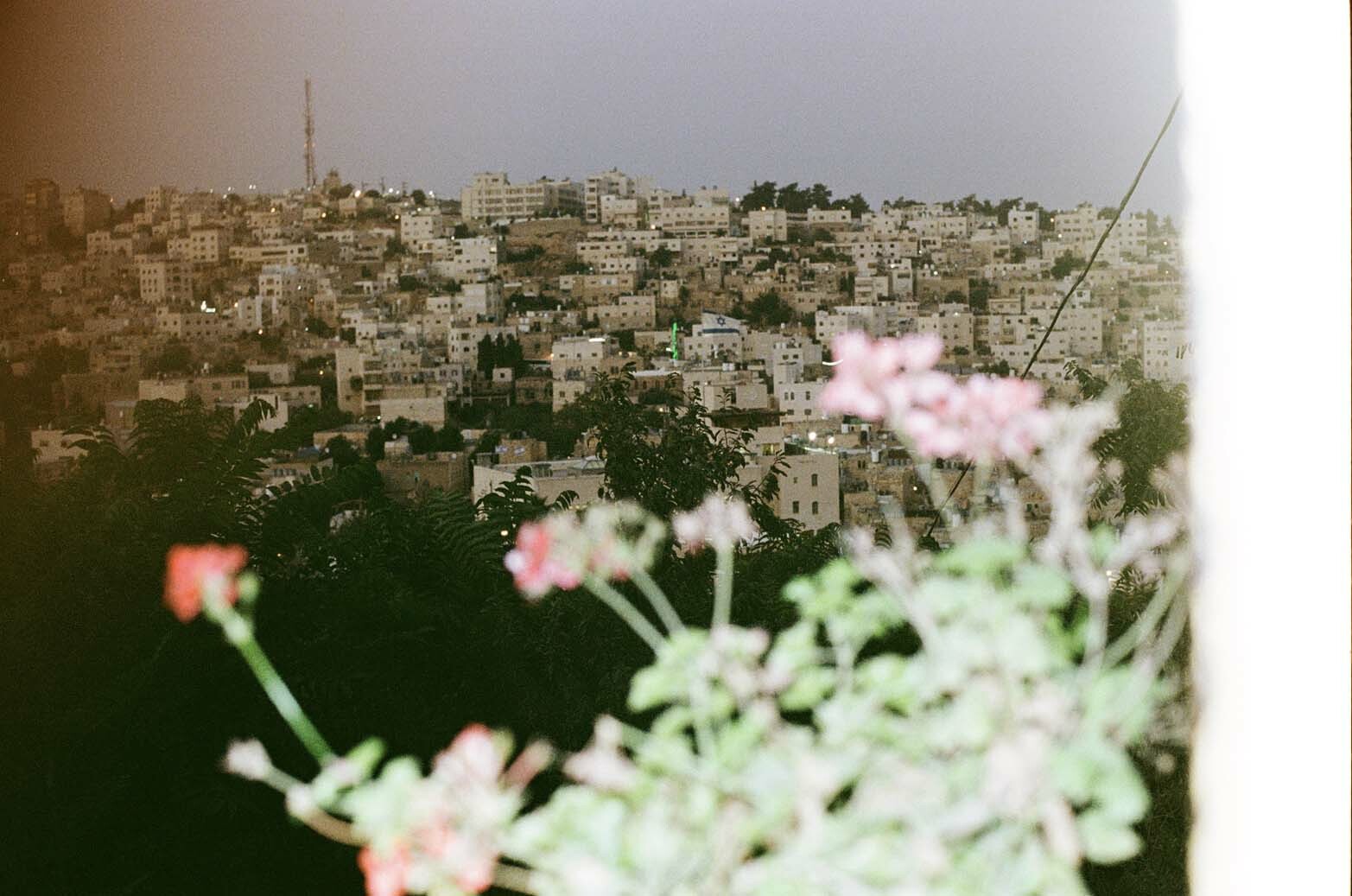
‘Om/Mother
‘Om/Mother is a participatory project showcasing photographs taken by Palestinian women and girls from the Tel Rumeida neighbourhood of Hebron, Palestine. The photos were taken in September 2023, shortly before the Hamas attack of 7 October and the Israeli bombings in Gaza and the West Bank, which claimed tens of thousands of lives.
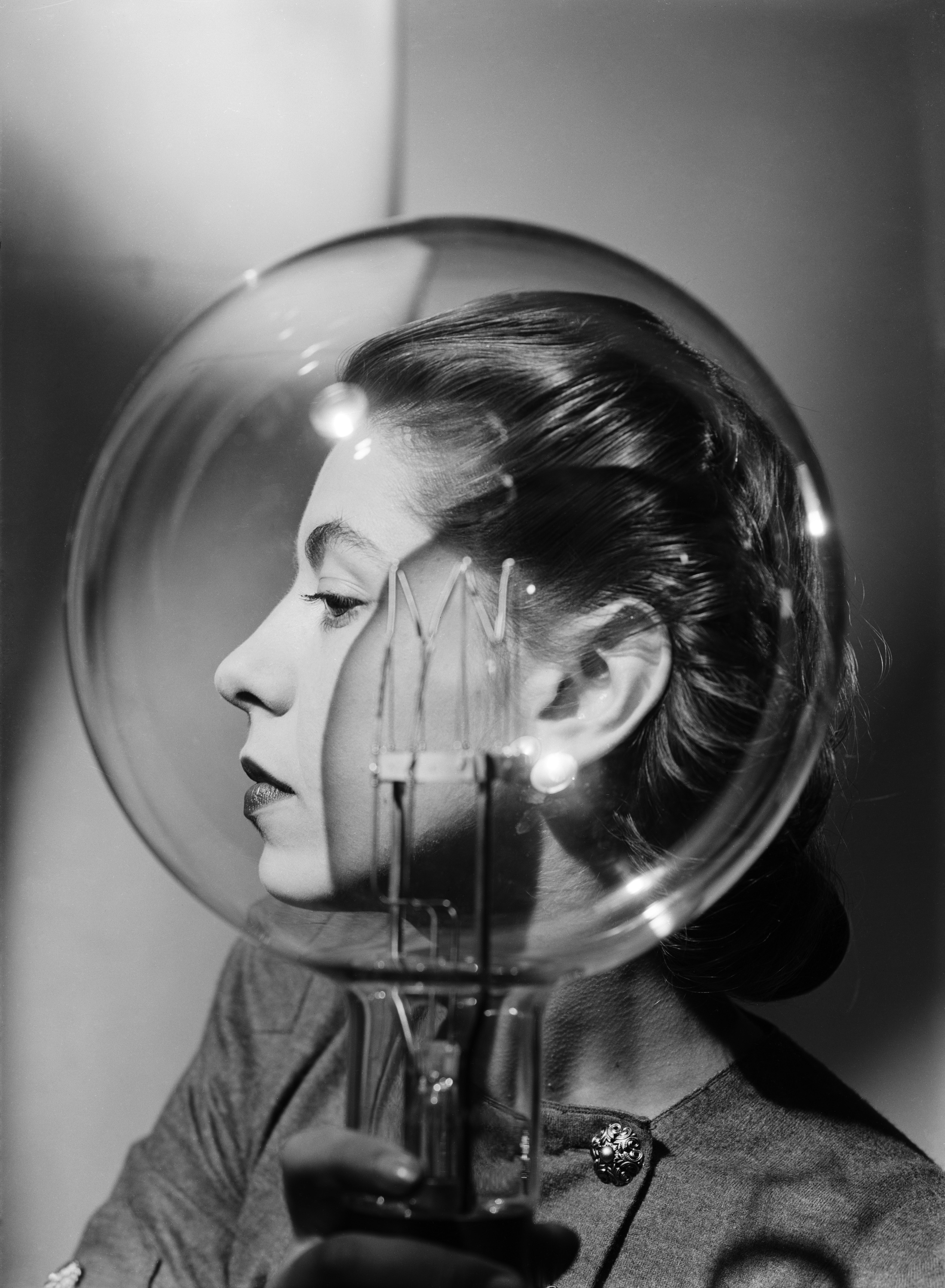
Lee Miller in Print
Model, war correspondent, photographer, surrealist: Lee Miller (1907-1977) wore many hats. As one of the few widely known female photographers of the first half of the 20th century she has made a valuable contribution to photography.
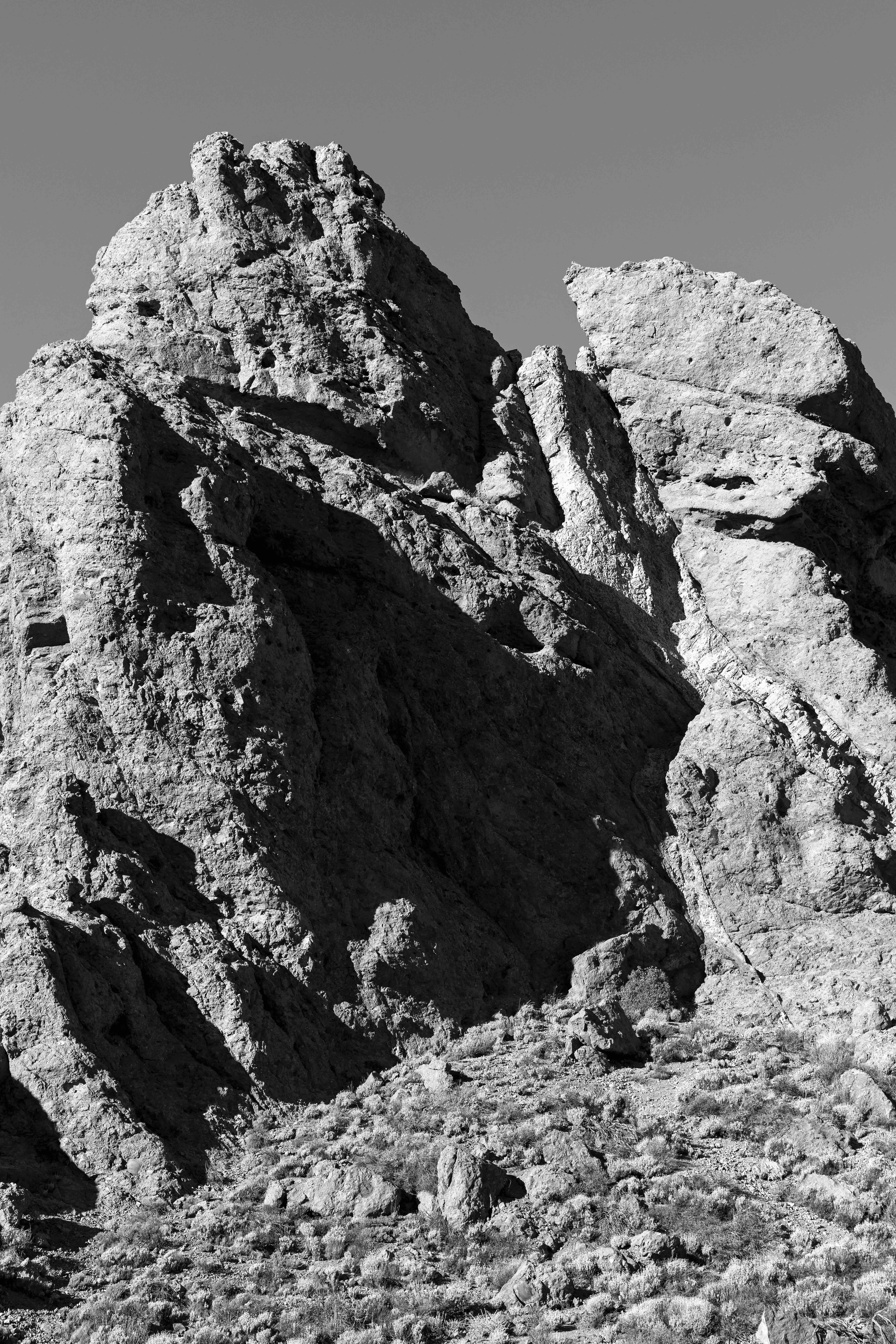
Mashid Mohadjerin - Spiraling Outward
In the exhibition Spiraling Outward, Iranian-Belgian artist Mashid Mohadjerin (b. 1976, Tehran) invites you to experience her universe where she weaves photography, video installations, collages and text into a personal and delicate fabric that blurs the conventional boundaries between art and documentary, time and space, the factual and the emotive.

Chrystel Mukeba - I’ve Never Seen My Father Cry
In late 2024 Chrystel Mukeba (b. 1983) and her father André visited Kinshasa. A decisive trip for father and daughter: she had never been to the Democratic Republic of Congo, and he had not returned in 46 years.
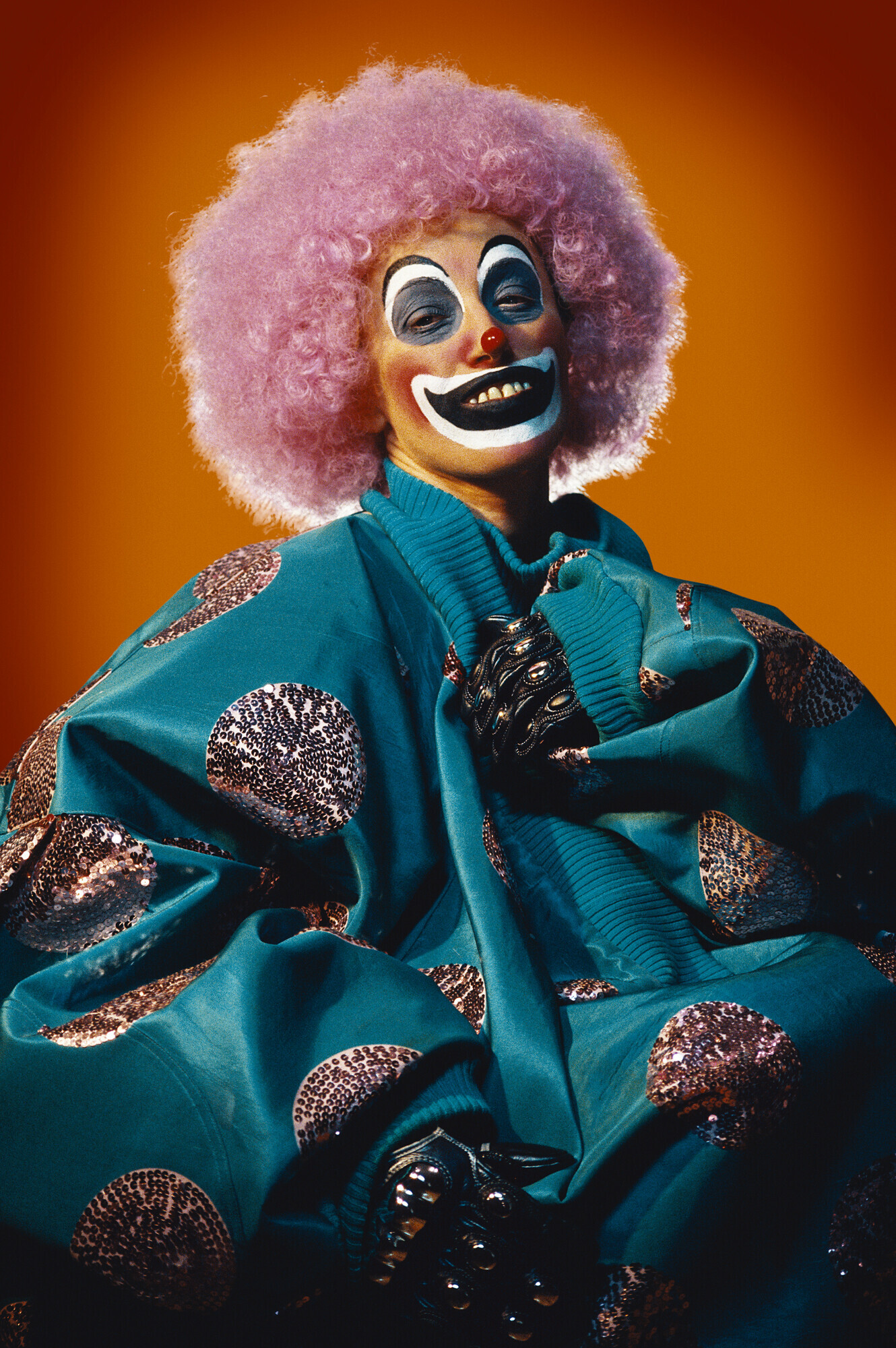
Cindy Sherman
FOMU presents Belgium’s first major solo of the American artist Cindy Sherman. Featuring more than 100 works from the 1970s to the present, the exhibition offers an exciting overview of this leading contemporary artist’s work.
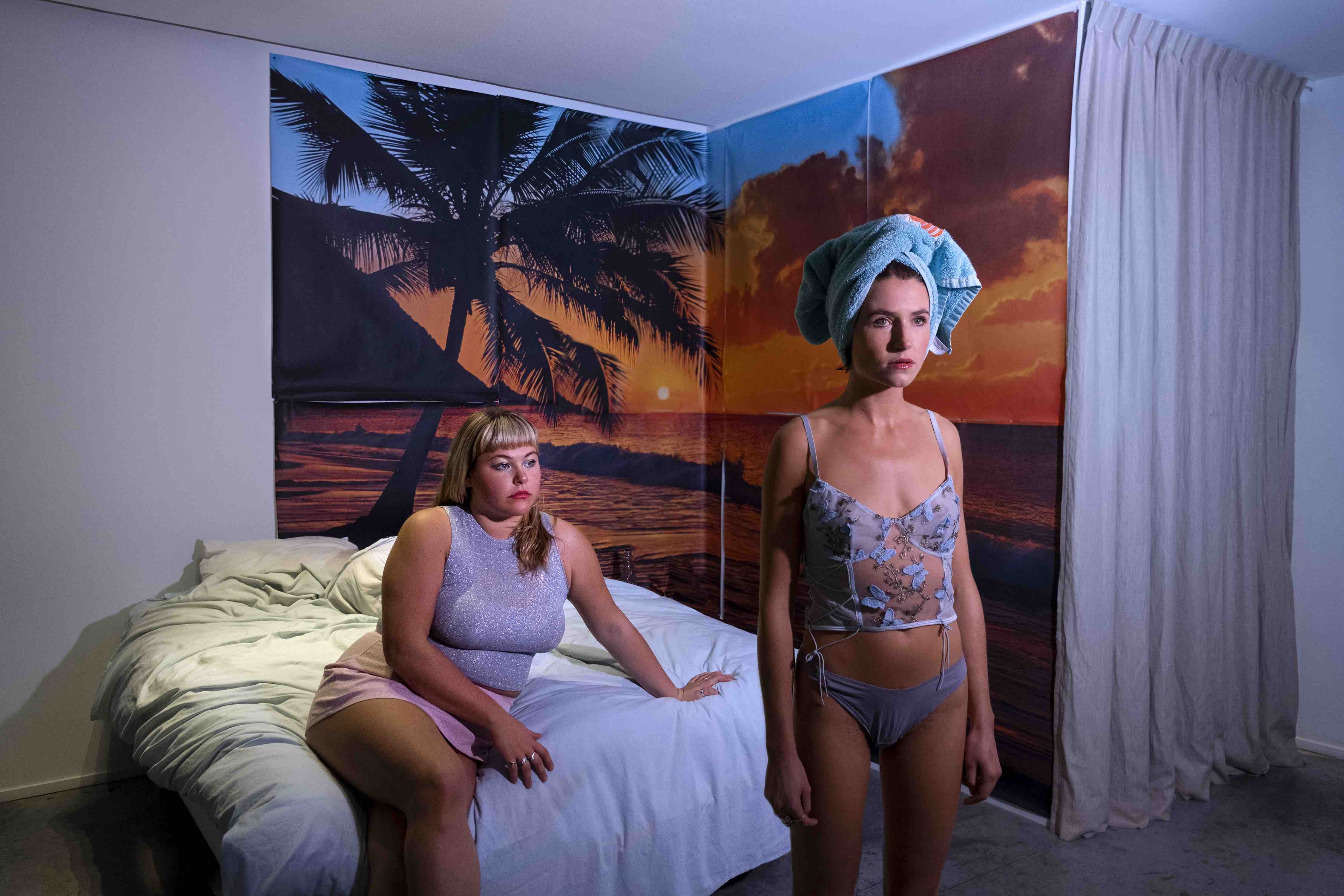
.tiff 2024: Emerging Belgian Photography
For the 12th edition of .tiff , FOMU presents a new selection of emerging Belgian artists . Discover their work in the .tiff magazine and pop-up exhibition at Zuiderpershuis. .tiff 2024 includes work by Romain Cavallin, Elise Dervichian & Lina Wielant, Romane Iskaria, Ksenia Kuleshova, Catherine Lemblé, Nathan Mbouebe, Angyvir Padilla, Marcel Top, Marens van Leunen and Laure Winants.
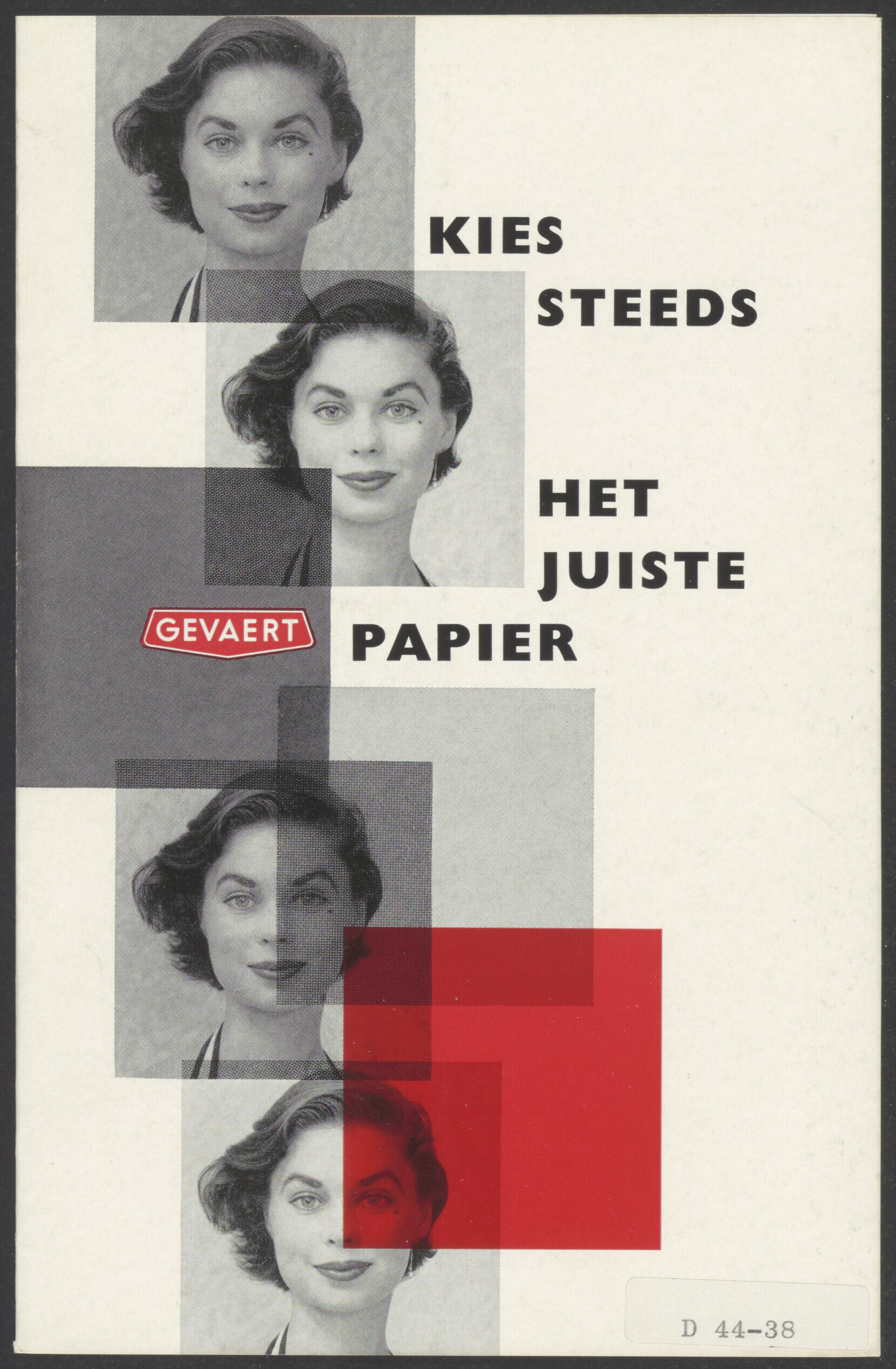
Outdated Paper? Photographic Paper from the Gevaert Archive
From 1894 to 1964, the Belgian company Gevaert produced photographic paper that was popular around the world. In 2017 the complete company archives, containing more than 377 types of paper and 1,300 packages of paper, move to FOMU. By making the archive available to the public, FOMU aims to keep knowledge of analogue photography and photo paper alive.
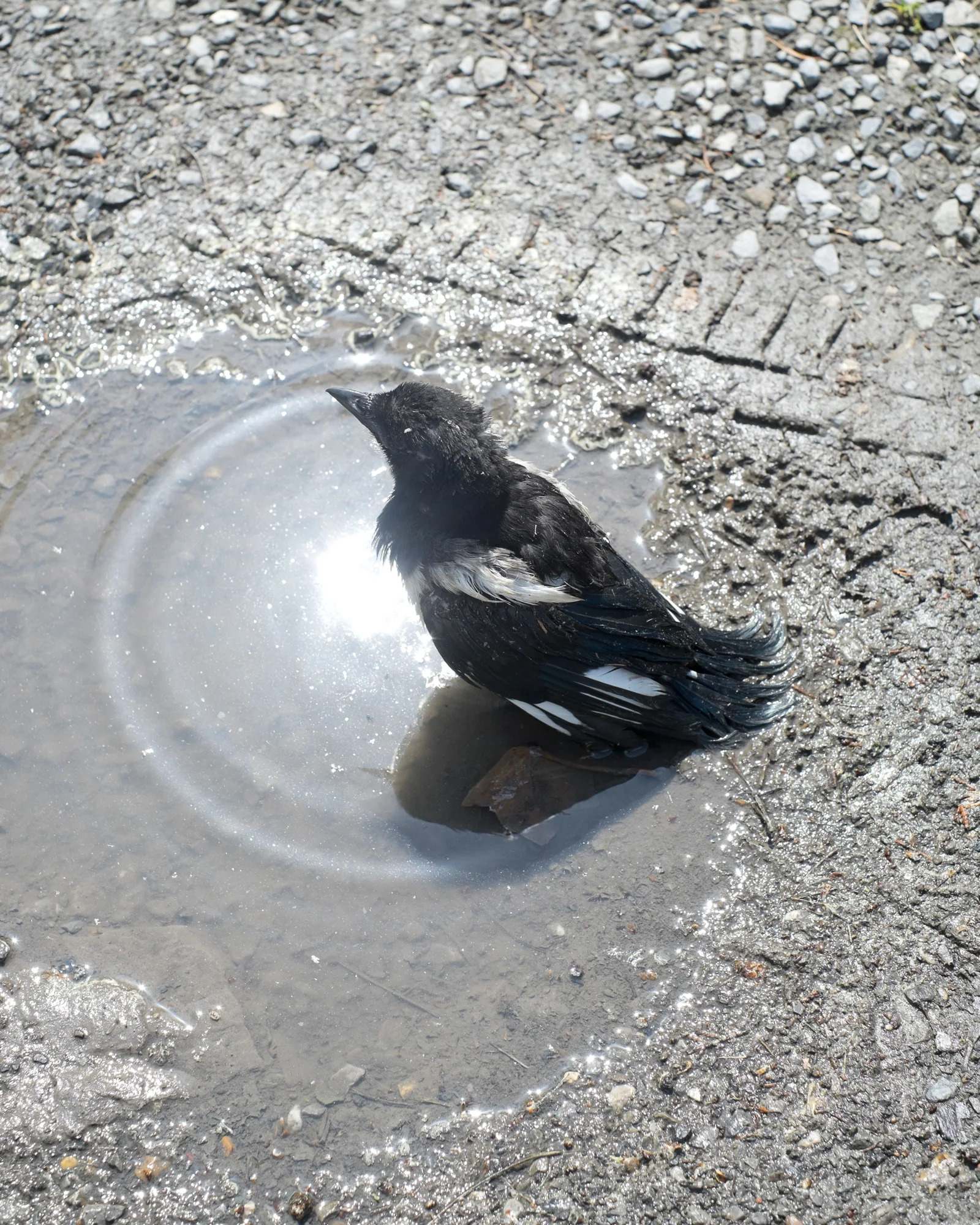
Nick Geboers - De Steentjesteller
Photography is both an instrument and a source of inspiration for Nick Geboers. By constantly viewing the world through a lens, framing has become second nature to him. Observations gain clarity, details come into focus, abstract shapes begin to appear. Nick Geboers’ images seem to exist outside time. The exhibition is a flow of images that leaves space for associative contemplations about a world that seems both near and out of reach.
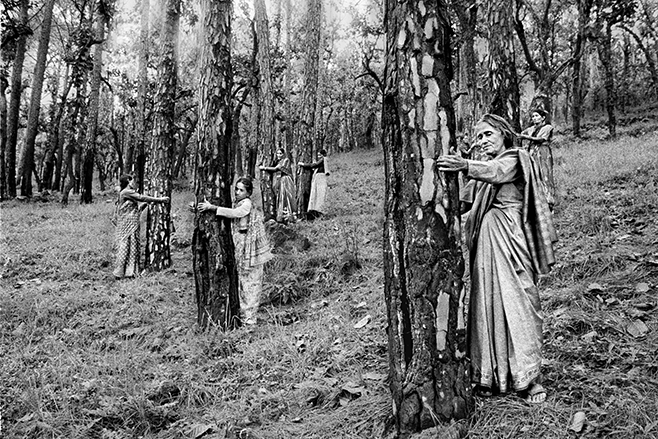
RE/SISTERS - A Lens on Gender and Ecology
RE/SISTERS surveys the systemic links between the degradation of the planet and the oppression of women and minorities. The exhibition is rooted in ecofeminism, a movement that arose in the 1970s and is alive and kicking today. RE/SISTERS brings us eye -to -eye with activist women and communities. They are often at the forefront of advocating and caring for the planet, as they are oppressed by the same social, economic and political power structures.
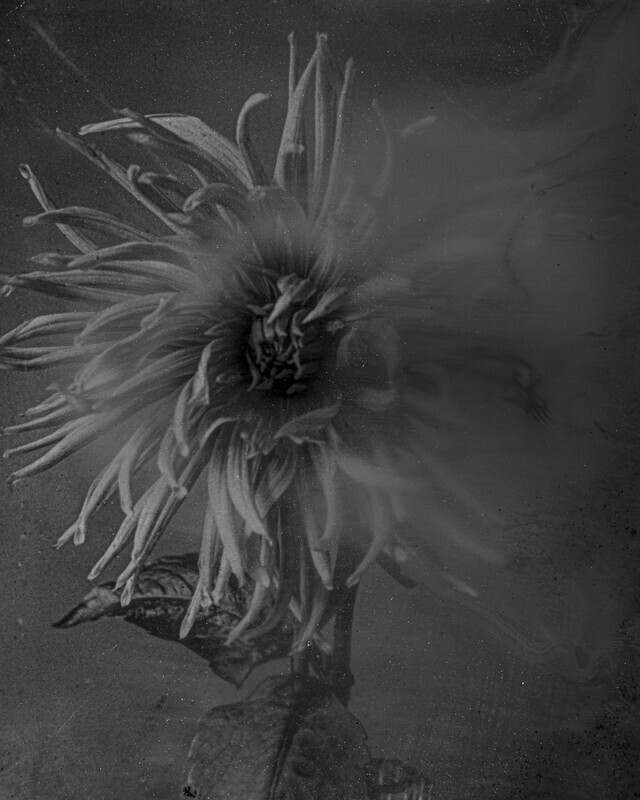
Dirk Braeckman - Echtzeit
Dirk Braeckman (BE, °1958) has explored the medium of photography in sombre/dark and understated images, for over forty years. The ‘Echtzeit’ exhibition presents a dialogue between Braeckman and the FOMU collection. It shows the museum pieces personally selected by the artist, and also the new work that these inspired. Braeckman appropriates the pieces from the collection and the viewer experiences them through the artist’s camera, eyes and hands.Photo: Dirk Braeckman, ECHTZEIT #067-24// AP, 2024, Collection FOMU, 2025/1/4 © Dirk Braeckman
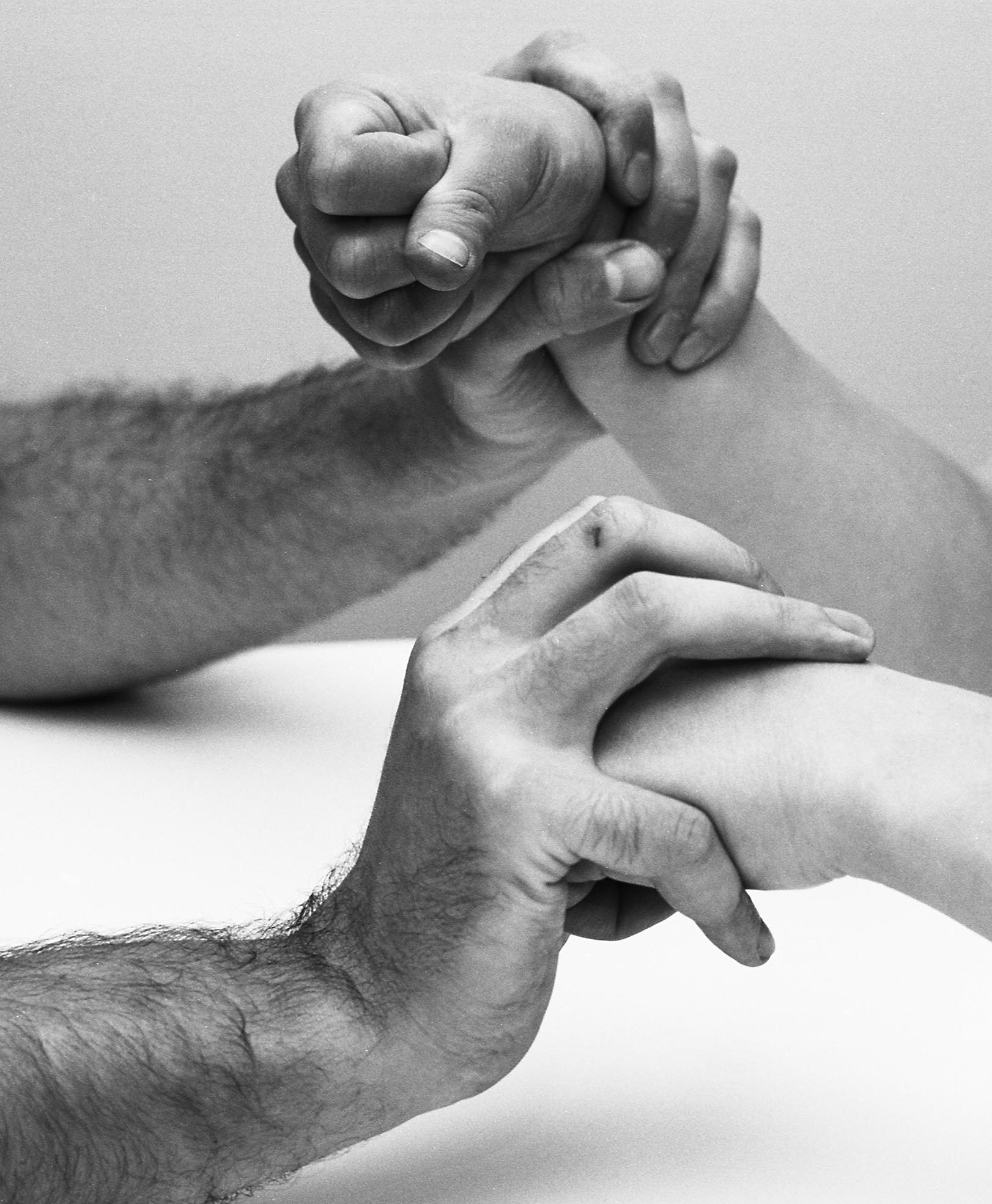
Her Voice - Echoes of Chantal Akerman
The group exhibition Her Voice - Echoes of Chantal Akerman presents photographic and video works by seven contemporary artists inspired by the work of Belgian filmmaker Chantal Akerman. Manon de Boer, Moyra Davey, Gabby Laurent, Frida Orupabo, Joanna Piotrowska, Collier Schorr and Carmen Winant explore what it means today to be a woman, artist, mother, daughter and lover.
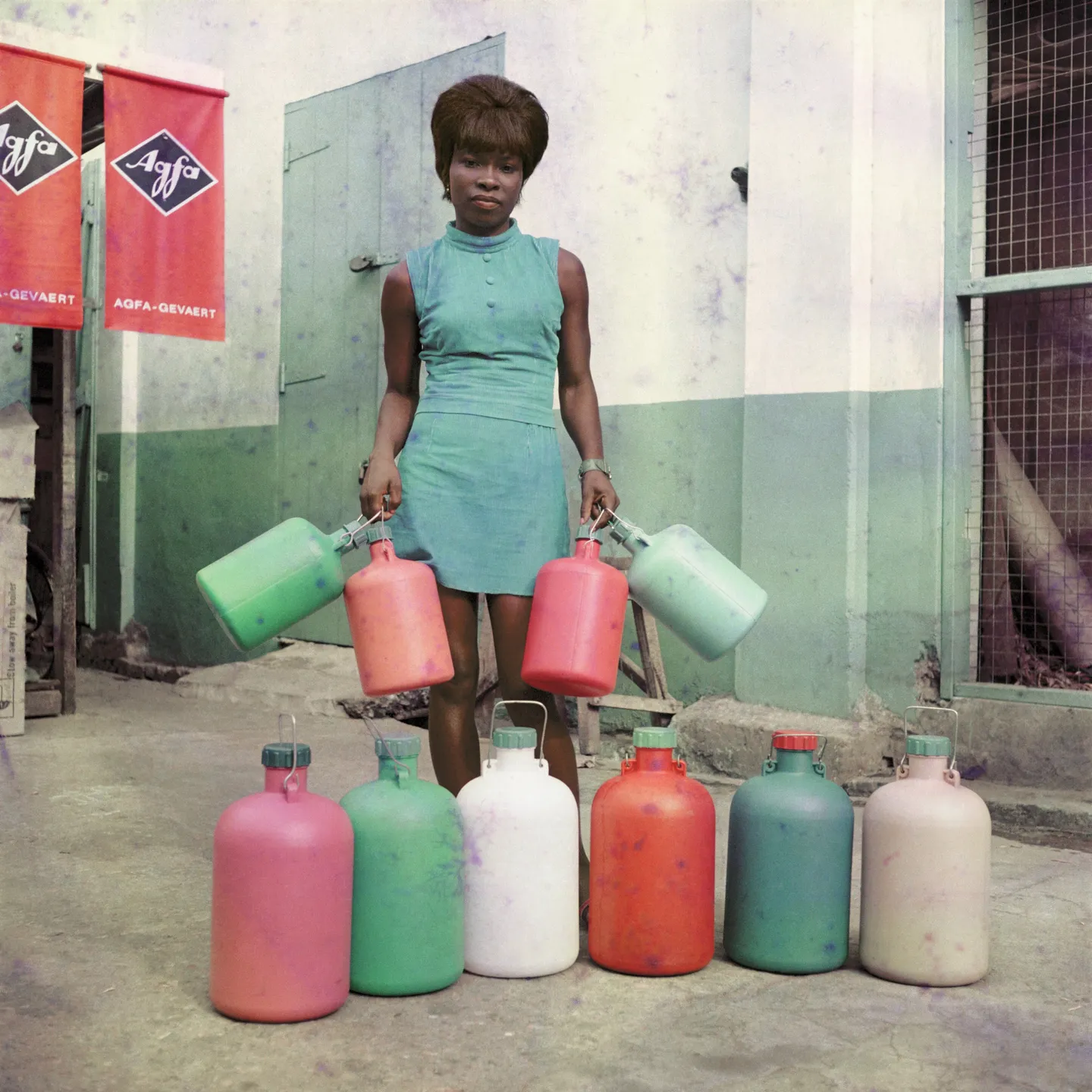
James Barnor
James Barnor - Studio of Life offers an overview of James Barnor's (b. Ghana, 1929) remarkable career. His multifaceted and powerful images made him a photography pioneer. This exhibition not only showcases Barnor's rich and diverse body of work but also examines the cultural connections between Accra, London and Antwerp.
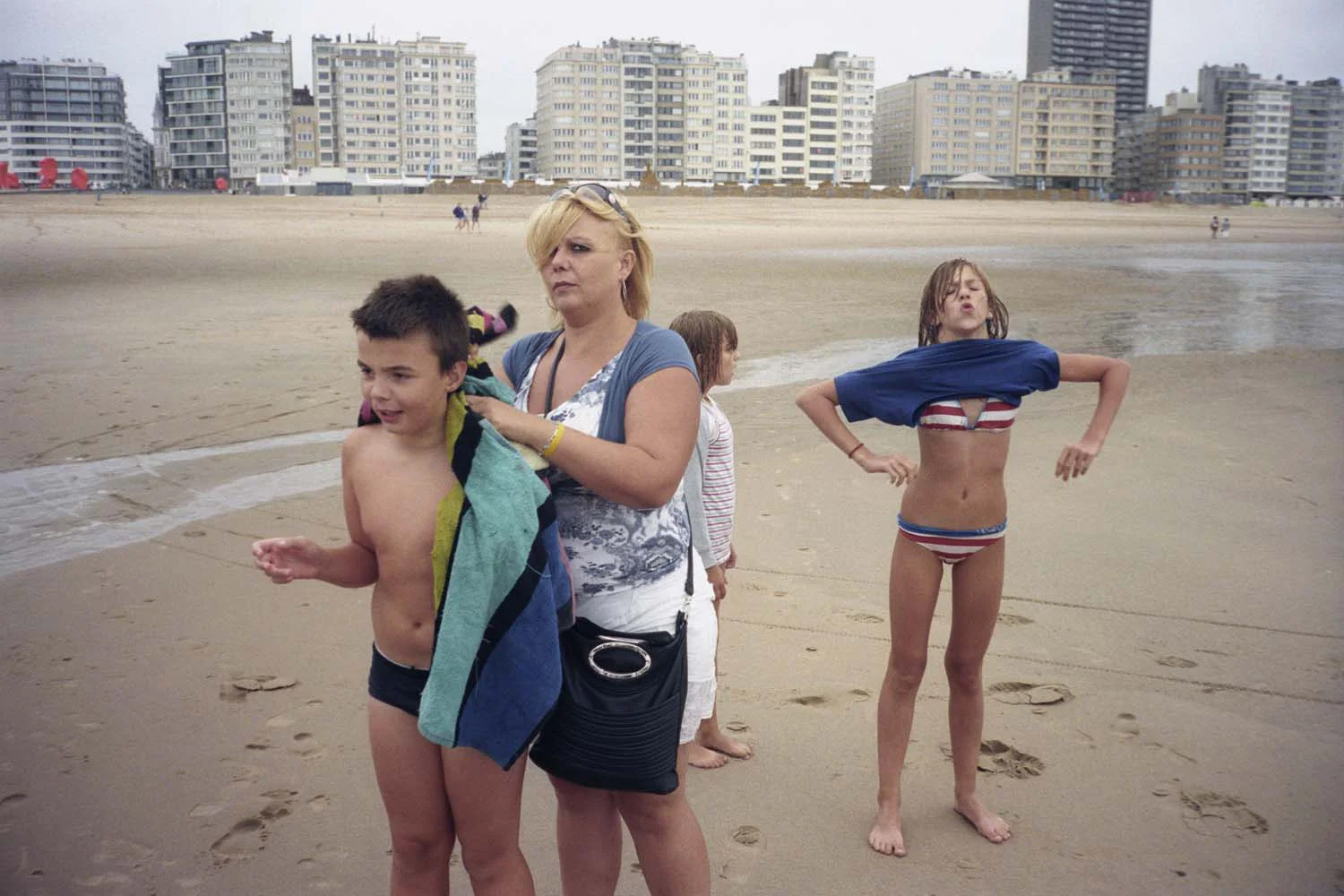
Ping Pong - Vincen Beeckman
Vincen Beeckman (°1973, Belgium) is a photographer who connects people. His life is filled with encounters. He invests time in building good communication channels by being repeatedly present - if only briefly. Chance meetings turn into long-term relationships.
![Meggy Rustamova - Bang [Ding Dong]](https://fomu.be/uploads/Meggy-Rust.jpg)
Meggy Rustamova - Bang [Ding Dong]
At FOMU’s invitation, Meggy Rustamova (°1985, Georgia) created her new video artwork Bang [Ding Dong]. The film tells the story of a group of children learning to speak Dutch.
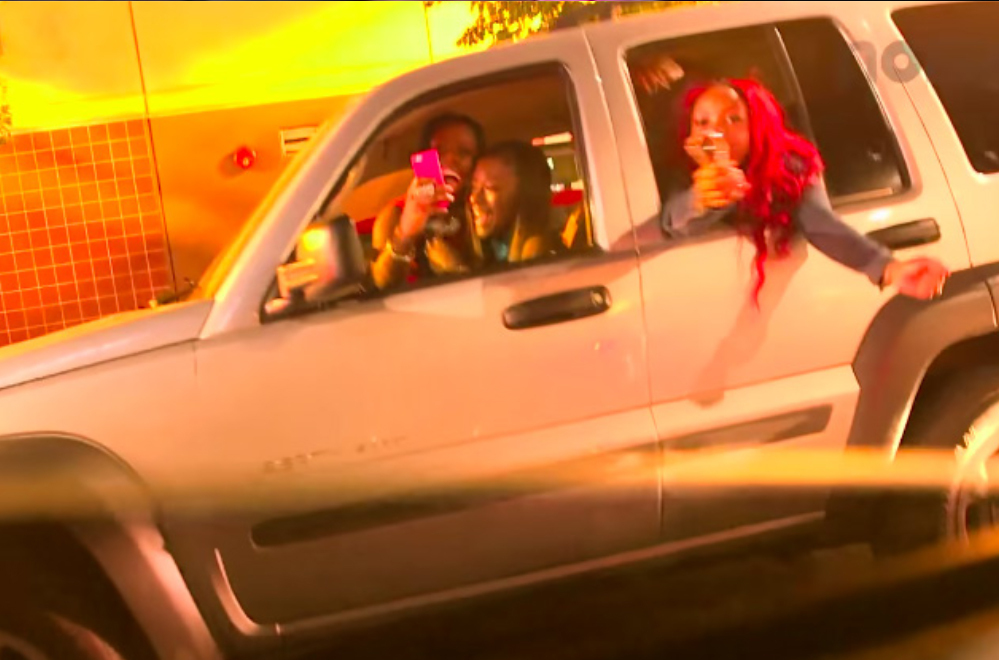
.tiff 2023 - Emerging Belgian Photography
Every year, FOMU selects ten promising artists and photographers with a Belgian connection. They are taken on a one-year journey where they are given several opportunities to present their work to an international professional audience. In addition, FOMU creates the magazine and group exhibition .tiff with them.
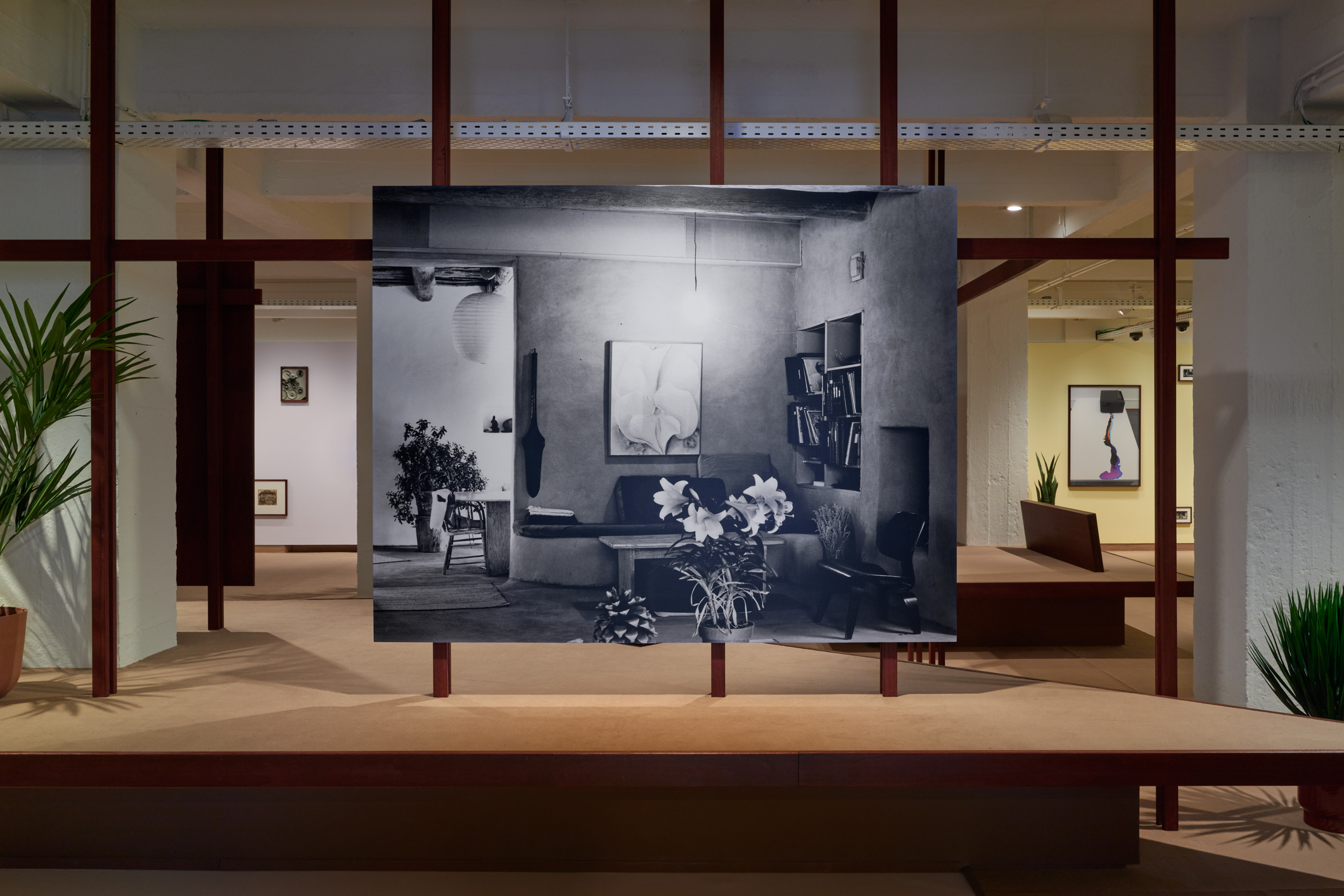
Grace Ndiritu
For Grace Ndiritu Reimagines the FOMU Collection, British-Kenyan artist Grace Ndiritu constructs an original photographic universe of paintings, textiles and interior design inspired by female artists O’Keeffe, Modotti and Albers. It represents a radical and holistic reinterpretation of the classic collection exhibition.
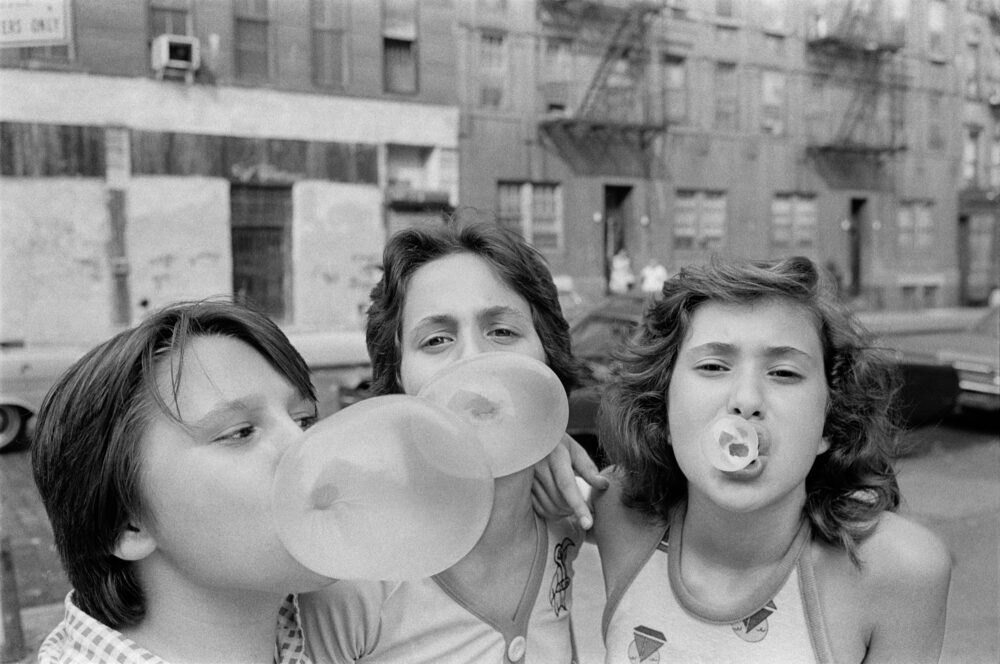
Susan Meiselas - Mediations
“How do you work as a photographer? There’s always this uncomfortable, unequal balance of power. How do you break that down? How can it become a dialogue?”
– Susan Meiselas For nearly five decades, Magnum photographer Susan Meiselas (US, 1948) has been using her camera to bear witness and to connect with people. Meiselas has travelled the world and focused on a wide range of subjects, from the sex industry to war and human rights violations.
– Susan Meiselas For nearly five decades, Magnum photographer Susan Meiselas (US, 1948) has been using her camera to bear witness and to connect with people. Meiselas has travelled the world and focused on a wide range of subjects, from the sex industry to war and human rights violations.
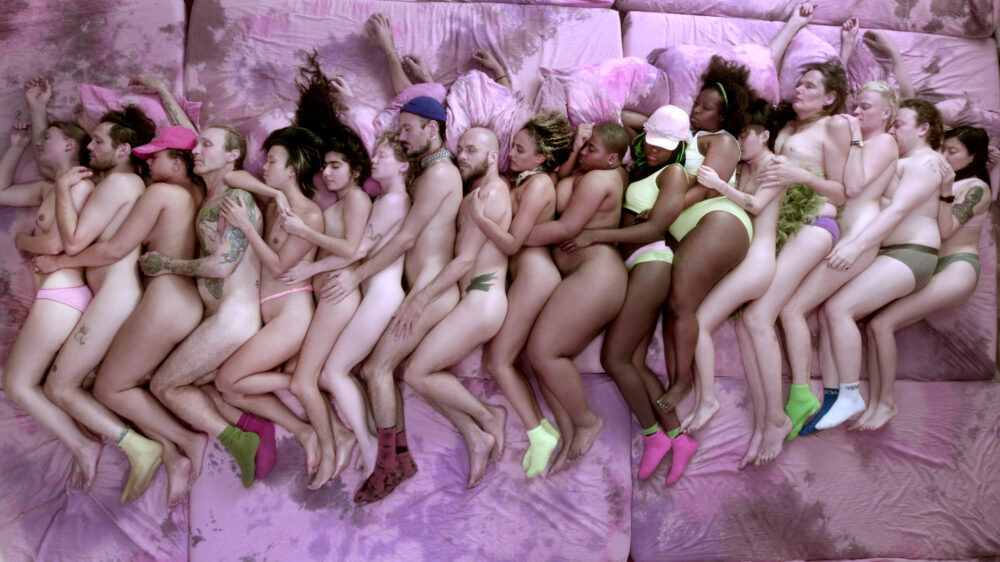
melanie bonajo - When the body says Yes
When the body says Yes is an immersive video installation by melanie bonajo. The artist believes that touch can be a powerful remedy for the loneliness that has become endemic in our society.
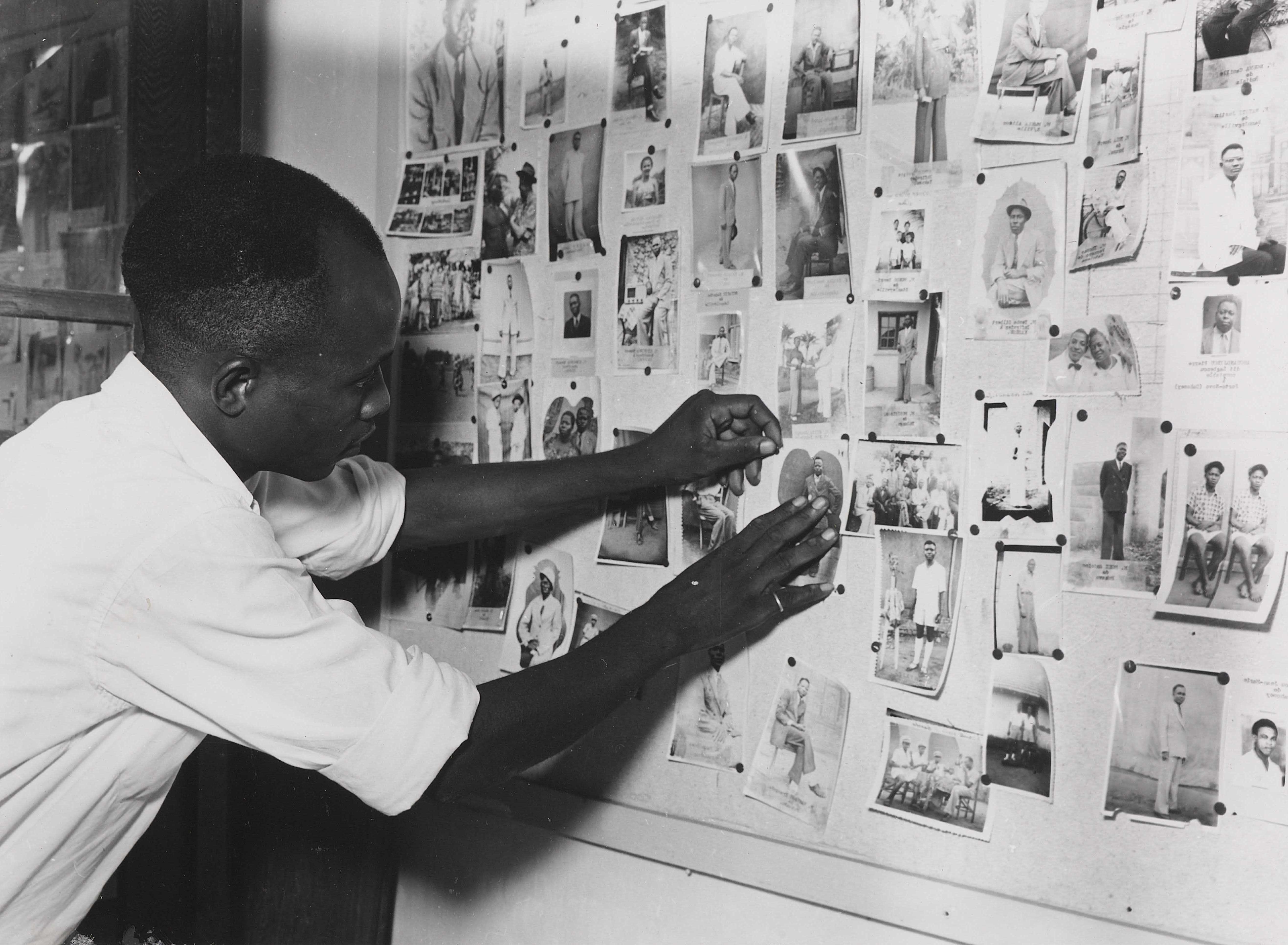
Recaptioning Congo
Recaptioning Congo presents images from Congo’s long and turbulent history as a colonised country, spanning nearly 100 years from its formal establishment in 1882 to independence in 1960.
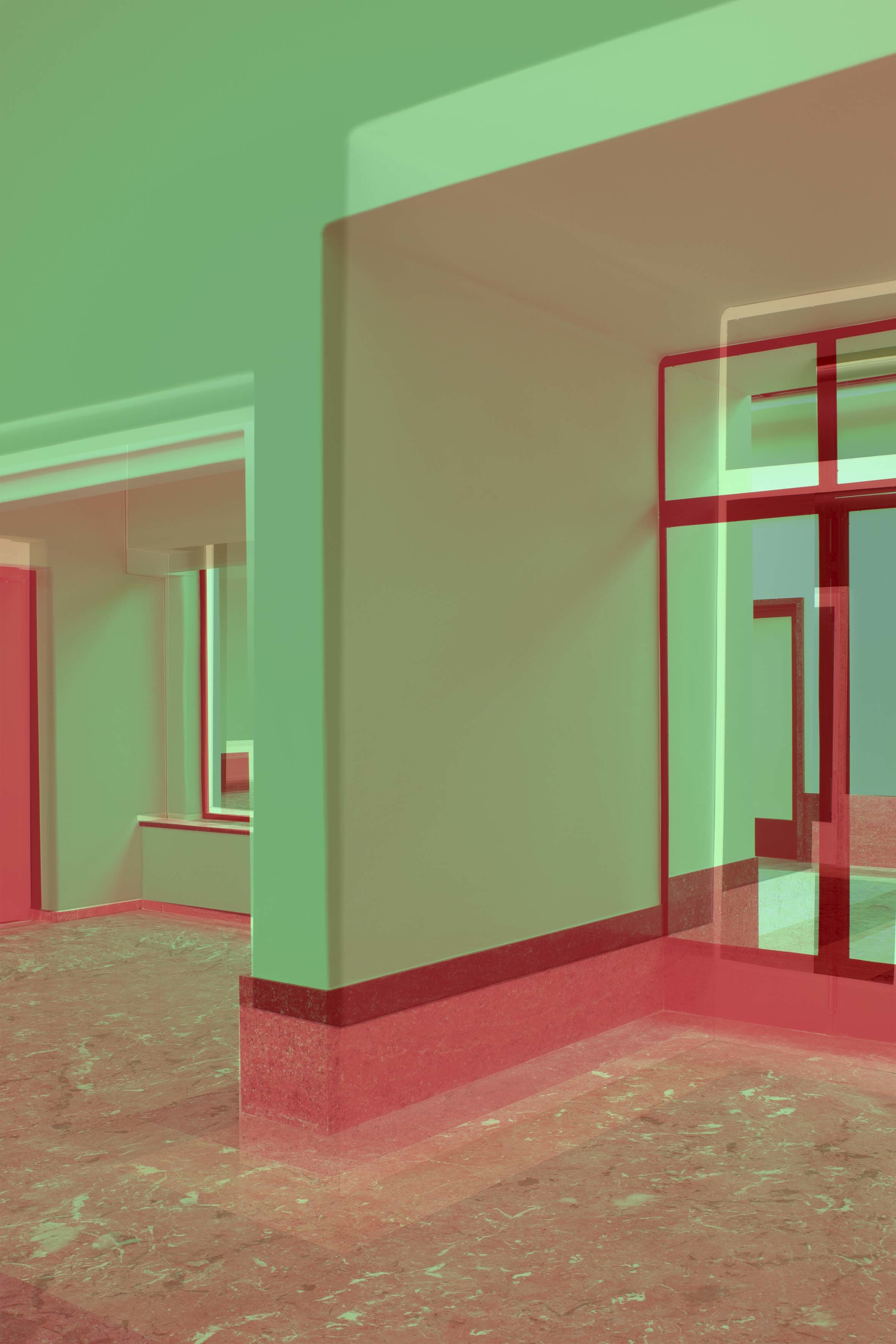
Aglaia Konrad
The artist Aglaia Konrad (Salzburg, 1960) has an infectious fascination for architecture. At FOMU’s invitation, she created the exhibition Umbau specifically for the top floor of the museum.
.tiff 2022 - Emerging Belgian Photography
Every year FOMU selects ten promising phototographers, all living or working in Belgium. In addition to a variety of networking opportunities, FOMU will accompany them on a development journey to create the portfolio magazine .tiff, culminating in a group exhibition.

Bertien van Manen
Photographer Bertien van Manen (NL, 1942) has captured the daily lives of the people she meets on her travels since the 1970s. From the Netherlands to China and from the former Soviet Union to the Appalachians, it is the ordinary, chaotic moments that most attract Bertien van Manen. Her straightforward 35mm camera allows her to get close to her subjects, and she was a pioneer of the empathetic, intimate documentary style.
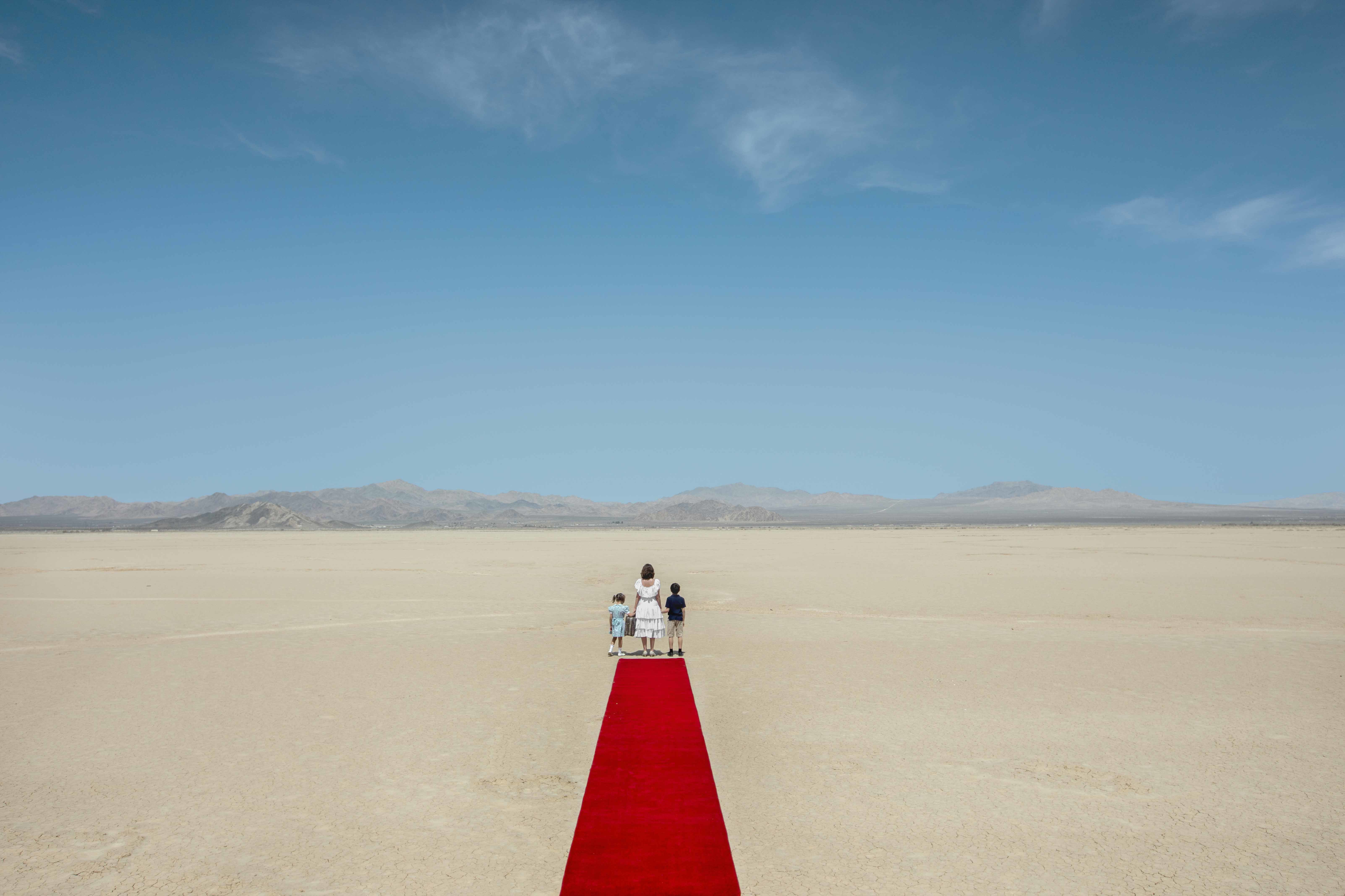
Diana Markosian
FOMU presents the European premiere of the exhibition Santa Barbara by Diana Markosian (Moscow, 1989). In an innovative and deeply moving approach, Markosian tells the story of her family, and how they immigrated to America. Using film, still and archival images, Markosian explores the profound sacrifice made by her mother in pursuit of the American dream.
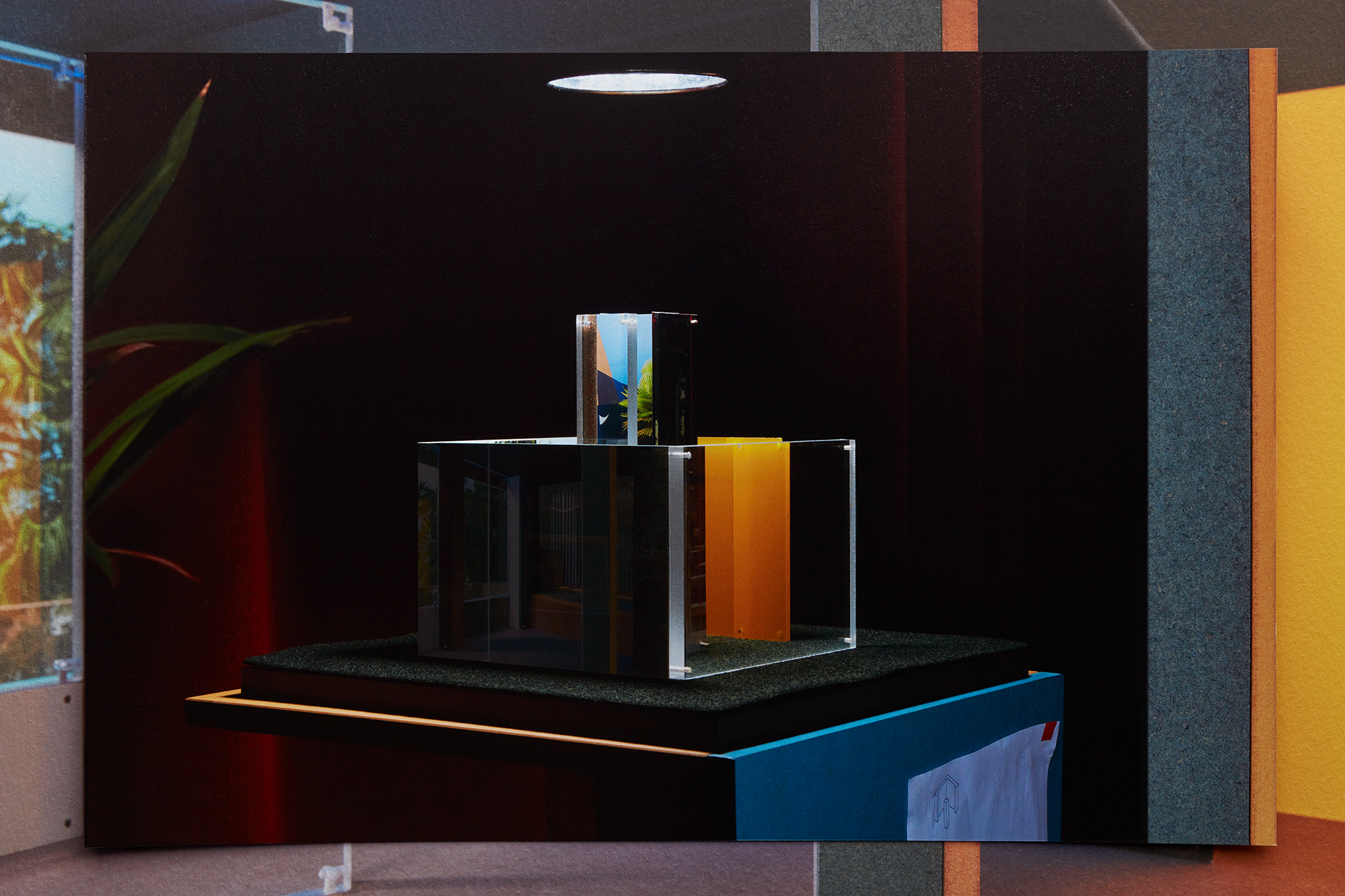
Alexey Shlyk & Ben Van den Berghe
In the practice of Alexey Shlyk & Ben Van den Berghe, the inspiring play between photographic image and architectural space is key. The artists combine new images and elements from previous works to continually create distinct, site-specific installations. They immerse visitors in alienating, disorienting environments using lens-based and computer-generated imaging technologies that blur the boundaries between physical and virtual realms. The ambiguous relationship between humans and technology is a recurring theme in their work.
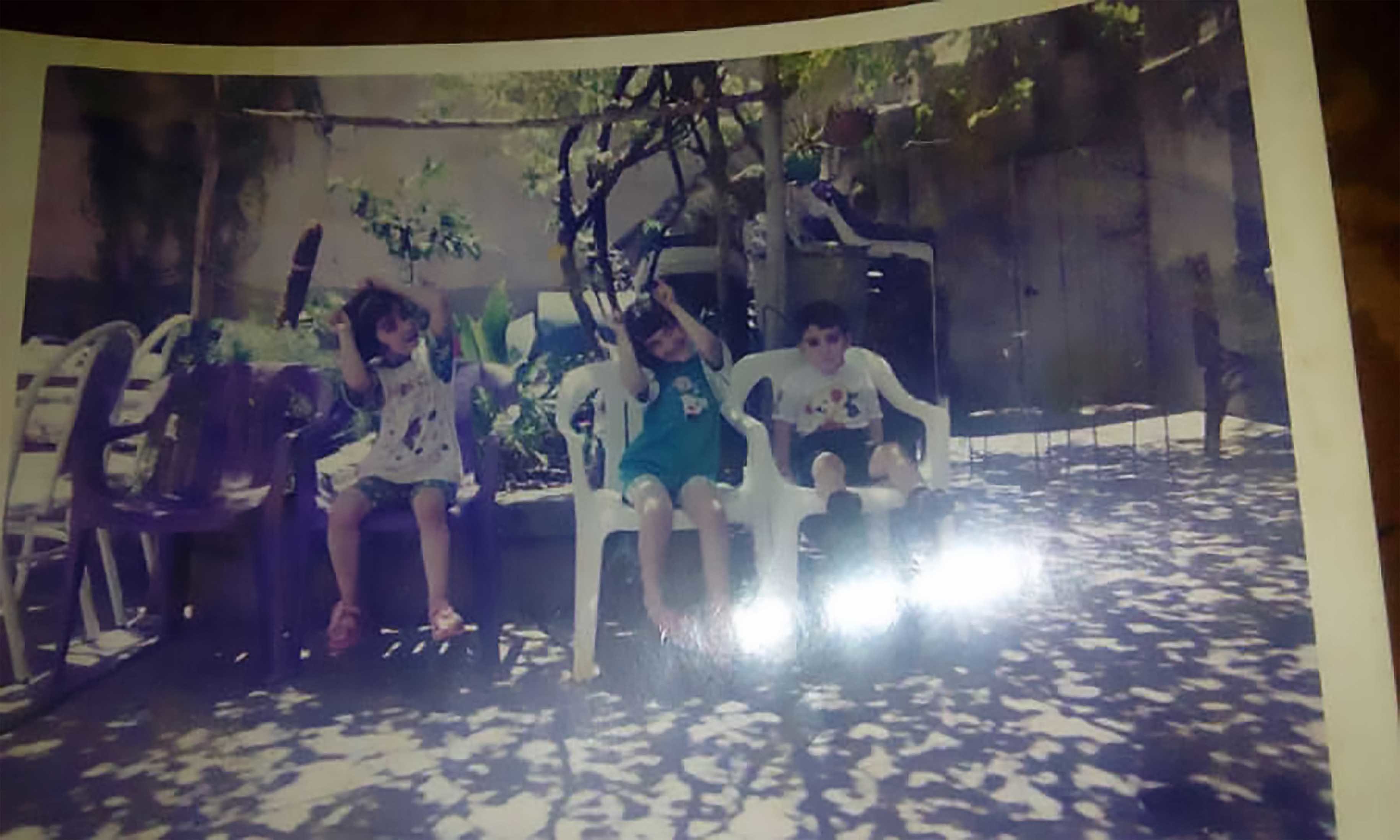
Joud Toamah
Three children sit on plastic chairs in a courtyard. Dappled sunlight filters through the leaves, casting shadows on the ground. We see a photograph of a photograph, the flash of the camera reflected on the surface of the image. Artist Joud Toamah, born in Syria in 1992 and based in Belgium, unravels the meaning of images thread by thread. She is interested in the relationship between photography and memory; in how a family photograph can evoke certain emotions and take you back to a specific place and time.

Max Pinckers
Can a photograph say something about the world we live in? Max Pinckers (BE, 1988) places photography under the microscope. He explores the boundaries of documentary and reveals its manipulative nature. His artistic response is “speculative documentary”, a blending of fact and fiction. FOMU presents the first retrospective to cover the past five years of Pinckers’ work.
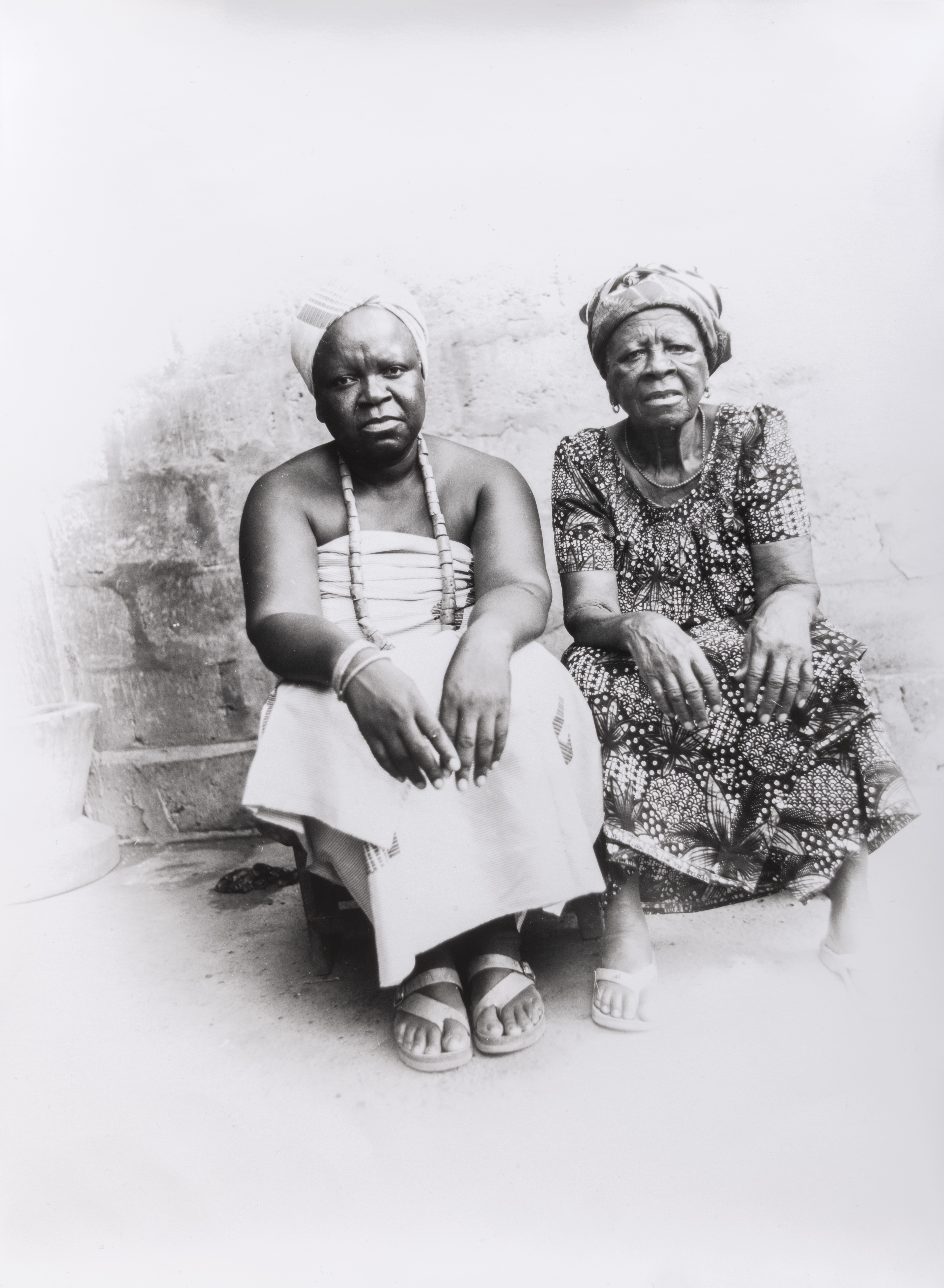
Hélène Amouzou
In the surreal months following the outbreak of the coronavirus pandemic, Hélène Amouzou (1969) left Liège to visit family in her native Togo. It was the first time since moving to Belgium 25 years ago that she paid such a long visit to her birth country. The pandemic brought the world to a standstill. To Amouzou, it felt like it had turned back the hands of time.
Masculinities
Masculinities: Liberation through Photography is an ambitious group exhibition on the subject of masculinity that explorest the myriad ways that masculinity is experienced, performed and constructed through film and photography from the 1960s to the present day.
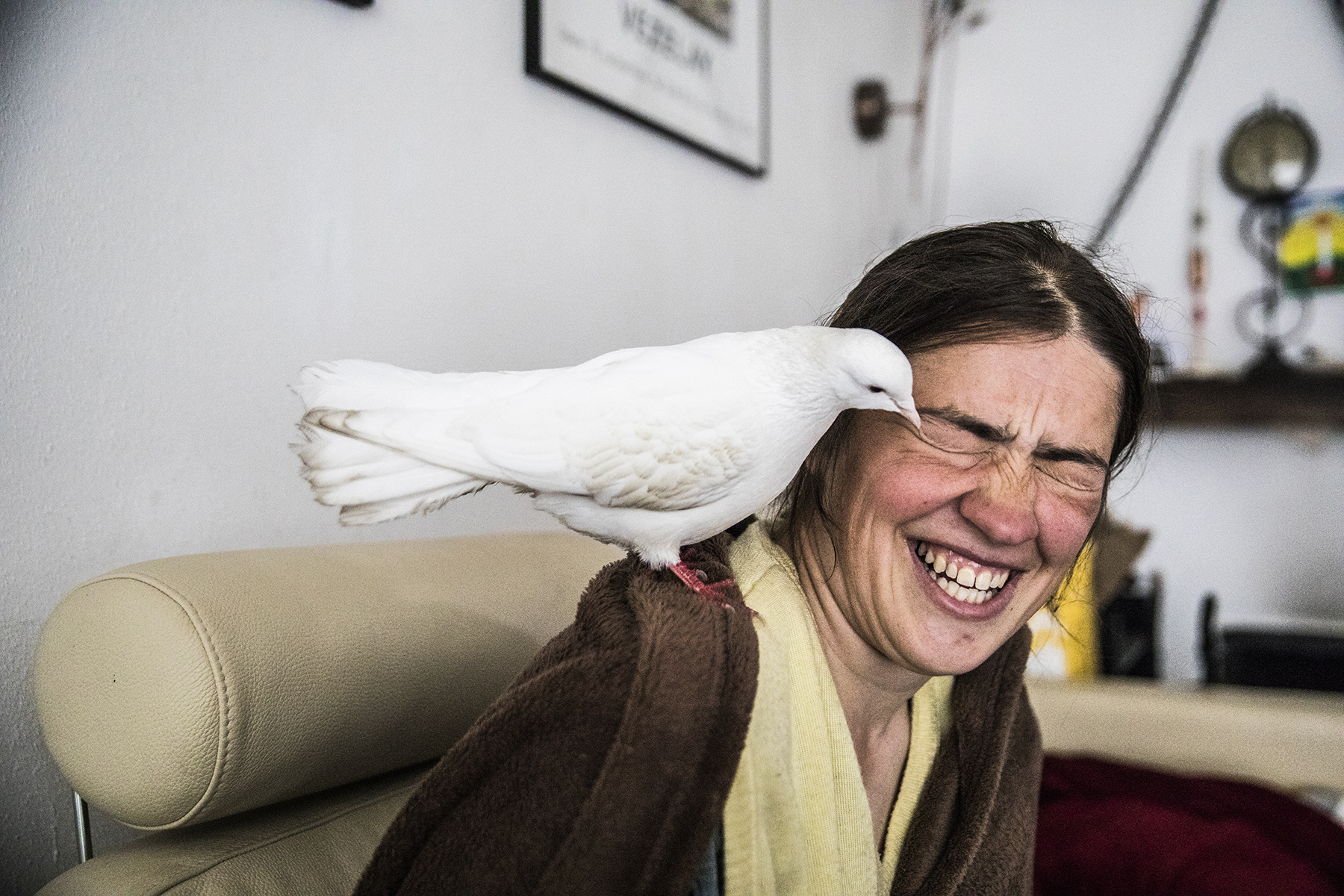
Aurélie Geurts
Aurélie Geurts is a regular photographer for De Morgen and de Volkskrant. In this exhibition, Geurts presents two personal series, which clearly show how she manages to gain the trust of her subjects: with patience, time and determination.
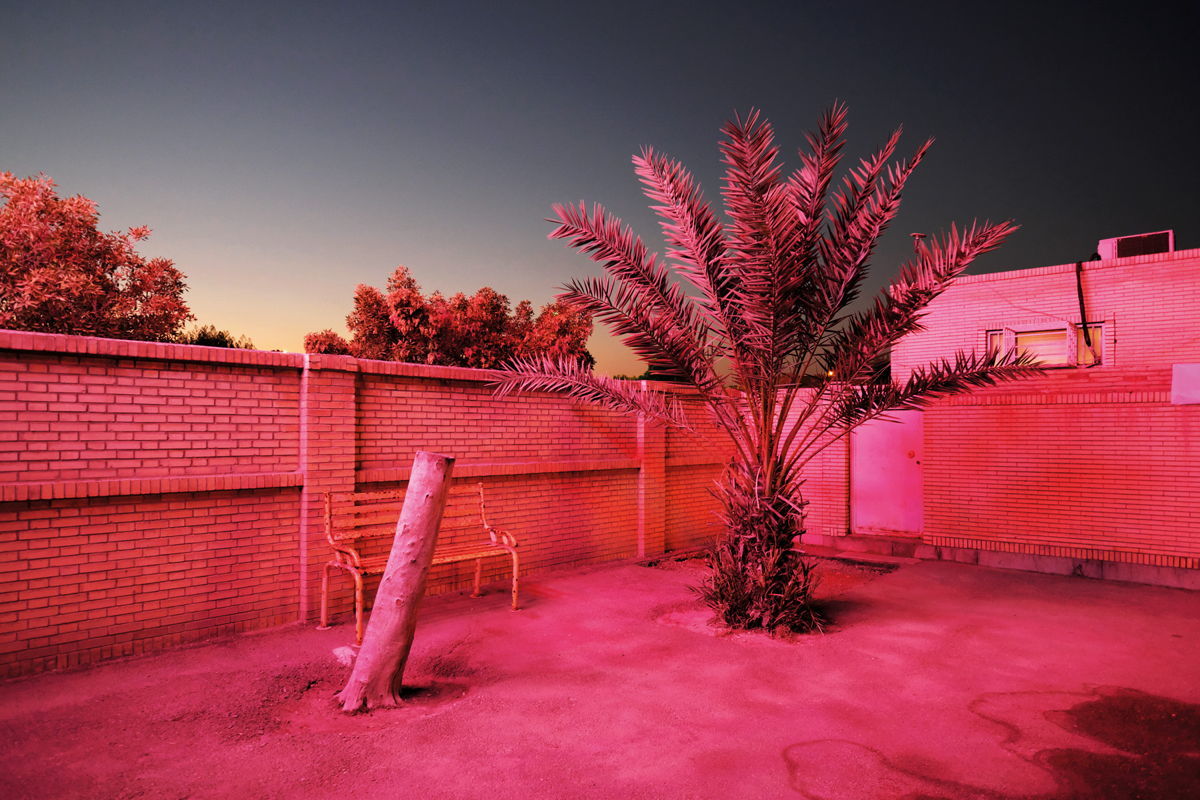
.tiff 2021
Every year FOMU selects ten promising phototographers, all living or working in Belgium. In addition to a variety of networking opportunities, FOMU will accompany them on a development journey to create the portfolio magazine .tiff, culminating in a group exhibition.

Issei Suda
Issei Suda (1940-2019) is a famous name in the world of Japanese photography, yet he remains relatively unknown in Europe. FOMU wants to change this with a first retrospective of his work outside Japan.
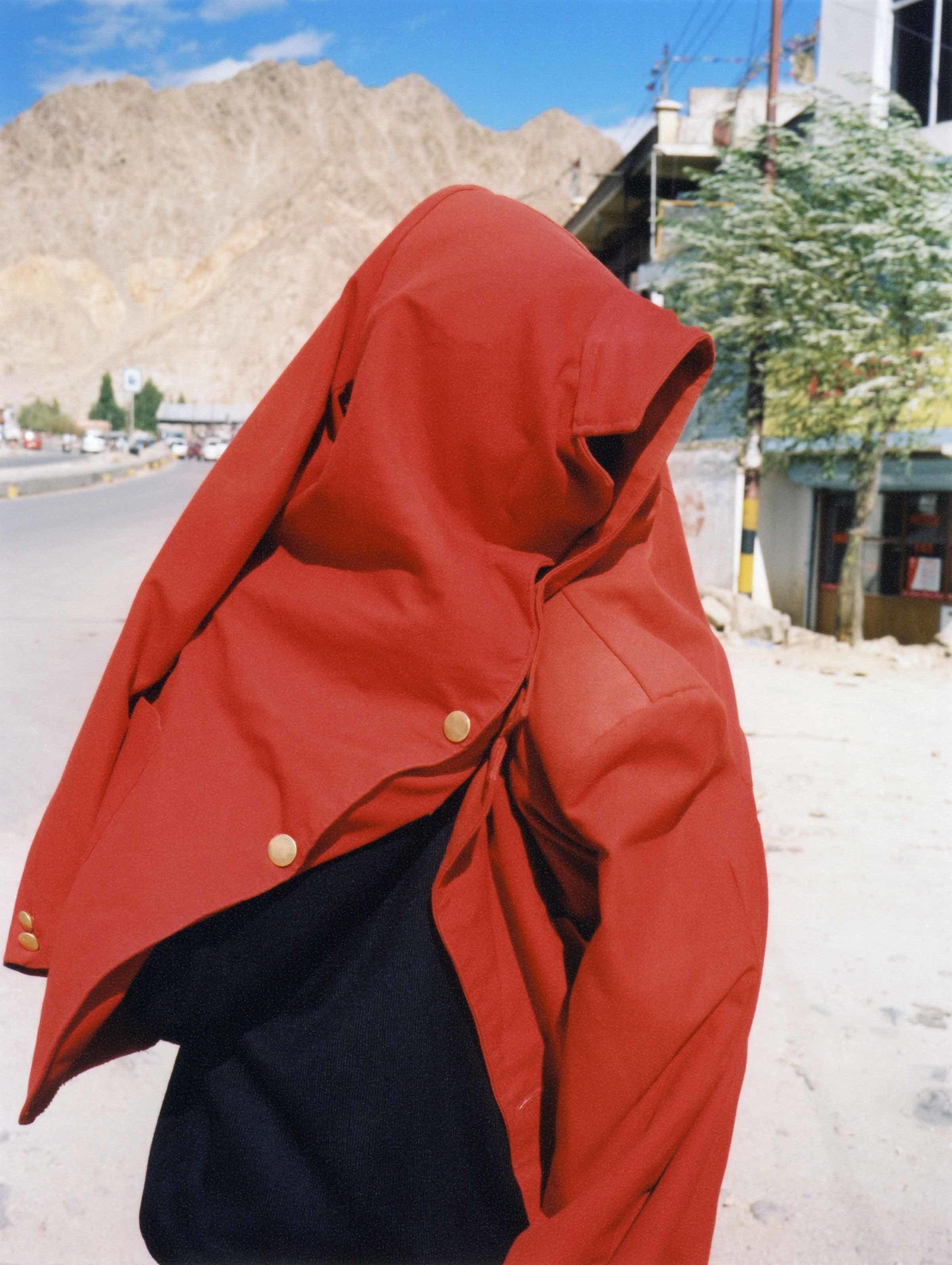
re-collect
Vincent Delbrouck, Bieke Depoorter, Boris Mikhailov, Max Pinckers, Annemie Augustijns, David Claerbout, Jacques de Lalaing, Kimbei Kusakabe, Zanele Muholi, Dirk Braeckman … These are just a few of the photographers whose work FOMU has acquired for its collection over the past 10 years.

Mous Lamrabat
Beauty and a sense of hope are central to Mous Lamrabat’s work. His photographs are absurd and surrealistic, at times subtly provocative, always colourful and fun.
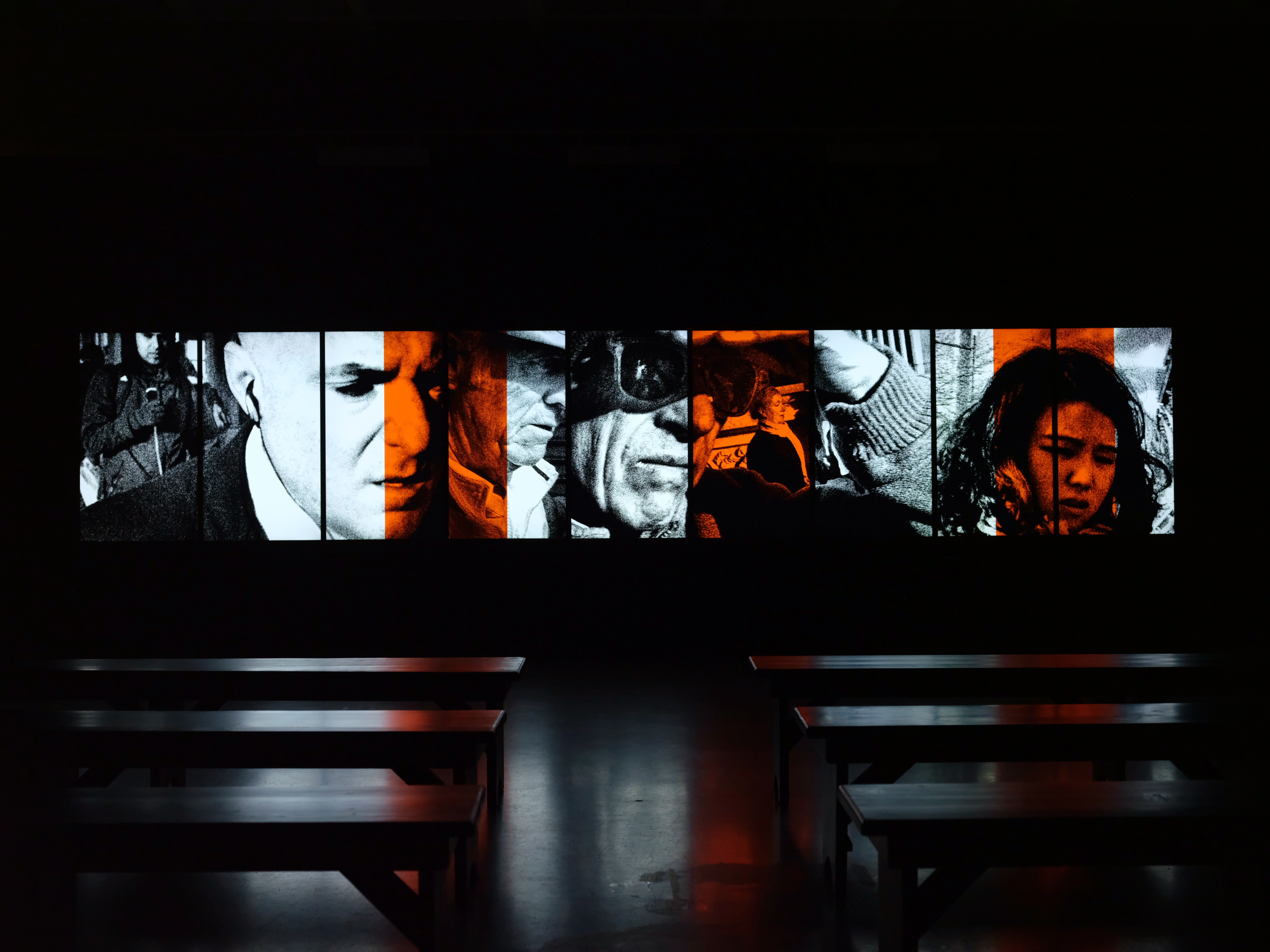
Made In Dublin
Made In Dublin is a nine-screen, quadrophonic multimedia installation. The installation combines Doyle’s photos, Donohoe’s soundscapes, Barry’s words and narration, and Sweeney’s montage and production design.
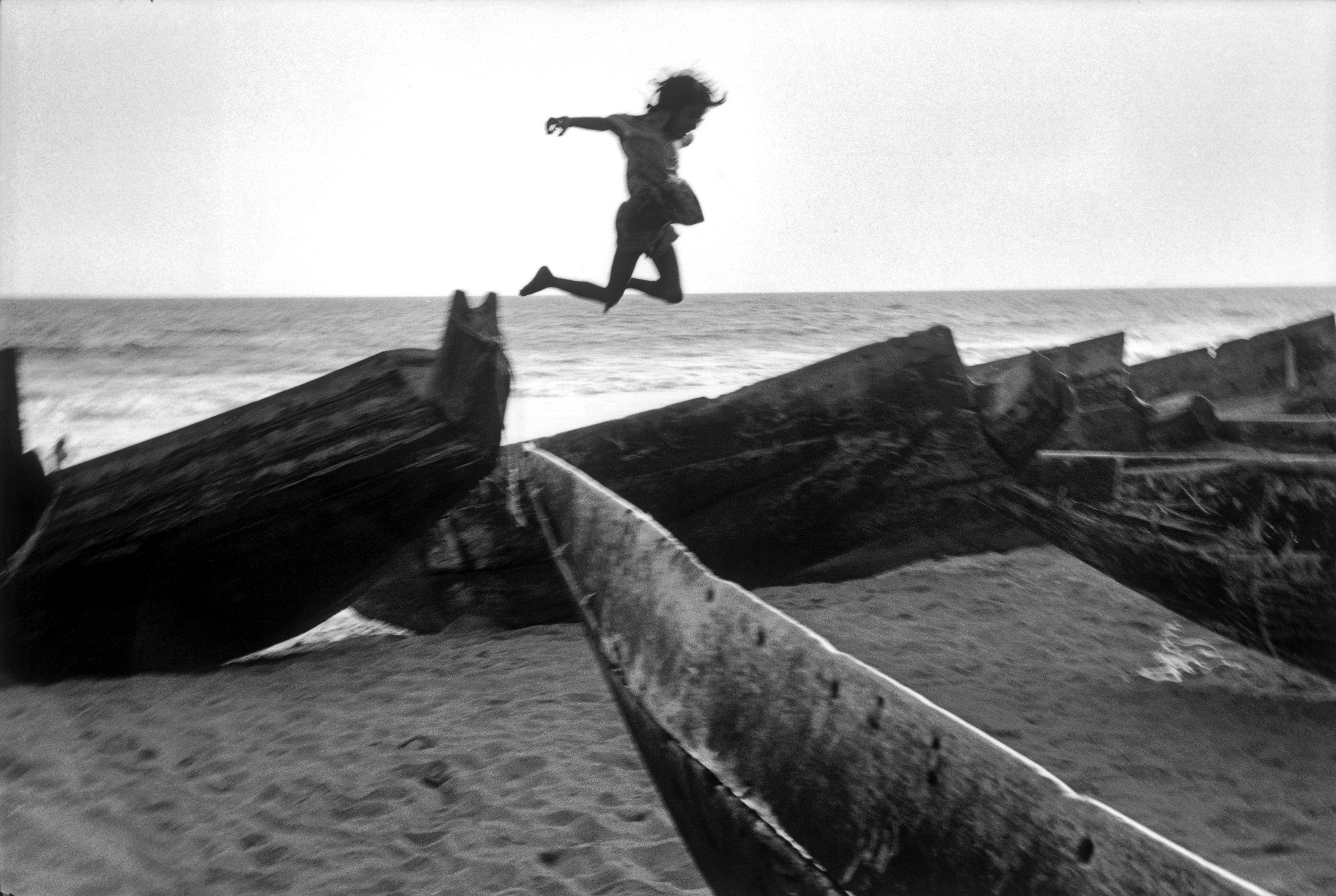
Martine Franck
Martine Franck (BE, 1938-2012), who was born in Antwerp, discovered a passion for photography while on a long journey through Asia in 1963. Once she had returned home to Paris, she set herself as a freelance photographer and created portraits and reportages for the major American magazines, including Life, The New York Times and Vogue. Martine Franck claimed wonder and a deep joy for humanity, with all the empathy she displayed.
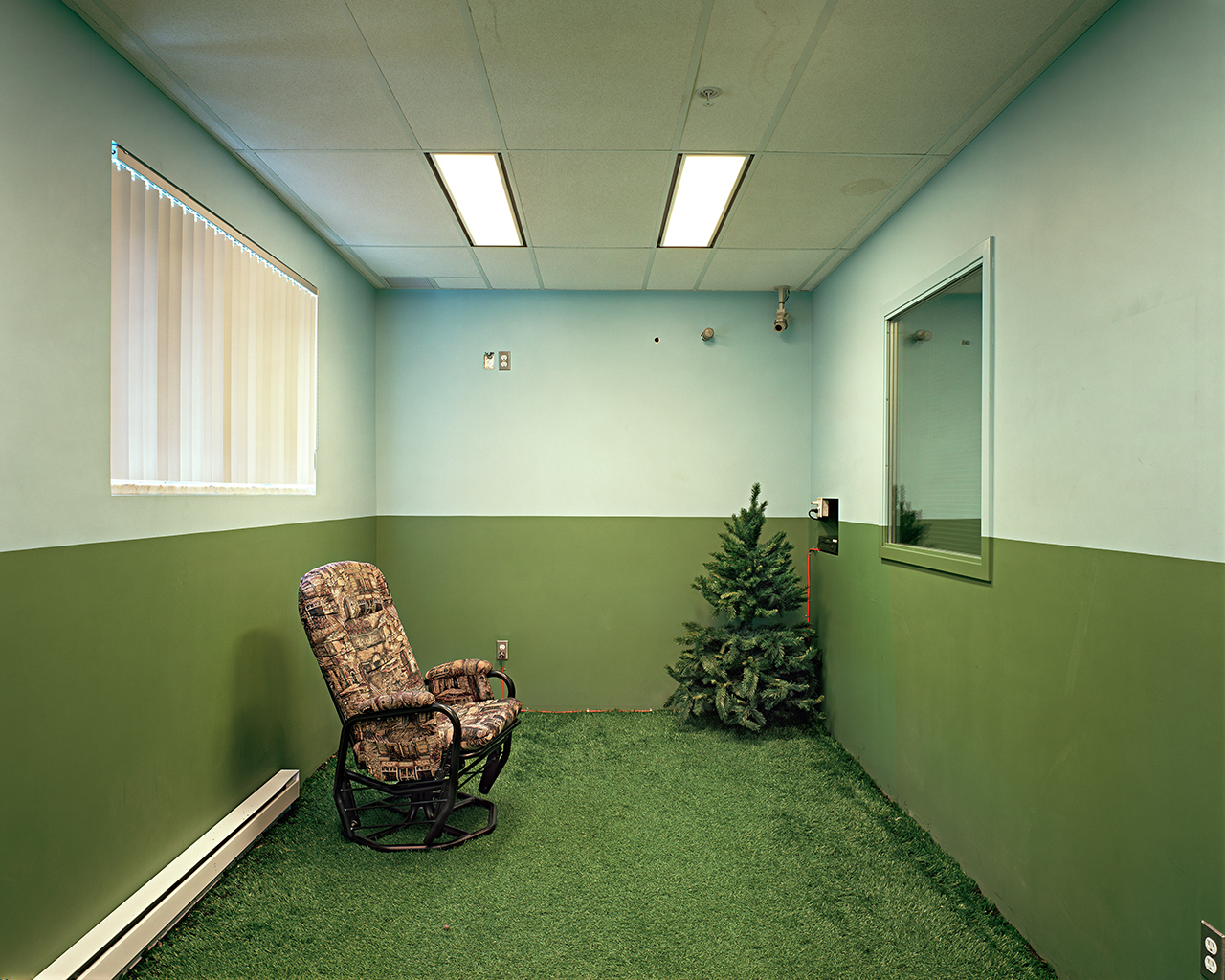
Lynne Cohen
When you look beyond the surface of a Lynne Cohen (CA, 1944-2014) photograph, you enter a subtly absurd and surreal universe. She exclusively photographed interiors for four decades: spas, military facilities, classrooms, laboratories, etc. What goes on in the minds of the designers and users of these spaces? There are no humans in these scenes, only cryptic traces that once there were.
Photo: Untitled (Astroturf), 2007 © Lynne Cohen/Courtesy Olga Korper Galler

33 days of .tiff
Each year, FOMU selects ten promising photographers who live or work in Belgium. It is the start of a year-long journey that commences with publication in our portfolio magazine .tiff and ends with a group exhibition in the museum. With works from: Laure Cottin Stefanelli, Etienne Courtois, David Denil, Katherine Longly, Renée Lorie, Sebastian Steveniers, Wiktoria Synak, Florine Thiebaud, Pierre Vanneste, Sybren Vanoverberghe.

Eamonn Doyle - Collection purchase
FOMU has purchased the unique work 'Baggot Street' from Irish photographer Eamonn Doyle for the collection. Eamonn Doyle made this work together with Niall Sweeney.
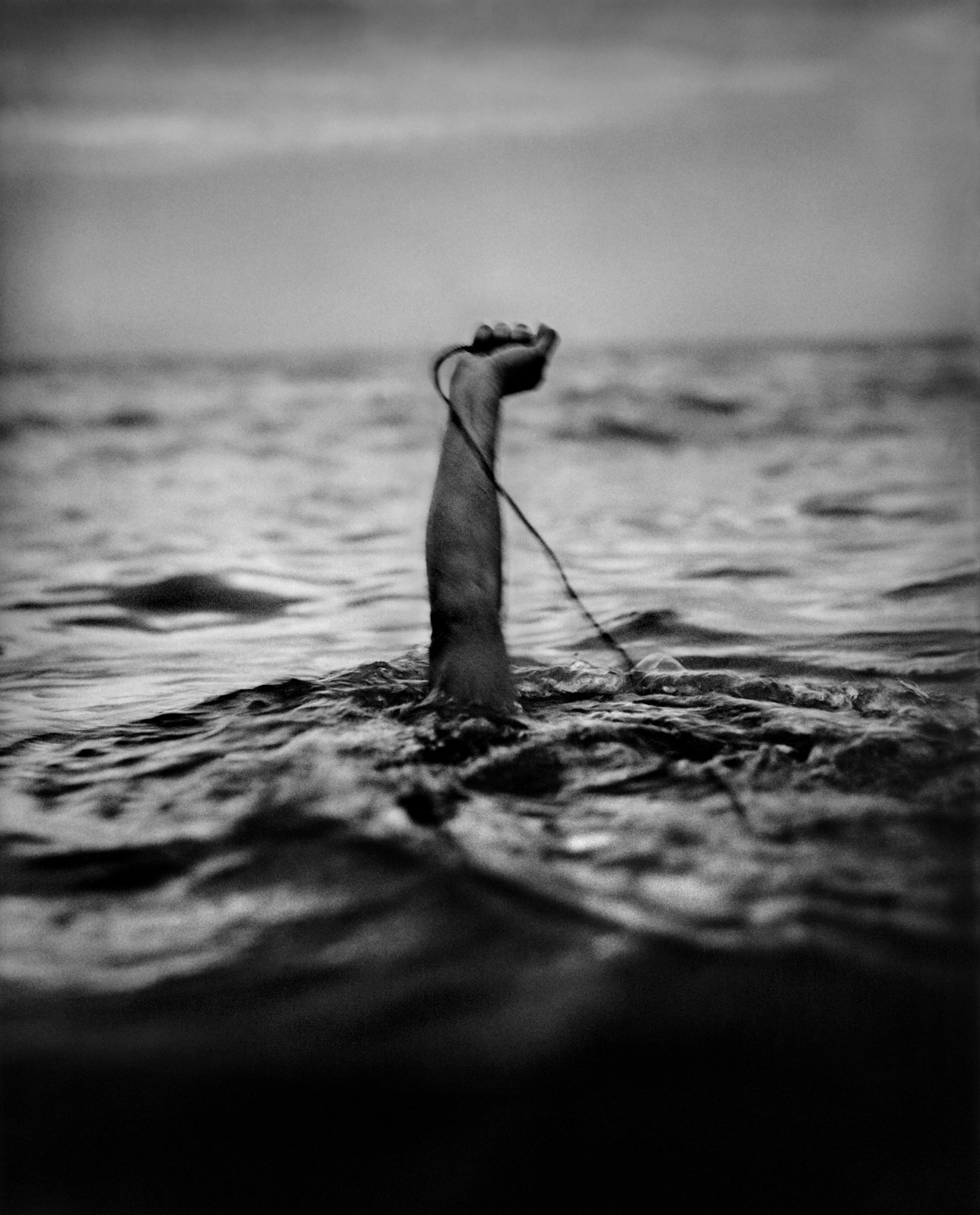
Stephan Vanfleteren
Present is the renowned Belgian photographer Stephan Vanfleteren’s (°1969) first major retrospective. The general public knows him best for his evocative black-and-white portraits but in recent decades he has produced a wide range of journalistic, documentary and artistic work. This exhibition provides space for both his iconic images and his equally impressive, lesser-known photographs, which together illustrate the evolution of Vanfleteren’s oeuvre.
Image: Self portrait, Noordzee, 2003 © Stephan Vanfleteren
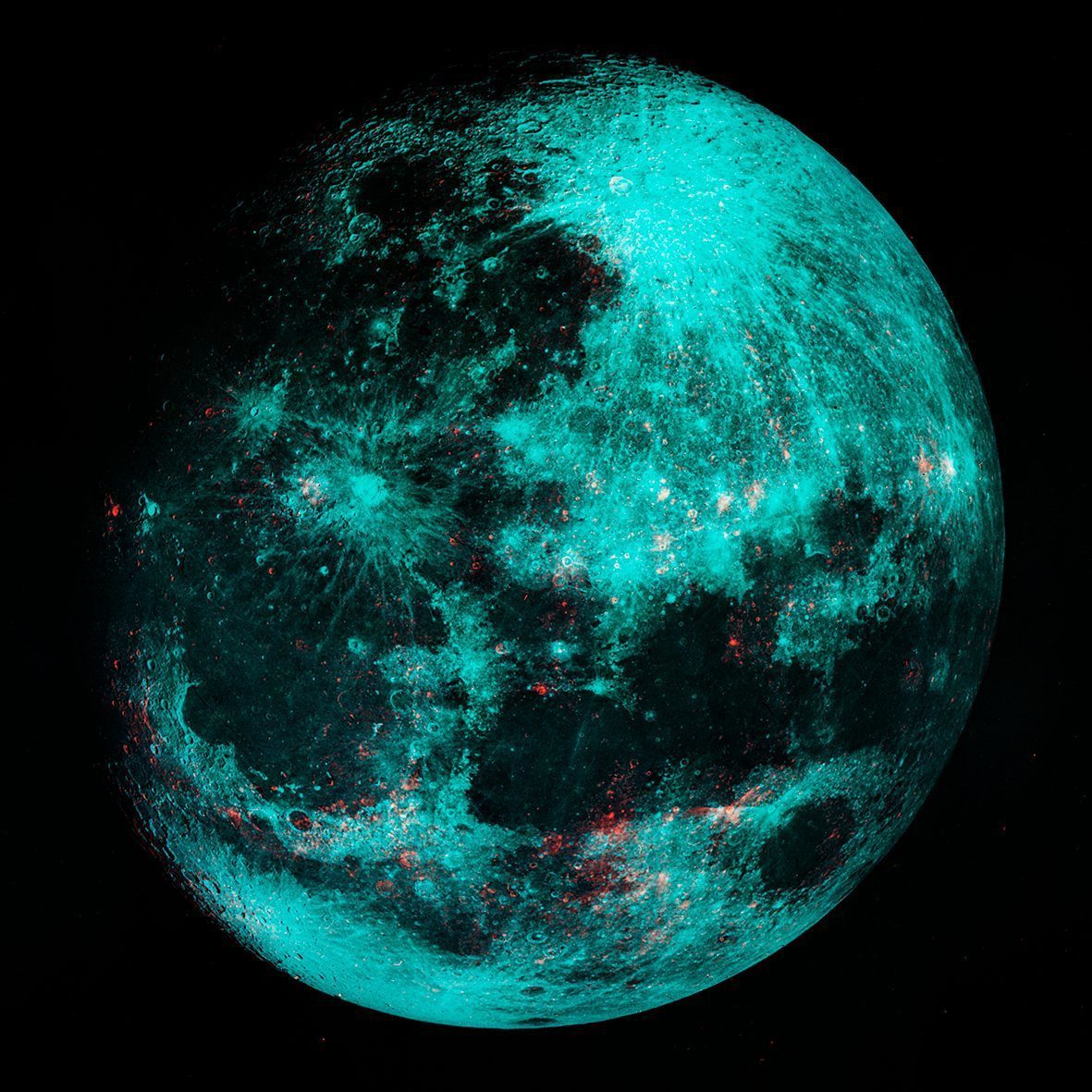
MAAN/MOON
On July 21, 1969 at 2:56 UTC, Neil Alden Armstrong becomes the first person to set foot on the moon. Fifty years later, the exhibition MAAN/MOON takes you on a photographic journey to our nearest celestial body and back. The moon, the subject of dreams and imagination, but also the stake of a global space race, leaves no one untouched.
Photo: Léon Gimpel, Hyperstereoscopy of the moon, 1923 © Léon Gimpel / Collection Archive of Modern Conflict
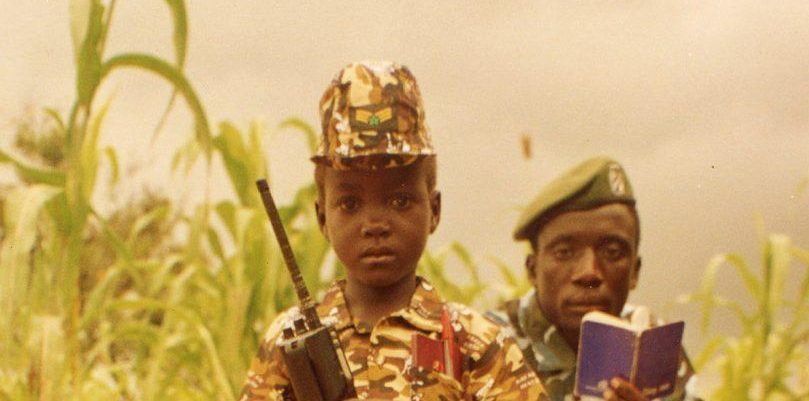
Rebel Lives
The Lord’s Resistance Army (LRA), a Ugandan insurgent group led by Joseph Kony, emerged in the second half of the eighties. It is especially notorious for its mass abductions of civilians, of whom over half are children. The extreme violence practiced by this armed militia means that little is known about the lives of the abductees.
Photo: photographer unknown ©ARLPI
Photo: photographer unknown ©ARLPI
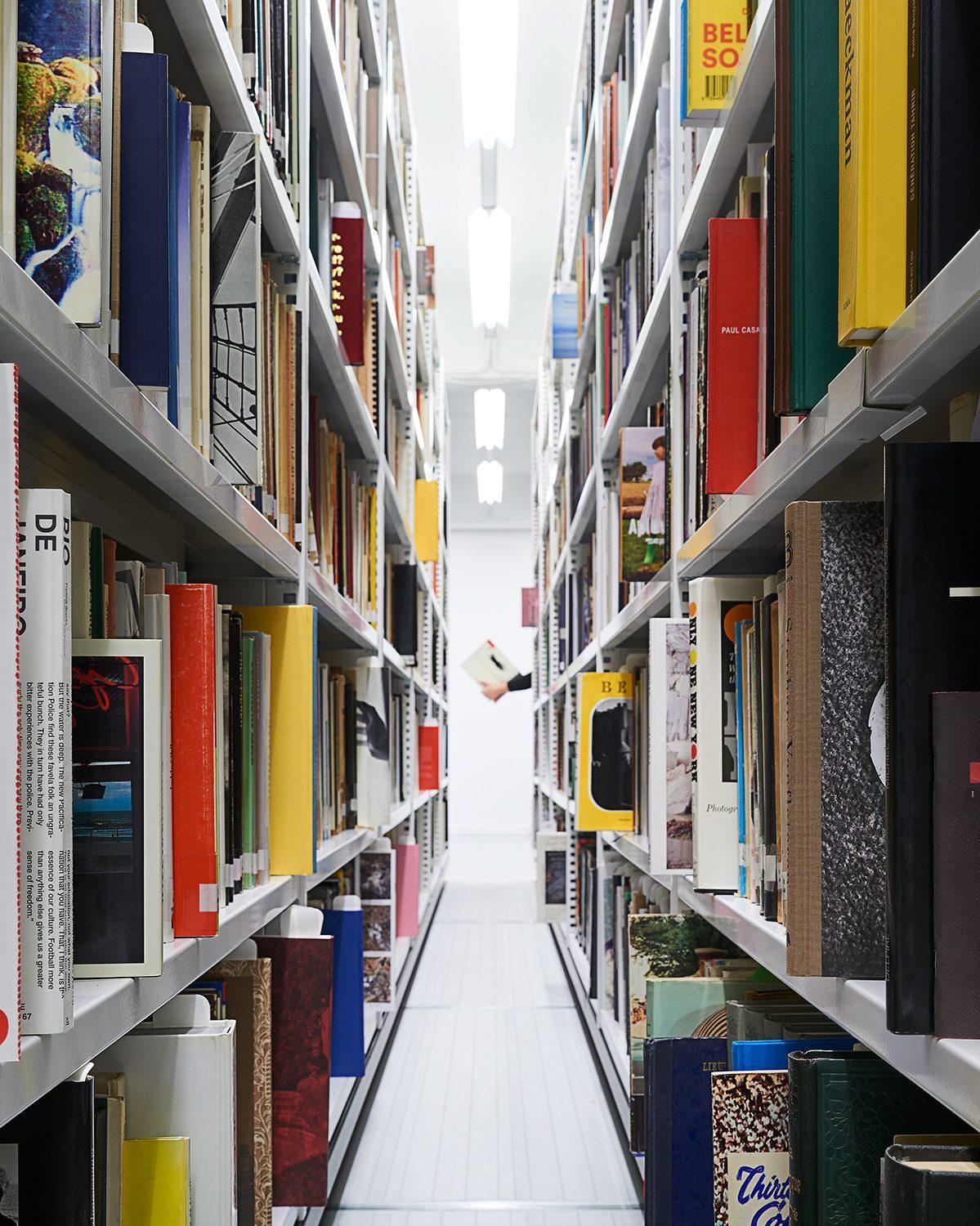
Photobook Belge
Photobooks are one of the most effective means of expression for a photographer. Books reach far more people than an exhibition ever could since they remain in circulation and may be reissued. As such, they play a crucial role in the distribution of photography. Reading a photobook, with its combination of text, image and design, is a multisensory experience. This collaboration between photographer, writer, designer and publisher results in an immensely appealing product.
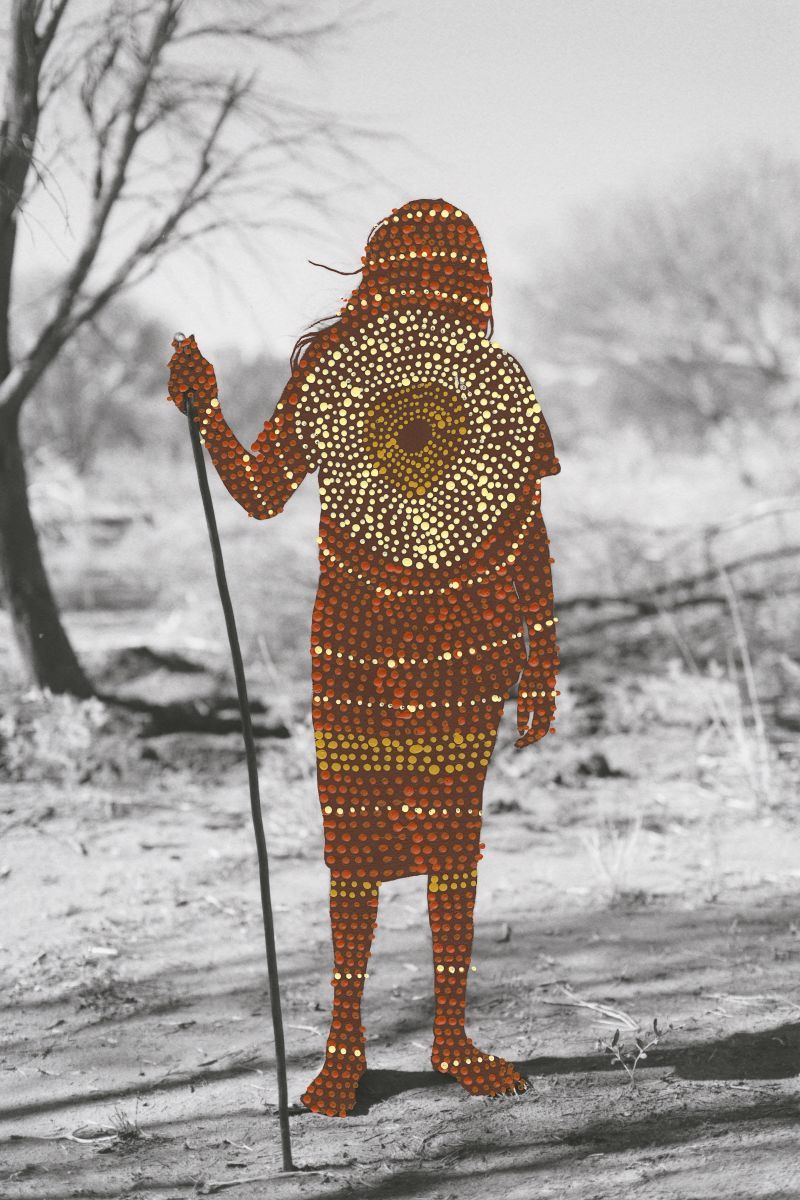
Restricted Images - Patrick Waterhouse
Restricted Images - Patrick Waterhouse
Since 2011, Patrick Waterhouse has been collecting maps, photos, flags and other documents to create an extensive archive of colonial representations of Australia, from 1770 to the present day.
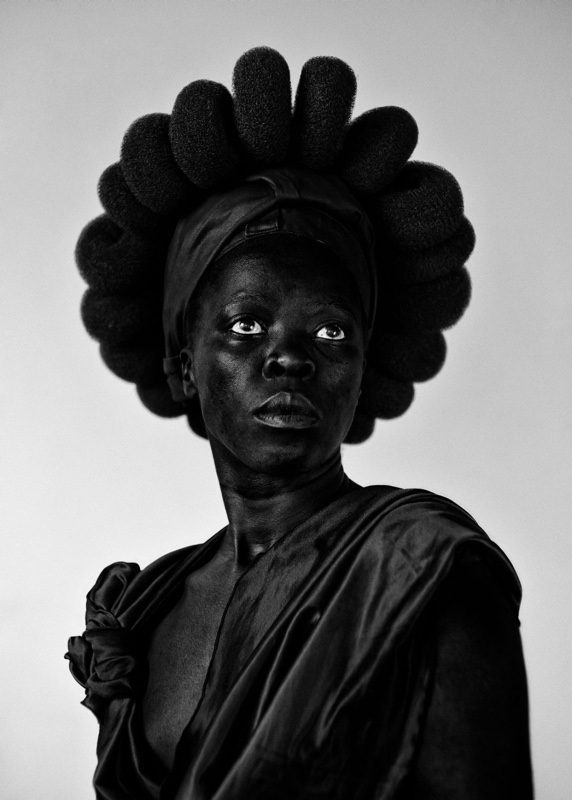
Claude Samuel Zanele
Three photographers who turn the lens on themselves as a window on the world. Claude Cahun, Samuel Fosso and Zanele Muholi each address issues of politics, race, gender and identity in a personal way.This exhibition is a collaboration with Autograph London.
Photo: Ntozakhe II. Parktown. 2016 © Zanele Muholi, courtesy of the artist and Stevenson, Cape Town, Johannesburg, and Yancey Richardson, New York.
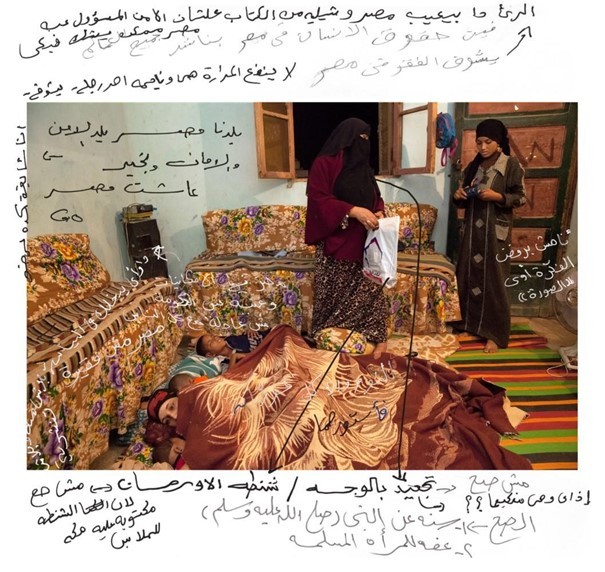
Bieke Depoorter
Bieke Depoorter (BE, °1986) has been affiliated with the renowned photo agency Magnum Photos since 2012. As a young photographer, she has already had an impressive career. This is her first solo exhibition at FOMU. We show Depoorter at a turning point in her career. In five recent projects – some still in full development – she consistently questions her own position as a photographer and outsider.Photo: © Bieke Depoorter/Magnum Photos
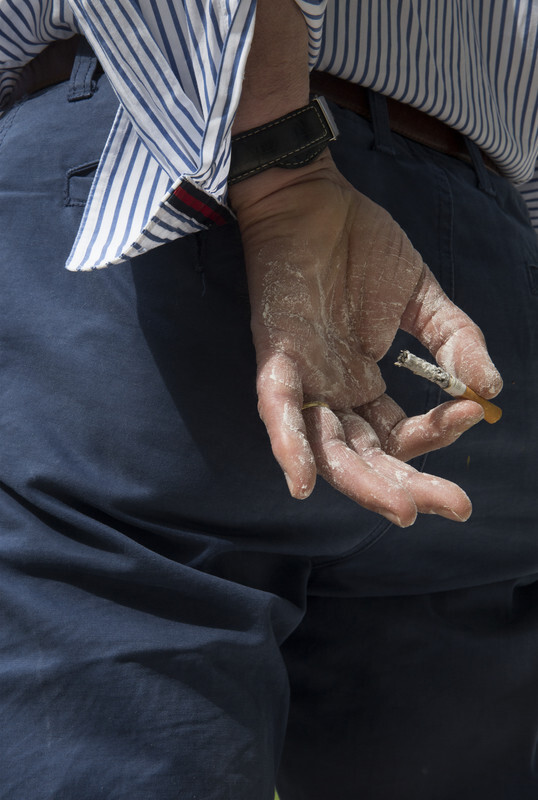
Camille Picquot - Young Belgian Photography
Photo: Camille Picquot, Wrong, 2016, Collection FOMU, 2020/83, Copyright © 2021 Camille Picquot
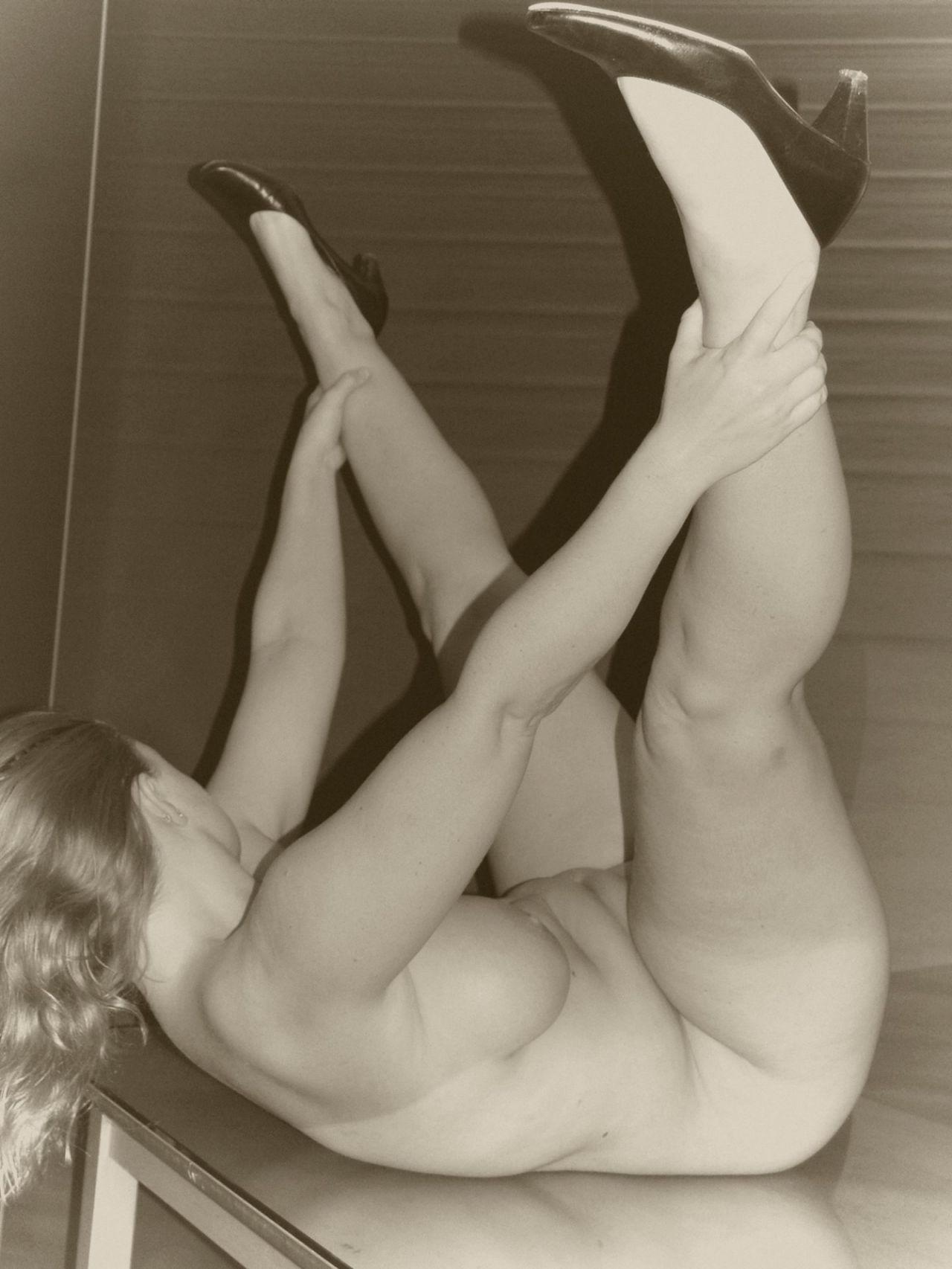
Paul Kooiker - Untitled (nude)
Untitled (nude) is the first major exhibition of Paul Kooiker (NL, °1964) outside the Netherlands. This alternative retrospective is about 'looking', voyeurism and distance. As a spectator you end up in a creative and obsessive vacuum that confuses and destabilizes.
Photo: Untitled (nude) ©Paul Kooiker
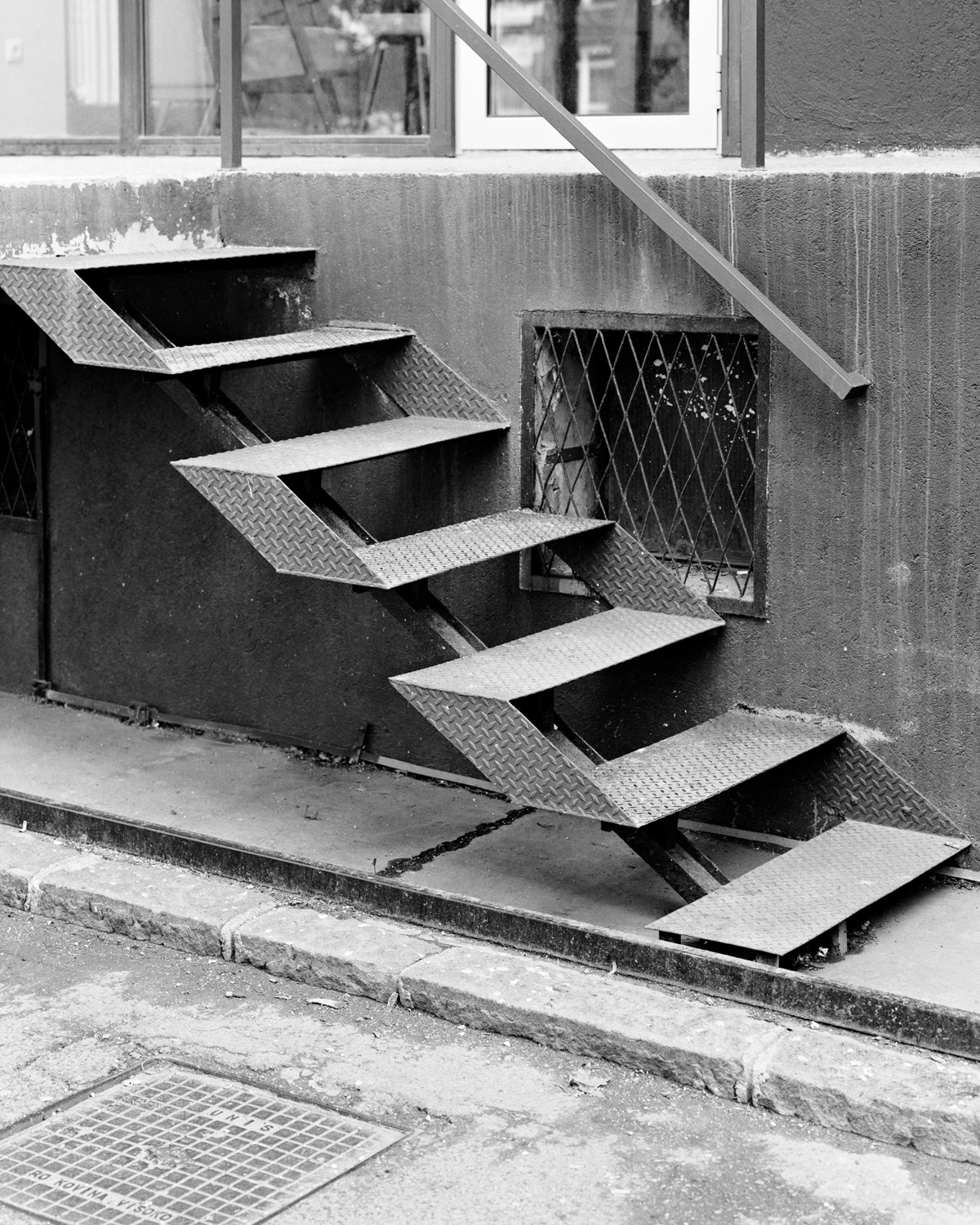
31 days of .tiff - Highlighting Emerging Image Makers
This summer, FOMU will be showing recent work by the selected artists from .tiff 2018: Elena Aya Bundurakis, Bertrand Cavalier, Jeroen De Wandel, Ulla Deventer, Lionel Jusseret, Léonard Pongo, Maroussia Prignot & Valerio Alvarez, Titus Simoens, Egon Van Herreweghe & Ann Vincent
Photo: from the series Concrete Doesn't Burn, 2016-18 © Bertrand Cavalier
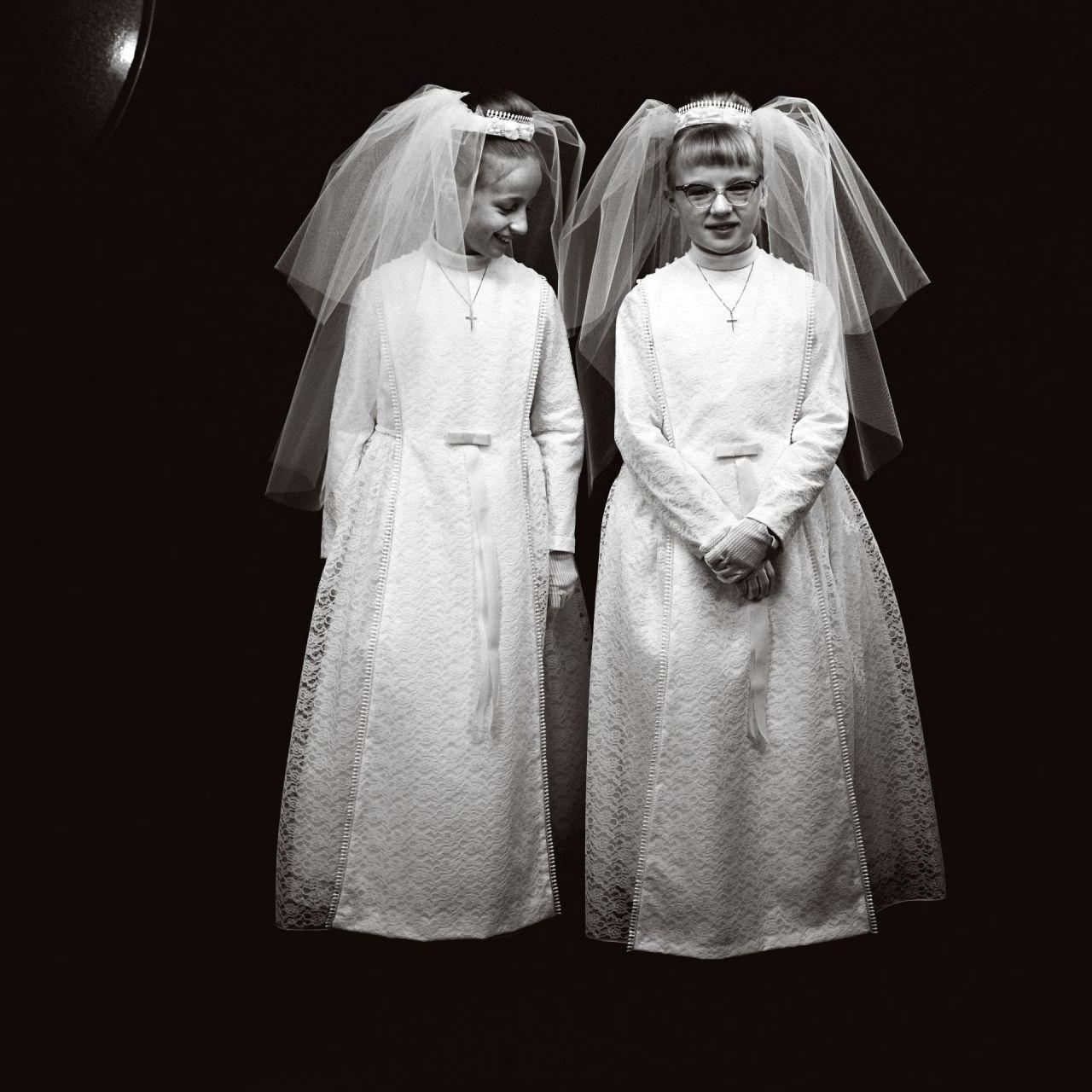
Gilbert d'Haen - Photographer
In 2012, Gilbert d'Haen (Deurne, °1932) donated his life's work to FOMU. The exhibition and accompanying publication are the result of a first collaboration between the Fotomuseum Antwerp and KADOC-KU Leuven.
Photo ©Gilbert d'Haen
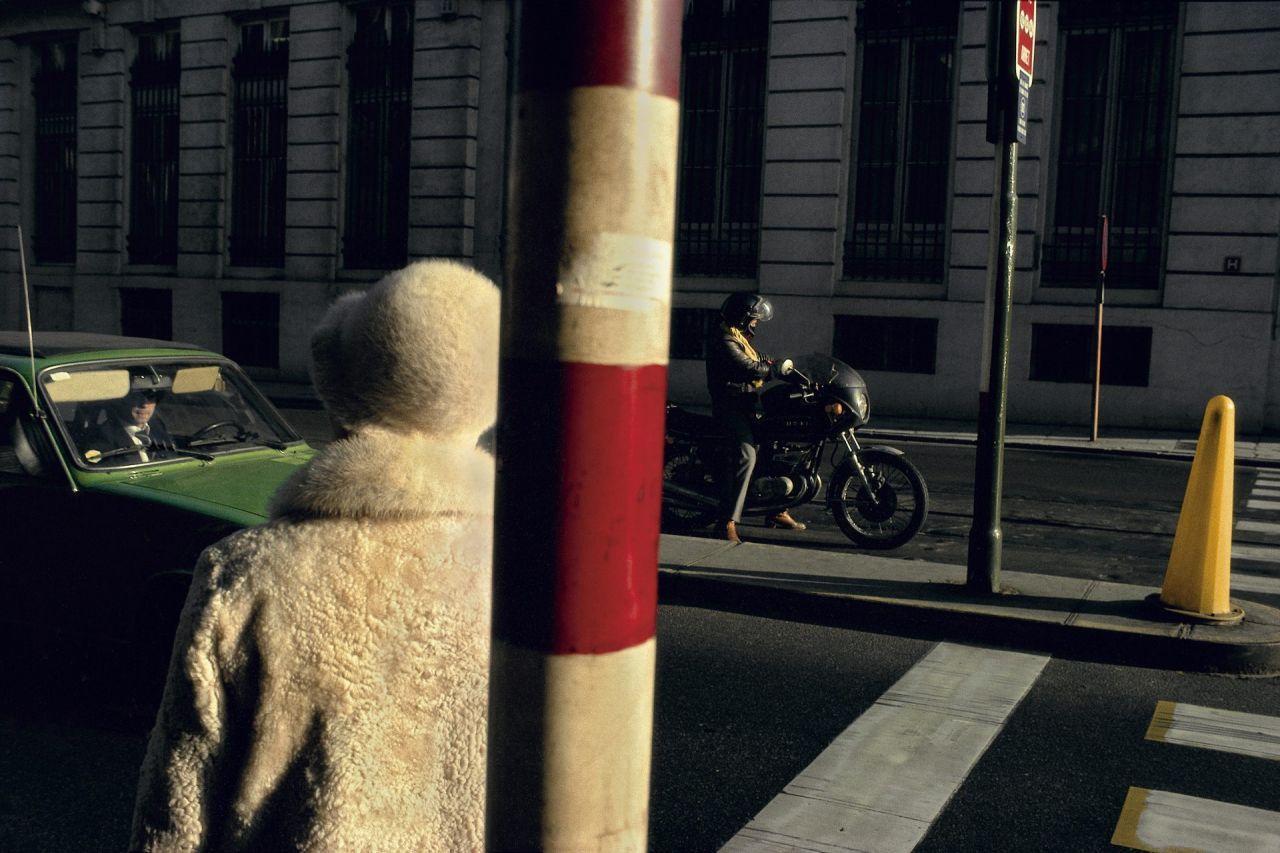
Harry Gruyaert - Retrospective
Harry Gruyaert (Antwerp, °1941) is one of the country's best-known photographers. With this retrospective, FOMU paints a rich and surprising picture of his oeuvre. Gruyaert is one of the pioneers of colour photography and has been a leading member of the renowned photo agency Magnum since 1982.
Photo: Harry Gruyaert, Koningsstraat, Brussels, Belgium, 1981, Collection FOMU, 2020/86/5, © Harry Gruyaert 2021
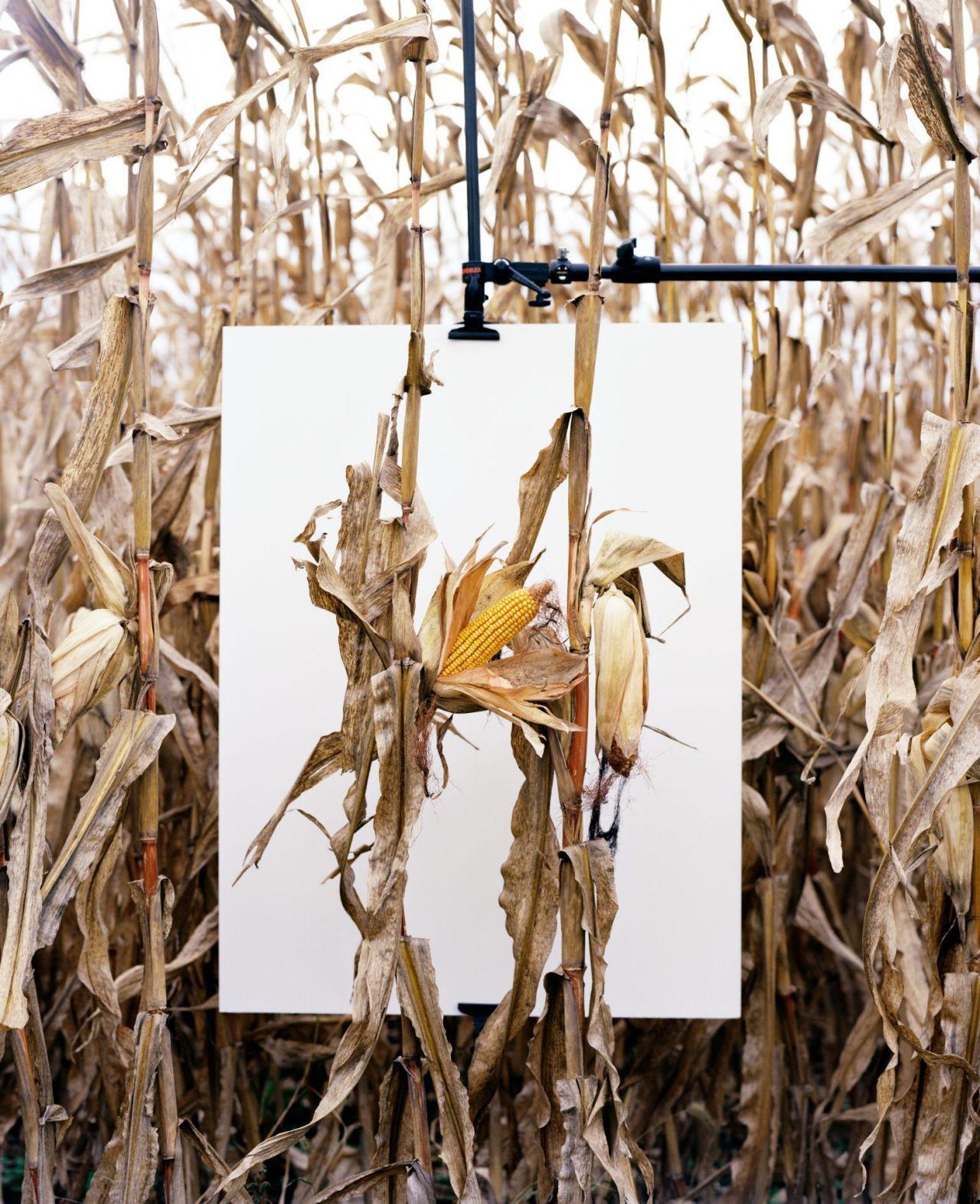
Monsanto®: A Photographic Investigation - Mathieu Asselin
The multinational Monsanto® has been causing controversy for years. Today, the biotechnology company is best known as the market leader in genetically modified seeds and the much-discussed weedkiller Roundup. Mathieu Asselin (FR, °1973) has been researching the consequences of Monsanto's® activities on populations and landscapes for more than five years.
Photo © Mathieu Asselin
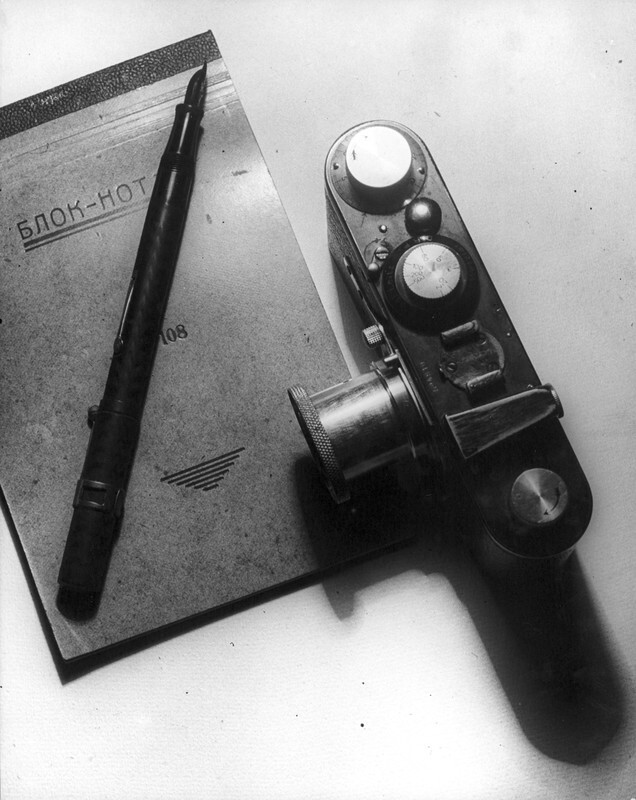
Collection In Transit
FOMU is preparing for a large-scale relocation of the collection to the new collection tower, the first low-energy depot for photography in Europe. We are taking advantage of this relocation to show the collection work behind the scenes. For this purpose, the collection team is using a temporary transit zone and opening its doors to the public.
Photo: Aleksandr Michailowitch Rodchenko, Stilleben mit Leica, 1930, Collection FOMU, P/1998/130, © Aleksandr Michailowitch Rodchenko / RAO
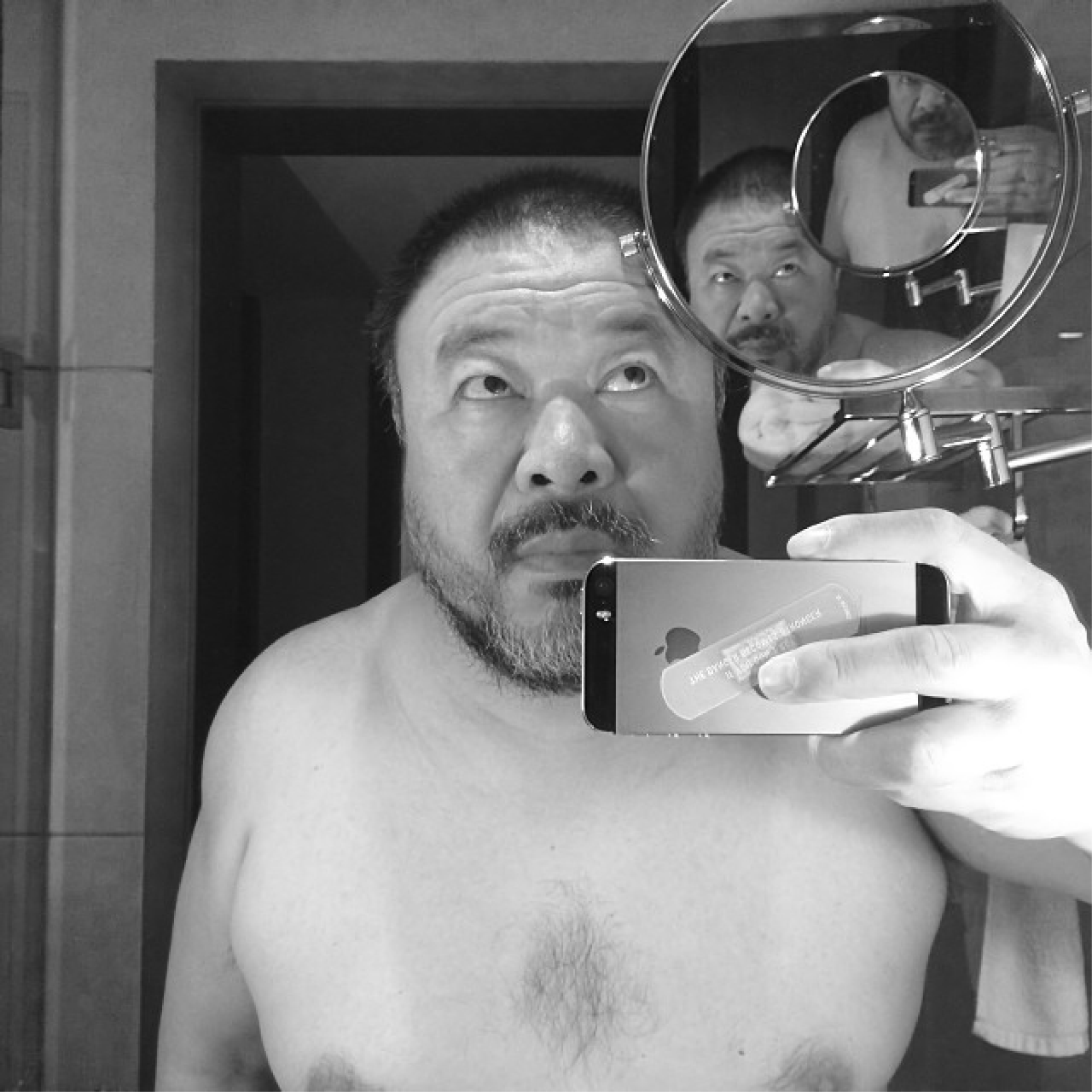
Ai Weiwei - Mirror
Ai’s radical visual critique of human rights violations, abuse of power, and the unchecked state control of the Chinese government in particular has made him into one of the world’s most important contemporary artists. Although he is often characterized as a Chinese “dissident”, he primarily sees his activism and critique against the Chinese government as a defense of the universal values of free speech and freedom of expression.
Photo: Selfie, from the series 2012-2017 ©Ai Weiwei
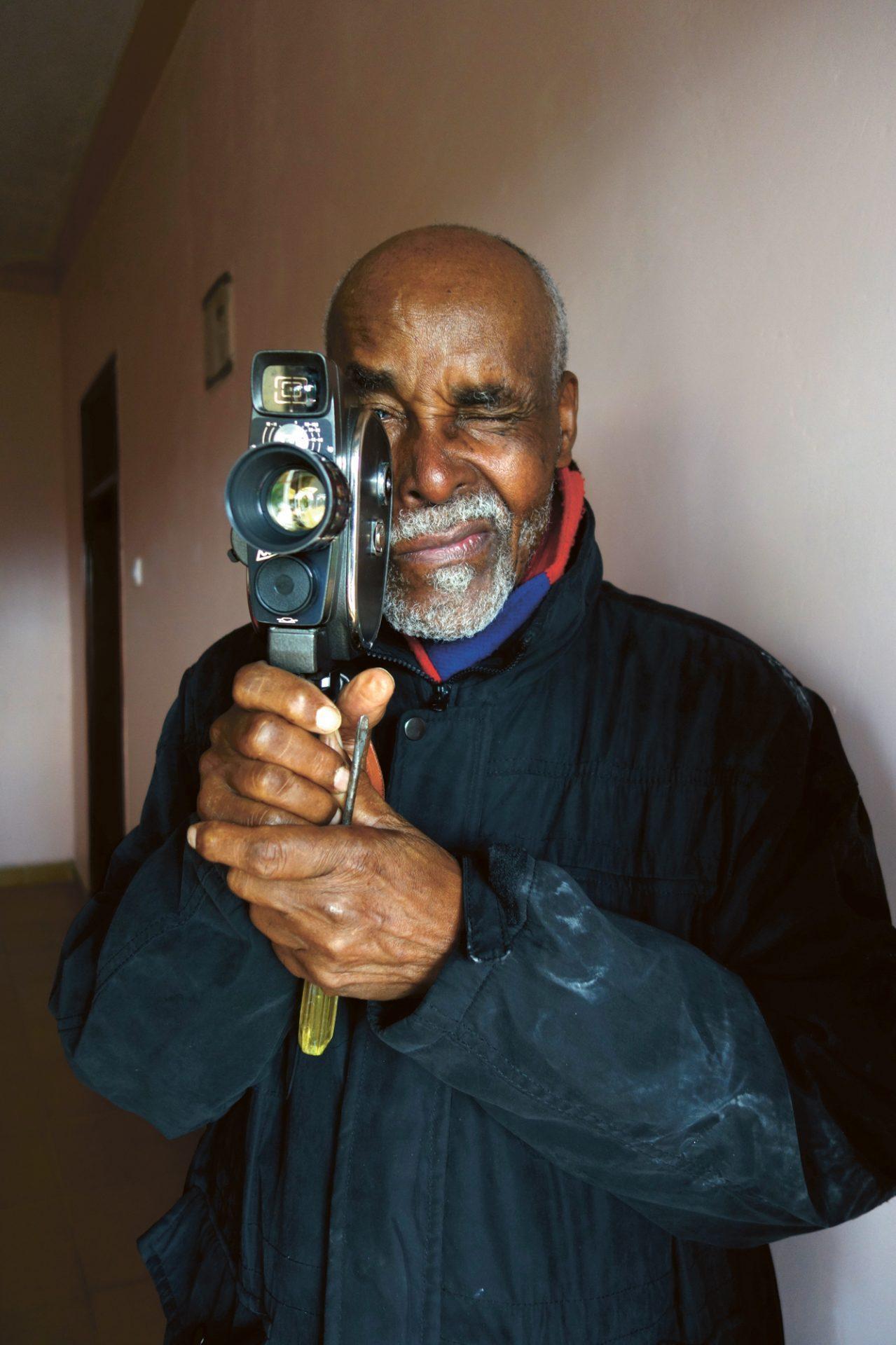
Ebifananyi - Andrea Stultiens
Photo: Andrea Stultiens, Elly Rwakoma and his Russian film camera (from Ebifananyi 3, All the Tricks) ©Andrea Stultiens
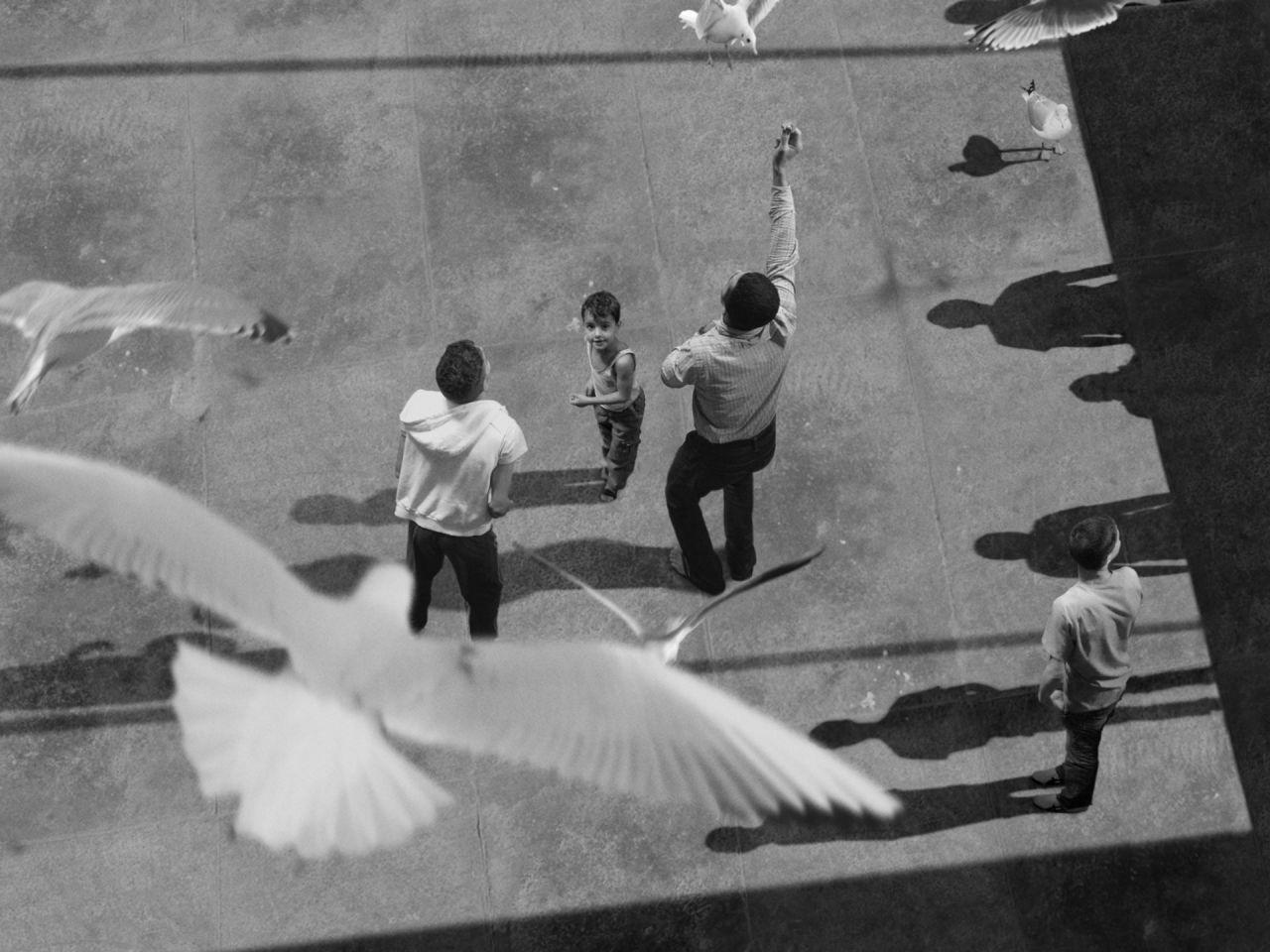
The Still Point of the Turning World - Between Film and Photography
The photographic image is permeated by silence. No movement, no sound, no time. But what happens when you add one of those missing elements? This exhibition focuses on that rare occasion when a photographer uses the film medium or, conversely, when a video artist ventures into photography. What beauty can be found at the dividing line between these two media?
Photo: David Claerbout, The Algiers' Sections of a Happy Moment, 2008 © David Claerbout
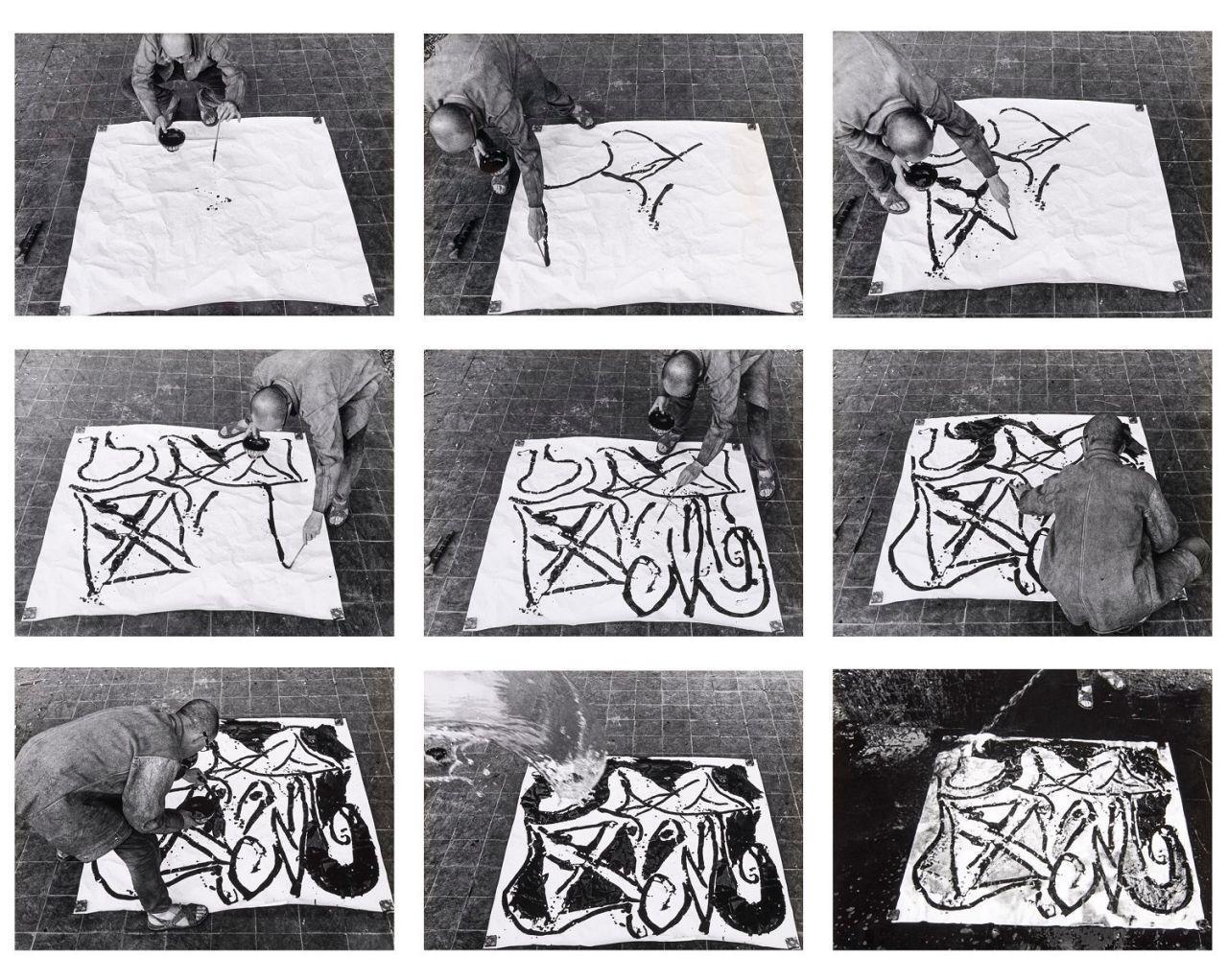
Suzy Embo - Artiste photographe, photographe d'artistes
Artist, photographer, wife… Behind the artist name Suzy Embo (BE, °1936) lies a privileged witness to the post-War Belgian avant-garde.
Photo: Suzy Embo, Jam Sessions, La Bosse, 1969, Collectie FOMU, P/1996/14, © Suzy Embo / FOMU
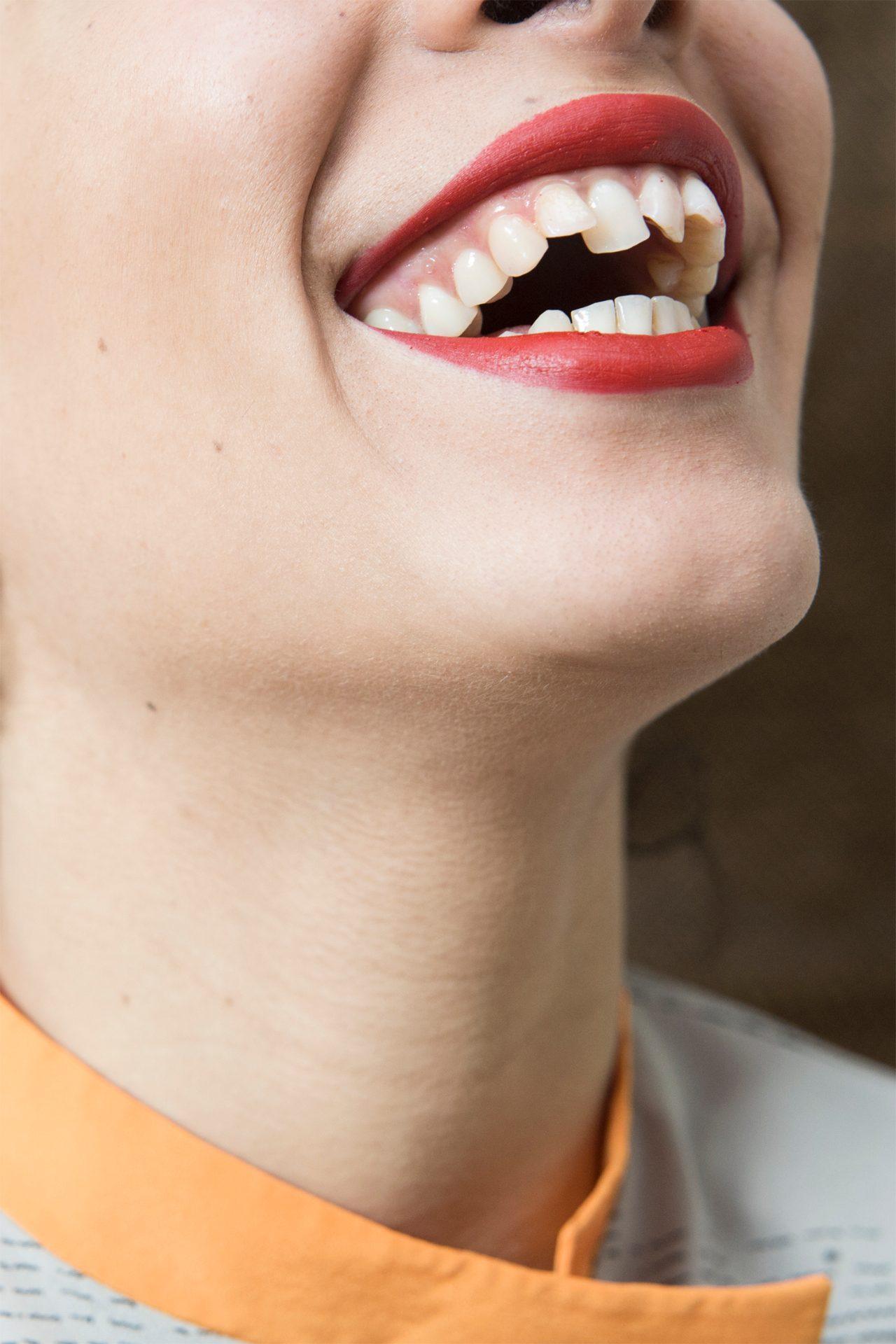
5 years of .tiff
Five years after the first edition, .tiff has grown into a vibrant platform with an international standing. Five issues means fifty photographers whom FOMU is delighted to revisit for an exhibition.
Photo: Camille Picquot, No Fear, from the series Domestic Flight, 2014-2018 © Camille Picquot
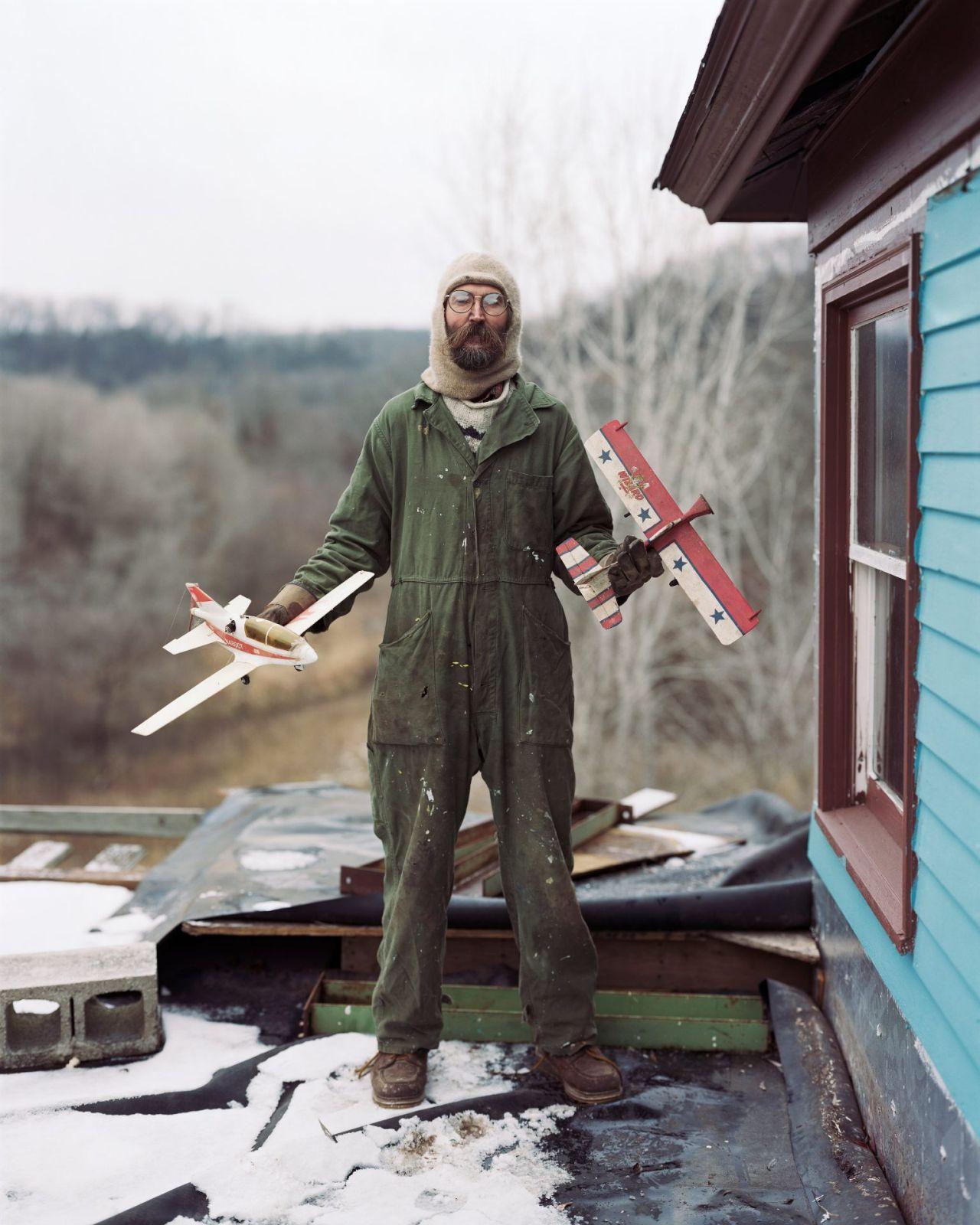
Alec Soth - Gathered Leaves
With Gathered Leaves, FOMU brings the work of renowned Magnum photographer Alec Soth (US, °1969) to Belgium for the first time. In this retrospective exhibition, you will see four crucial series from his impressive oeuvre: Sleeping by the Mississippi (2004), Niagara (2006), Broken Manual (2010) and Songbook (2014).
Photo: Charles, Vasa, Minnesota, 2002 © Alex Soth
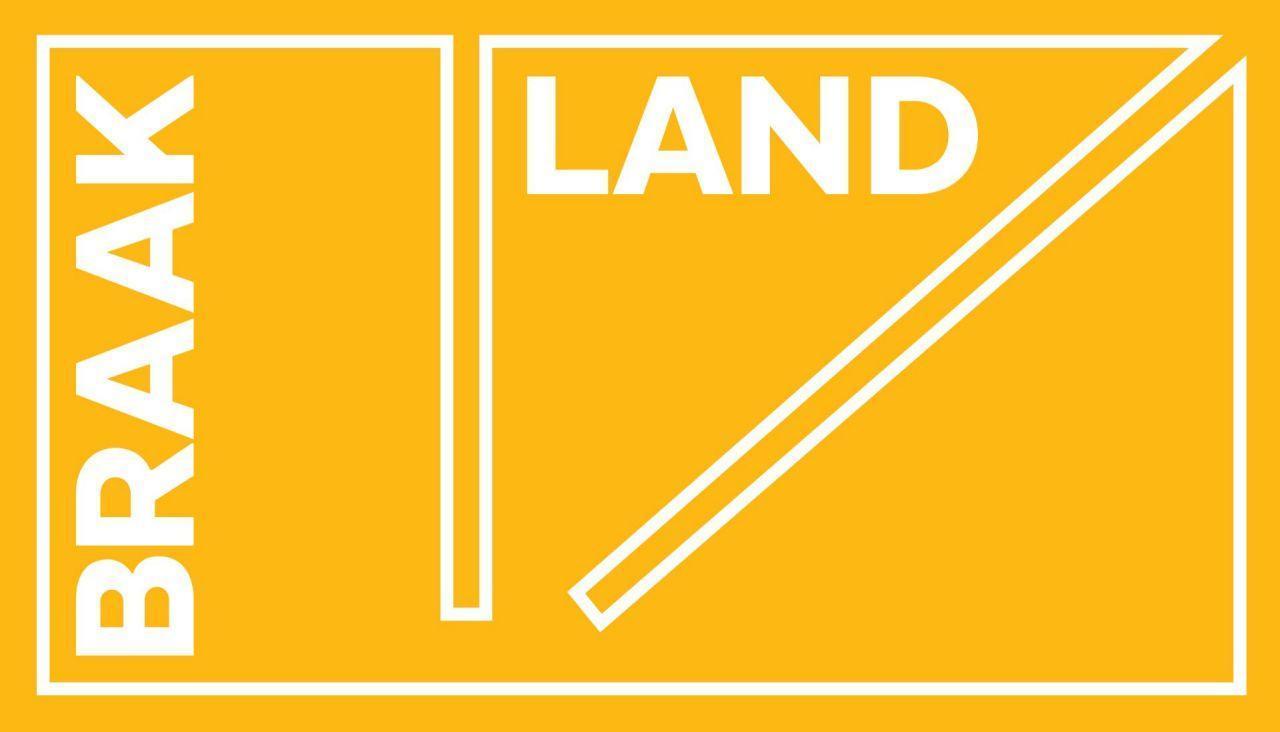
Braakland
Braakland ('Fallow land') is an open festival with an emphasis on the dialogue between artists and the public. In addition to exhibitions of both national and international talent, we program a range of activities and encourage photographers to show their creations in the museum.

Saul Leiter - Retrospective
FOMU presents a retrospective of the work of Saul Leiter (US, 1923-2013), a pioneer in colour photography. Leiter used colour film as early as 1946, at a time when only black-and-white photography was accepted as a means of artistic expression. In doing so, he disrupts the assumption that colour photography was only used in the 1970s, with the New Color Photography of Stephen Shore and William Eggleston. Saul Leiter only received recognition for this exceptional pioneering role at a late age, but has since become a permanent fixture in the history of photography.
The exhibition is a collaboration between Haus der Photographie, Deichtorhallen Hamburg, Gallery FIFTY ONE Antwerp, Saul Leiter Foundation, Howard Greenberg Gallery and FOMU Antwerp. Photo: Saul Leiter, Red Umbrella, c. 1958 © Saul Leiter, Courtesy: Howard Greenberg Gallery, New York
The exhibition is a collaboration between Haus der Photographie, Deichtorhallen Hamburg, Gallery FIFTY ONE Antwerp, Saul Leiter Foundation, Howard Greenberg Gallery and FOMU Antwerp. Photo: Saul Leiter, Red Umbrella, c. 1958 © Saul Leiter, Courtesy: Howard Greenberg Gallery, New York
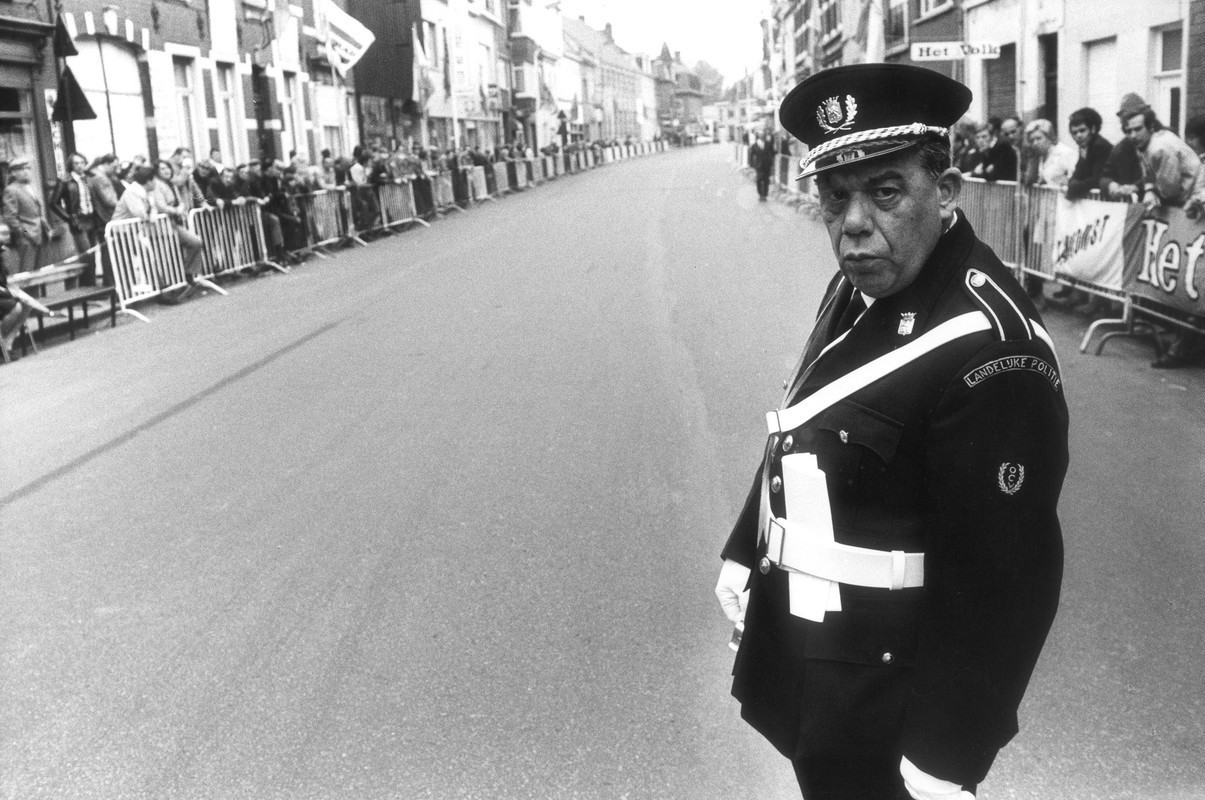
Selleslags Unpacks
Herman Selleslags (BE, °1938) is one of Belgium’s most famous photographers. In 2015, he donated his archive, and that of his father Rik, to FOMU. Over the course of half a century, Selleslags built up an incredible photography archive. Hundreds of thousands of photographs, glass plates, slides, negatives, press prints, pocket diaries, contact sheets and cameras were relocated to the FOMU depots. The multitudinous archive boxes are literally and figuratively the heart of the exhibition Selleslags Unpacks.
Photo: Herman Selleslags, Ghent, 1974, Collection FOMU, P/1978/27/2, © Herman Selleslags
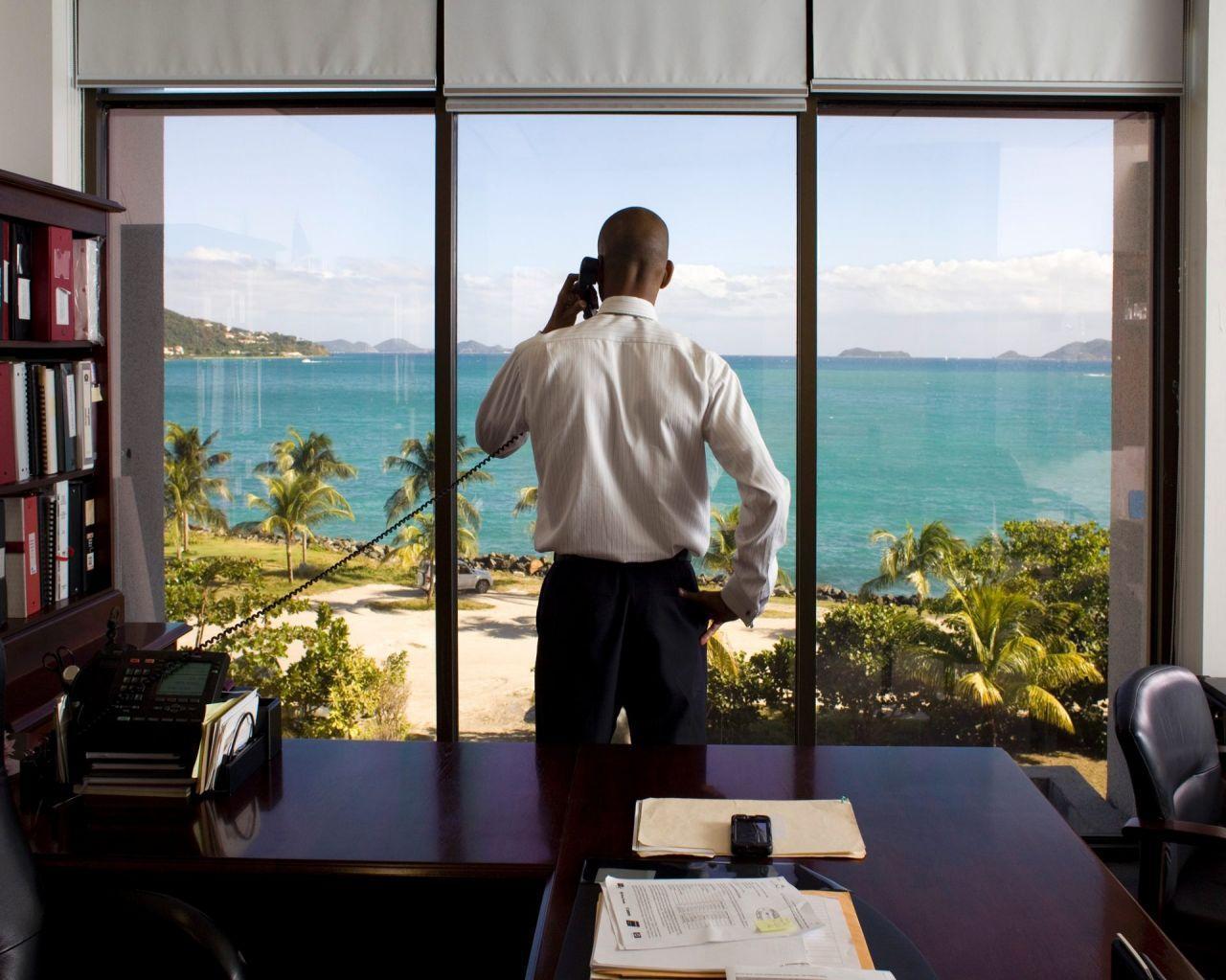
Show Us The Money
Show Us The Money takes you to tax havens and the nerve centre of financial power. FOMU gives you an insight into the structures that influence the entire world, but prefer to remain invisible themselves. Three projects address global issues with different artistic strategies.
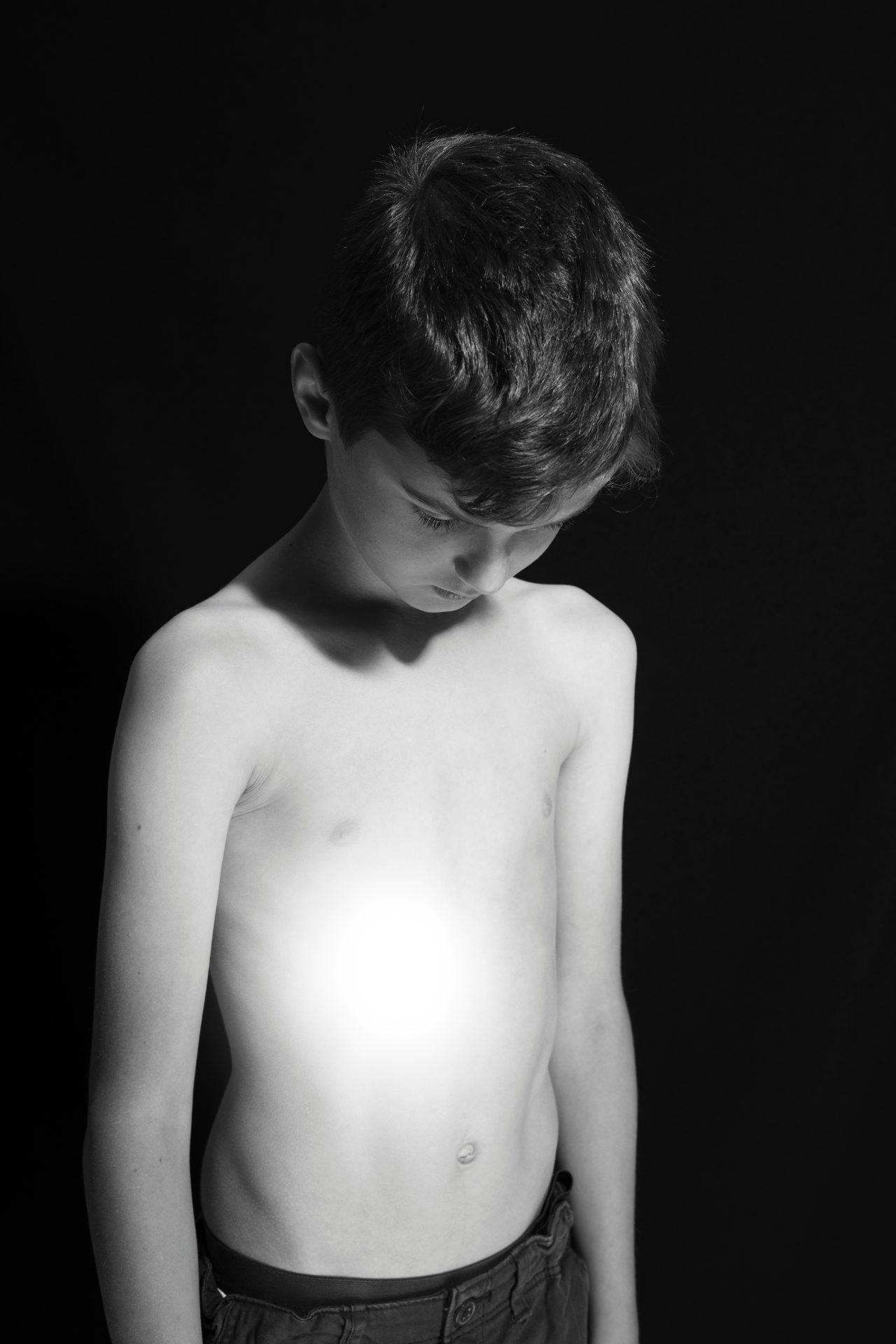
Tom Callemin - Young Belgian photography
After studying photography, Tom Callemin graduated in 2015. In 2014, he was one of the ten photographers selected for the FOMU magazine .tiff. His early oeuvre has since been exhibited both nationally and internationally.
Photo: Tom Callemin, Examination, 2015, Collection FOMU, 2016/12, © Tom Callemin
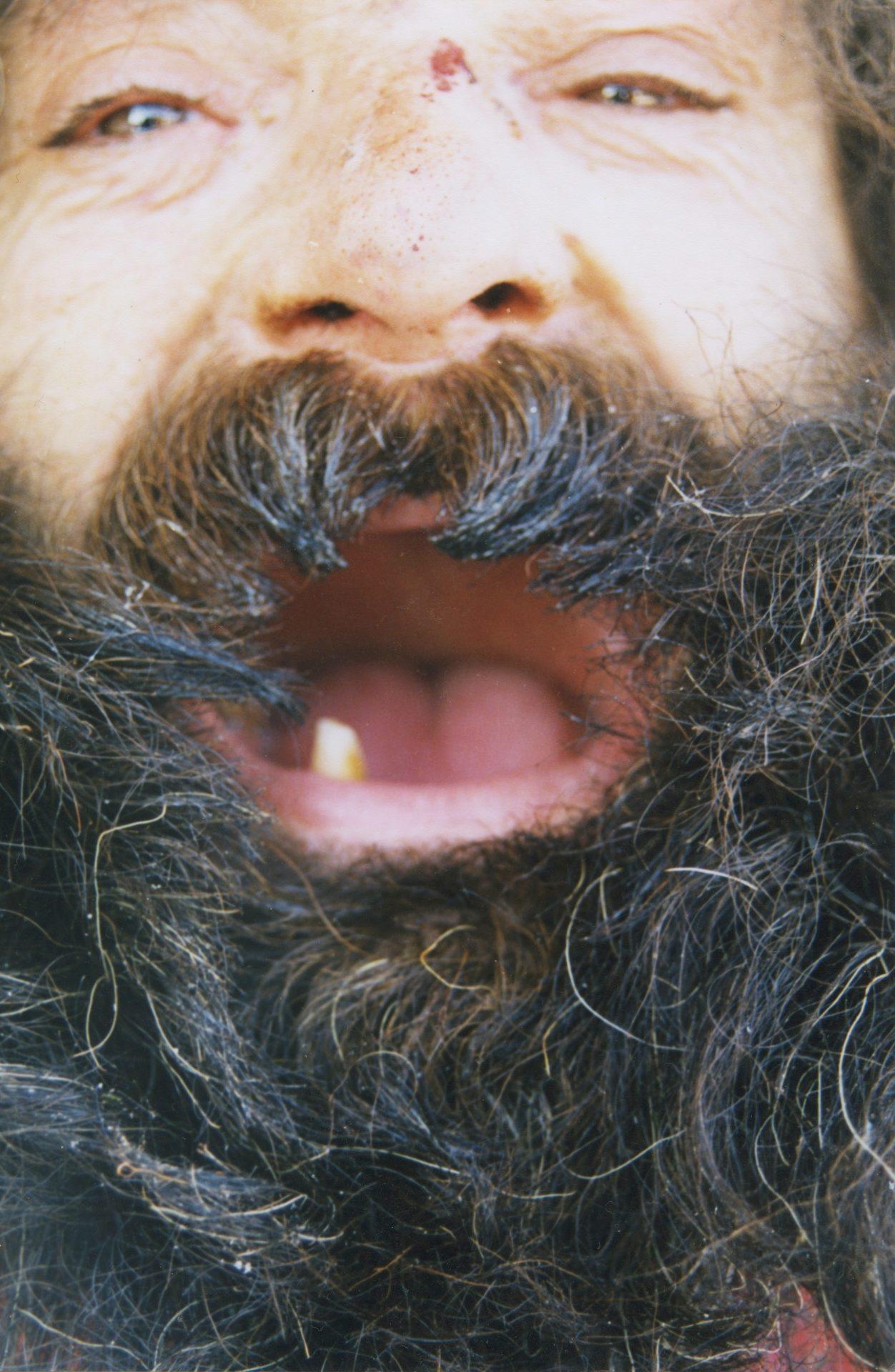
Boris Mikhailov - Ukraine
With Ukraine, FOMU brings an extensive retrospective of the work of Boris Mikhailov (UKR, °1938) to Belgium. Mikhailov is one of the most important living artists who grew up in the former Soviet Union. With more than 300 works, the exhibition focuses on Mikhailov's homeland Ukraine. He has been depicting, describing and distorting his country since the 1960s up to and including the recent Euromaidan revolution in Kiev.
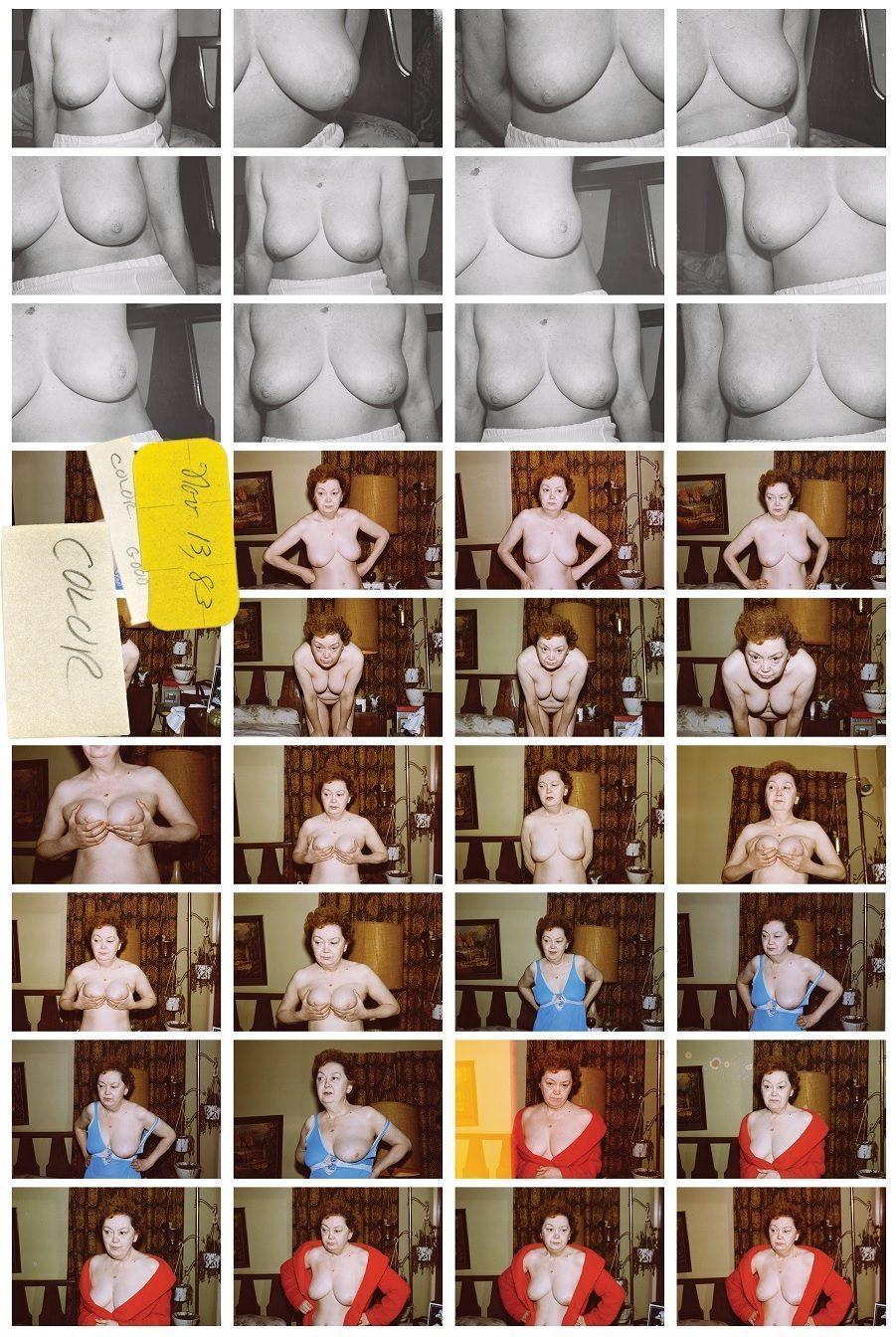
Mariken Wessels - Taking Off. Henry my Neighbor
Taking Off is a true visual story of a failed marriage, fraught with sexual frustrations and voyeurism. The exhibition introduces us to Henry's photographic obsessions. Henry's wife Martha lived under the yoke of her husband for years, casually posing for his extravagant nude photography. Through acquaintances in the United States, the entire private collection ended up in the hands of Mariken Wessels (NL, °1963).
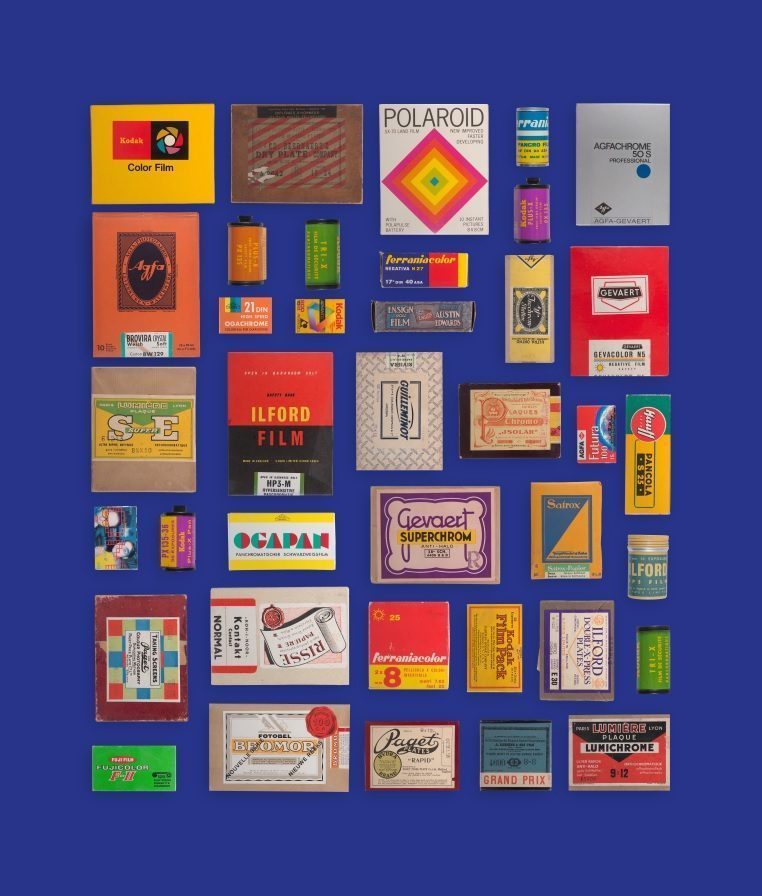
Photography Inc. - From Luxury Product to Mass Medium
These days everyone’s a photographer! A click of your smartphone and you have a great picture. No more fussing around with rolls of film. Farewell darkroom. The digital era has changed photography for good. Things were very different 175 years ago when photography was in its infancy: a portrait involved sitting still for several minutes and the printing process was very complicated.
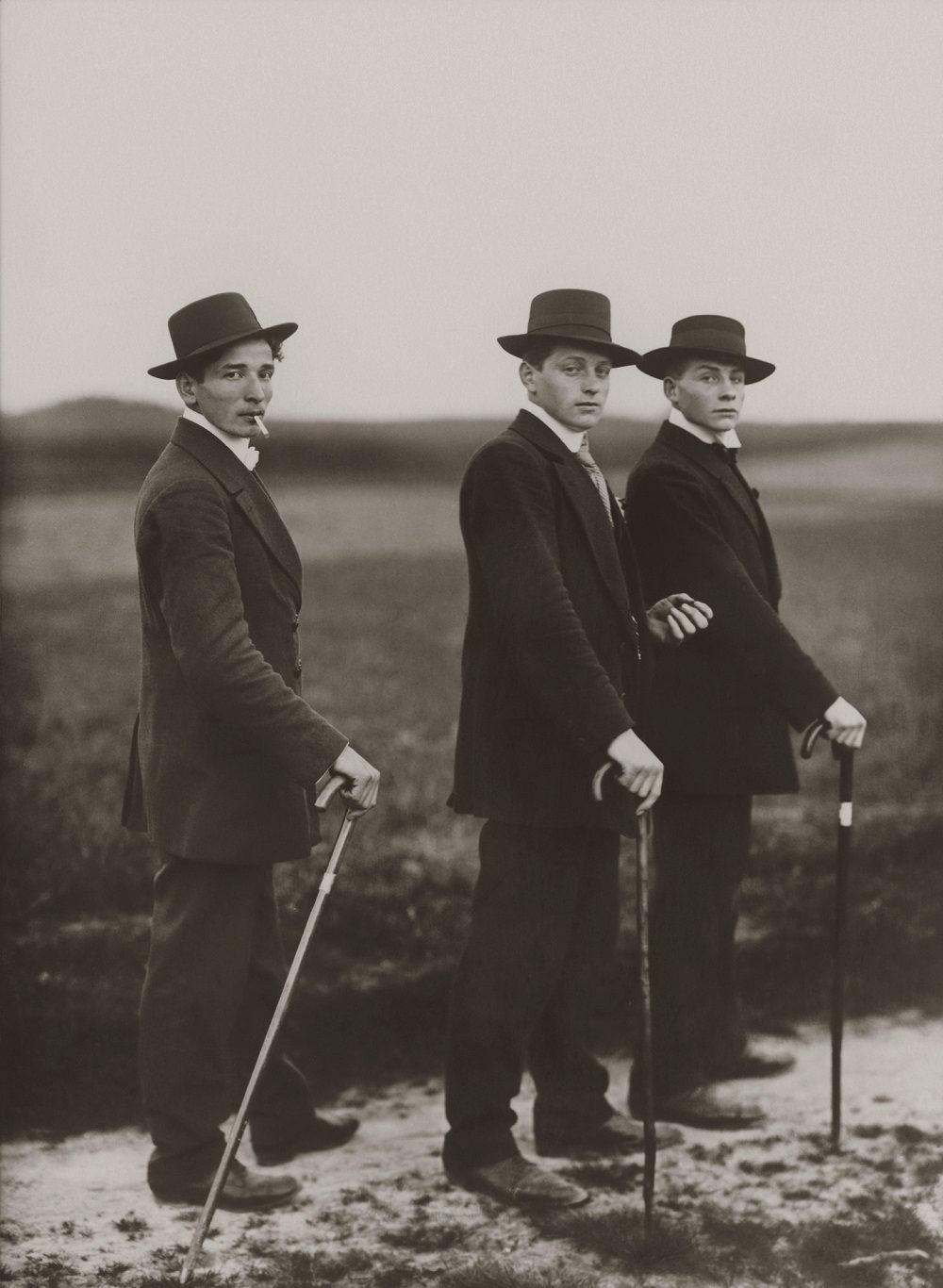
August Sander - Masterpieces and discoveries
August Sander (DE, 1876-1964) is considered one of the most influential photographers of the last century. With his conceptual portrait series People of the 20th Century, he set out to provide a record of the social order of the age. As iconic as his portraits are of 'the pastrtry cook', 'the farmer', 'the revolutionaries' and so on, to reduce his life's work to his well-know portrait series would be to do Sander an injustice.
Photo: August Sander, Jungbauern auf dem Weg zum Tanz, Westerwald, 1914, Collection FOMU, P/1978/133/1, © August Sander / VG BILD-KUNST

Jan Hoek - Shooting Stars
Jan Hoek (NL,° 1984) inhabits terrain that borders on the controversial. He is intersted in photographing people without exploiting them. His models deviate from the conventional. For example, there is Kim, a homeless, former heroin addict whom he encountered on the streets of Amsterdam: her dream of becoming a supermodel is not likely to be fulfilled. He removes the Sweet Crazies (homeless Ethiopians with mental health problems) from their context and portrays them as majestic men against colourful, noble backdrops.
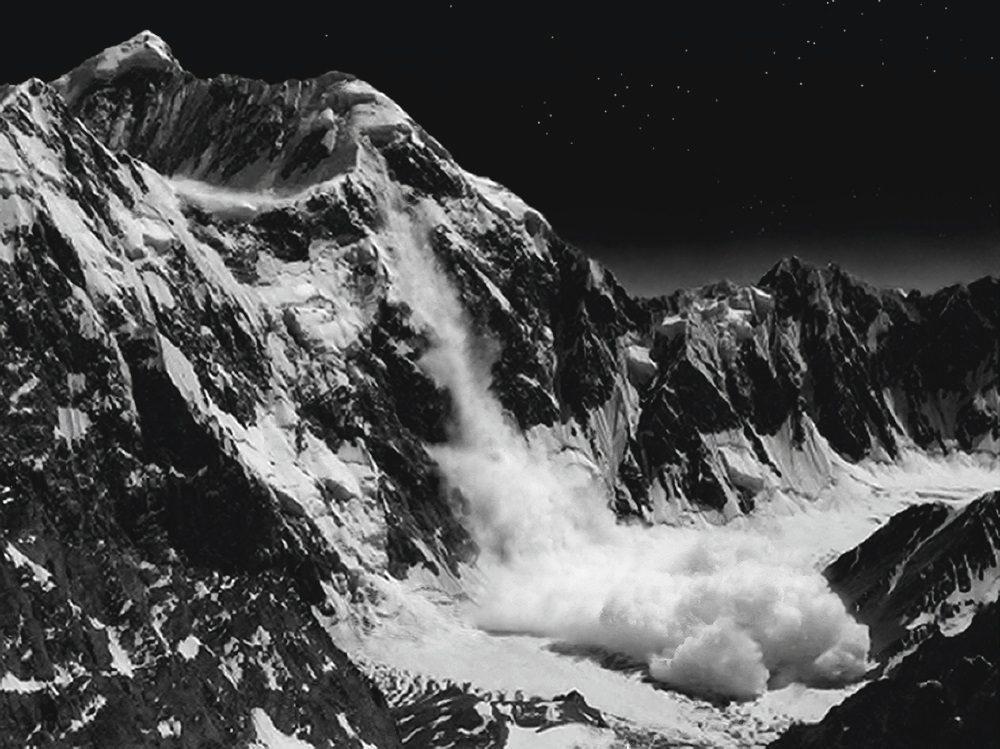
My Flat Land - On photography and landscape
This summer, FoMu takes you on a visual journey through unspoiled nature and poses the question: Is it possible to recreate the sensation of hiking within the walls of a museum? When we go for a walk, we experience a succession of impressions that melt almost imperceptibly into each other. The exhibition My Flat Land is a photographic montage that features works from 1856 to 2015 by over 50 artists from Belgium and abroad.
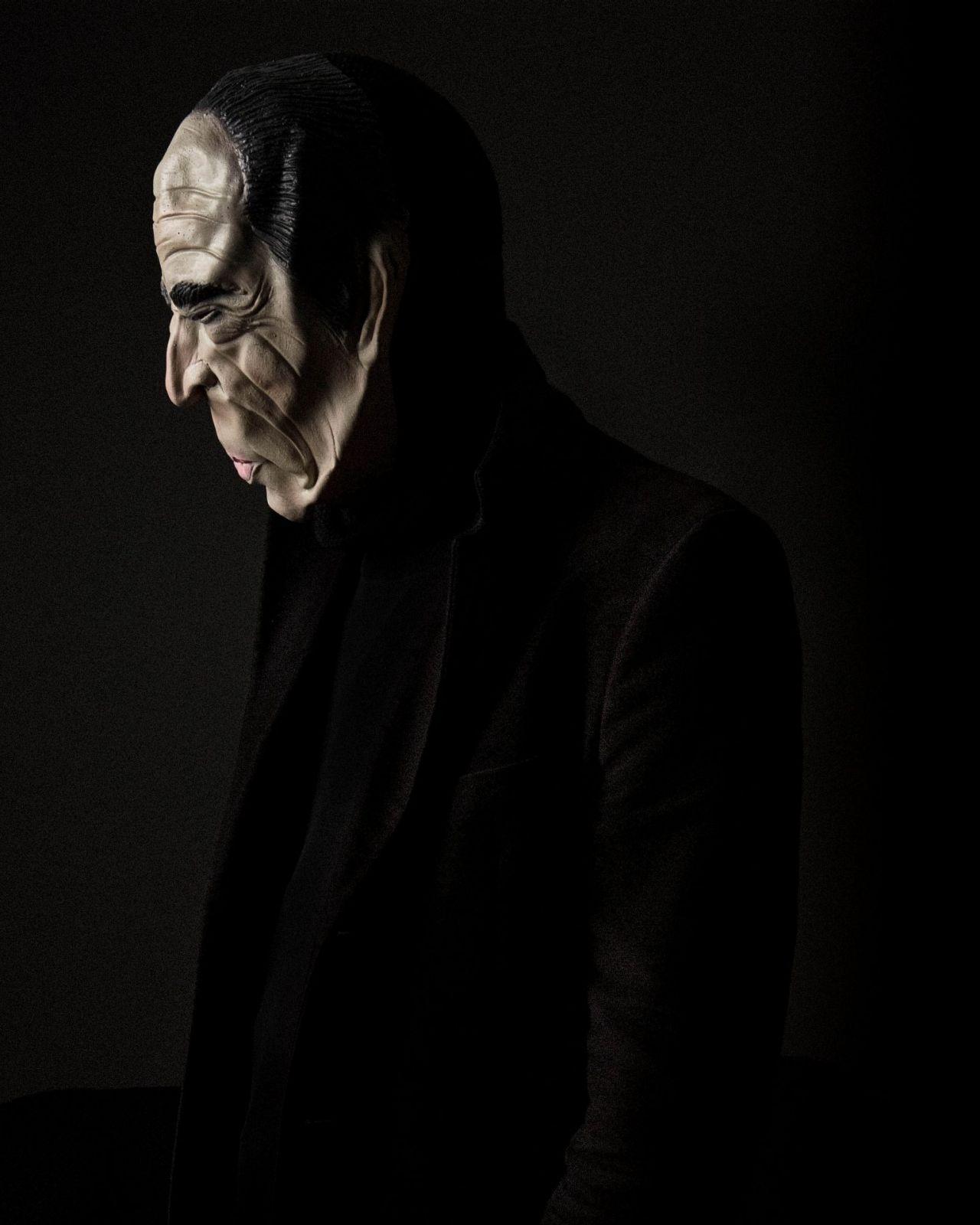
Jan Rosseel - Belgian Autumn. A Confabulated History
In the early 1980s, Belgium experienced a collective nightmare. A group known as the Brabant Killers committed a series of robberies, mainly of supermarkets, involving unprecedented violence. Thirty years later, Rosseel delves into the country’s memories of the events to create a confabulated history.
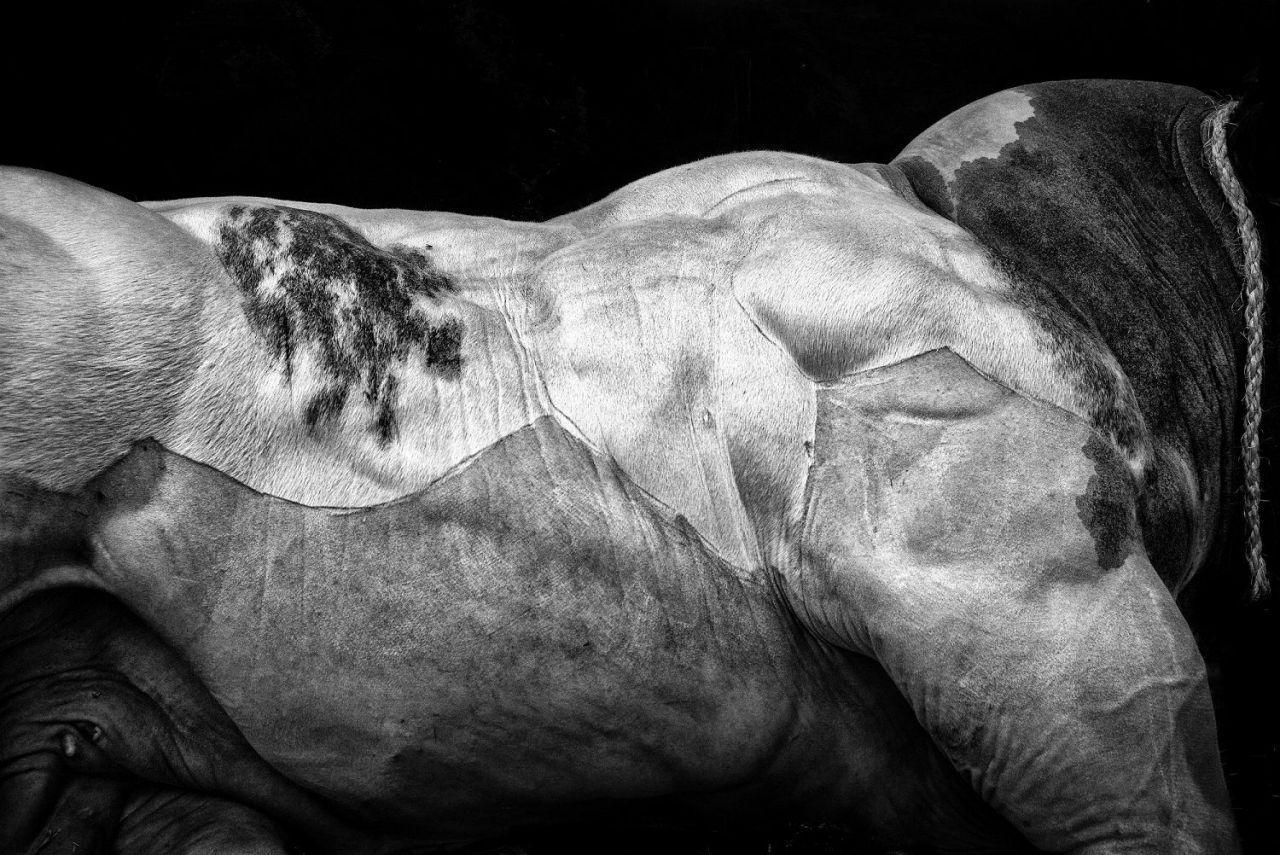
Cédric Gerbehaye - D'entre eux
What does it mean to belong somewhere? After years of shooting documentaries in remote areas of conflict, Cédric Gerbehaye (BE, 1977) is now concentrating on his compatriots, the people with whom he belongs, the people with whom he should be.
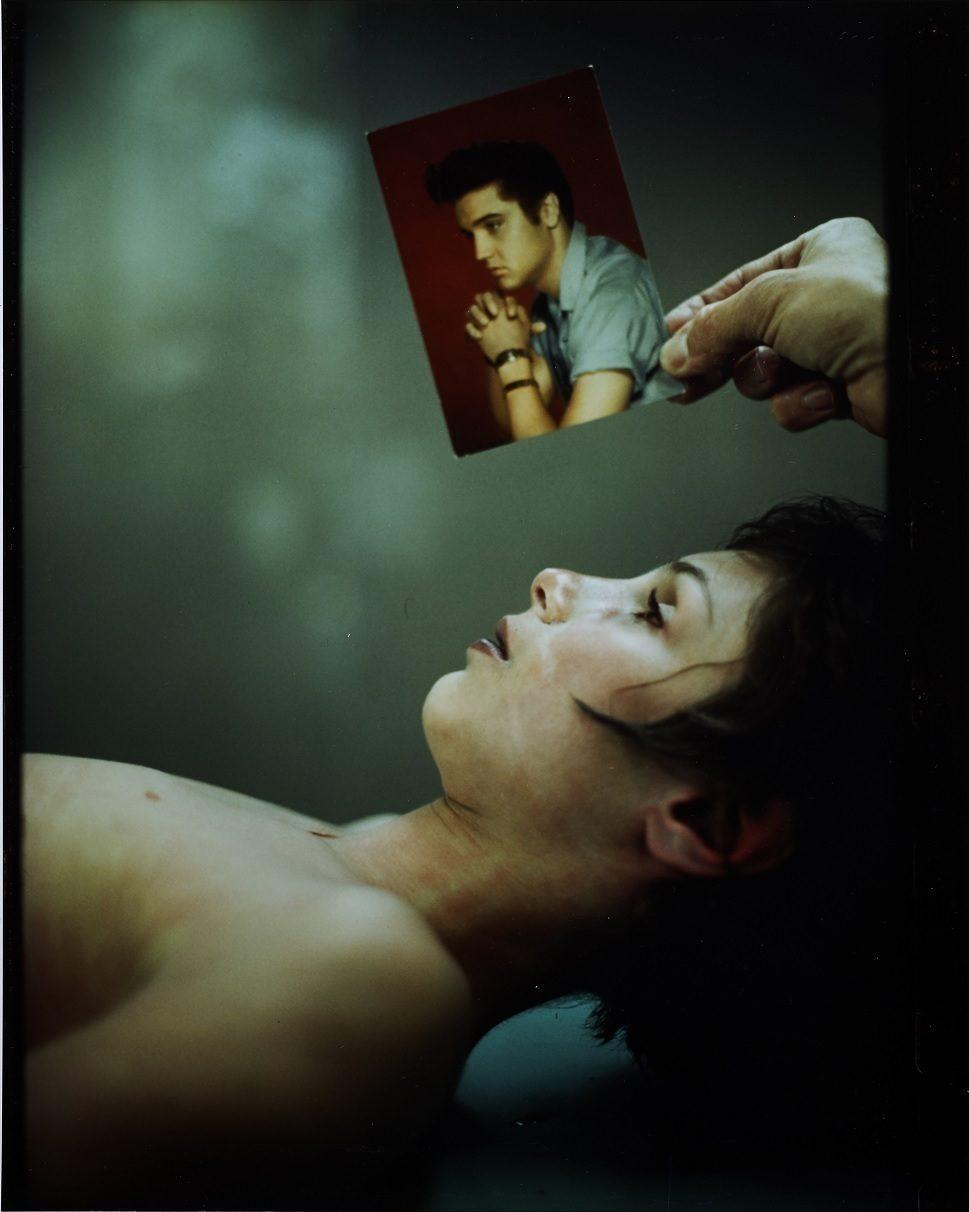
Jeffrey Silverthorne - The Precision of Silence
The exhibition Silverthorne – The Precision of Silence is the first European retrospective of the work of American photographer Jeffrey Silverthorne (°1946). Using polaroids, staged shots, portraits and work that borders on documentary in style, Silverthorne playfully explores such diverse subjects as death, sex and old age.
Photo: Elvis and Jesus Letters from the dead House / 1986-1989 © Jeffrey Silverthorne
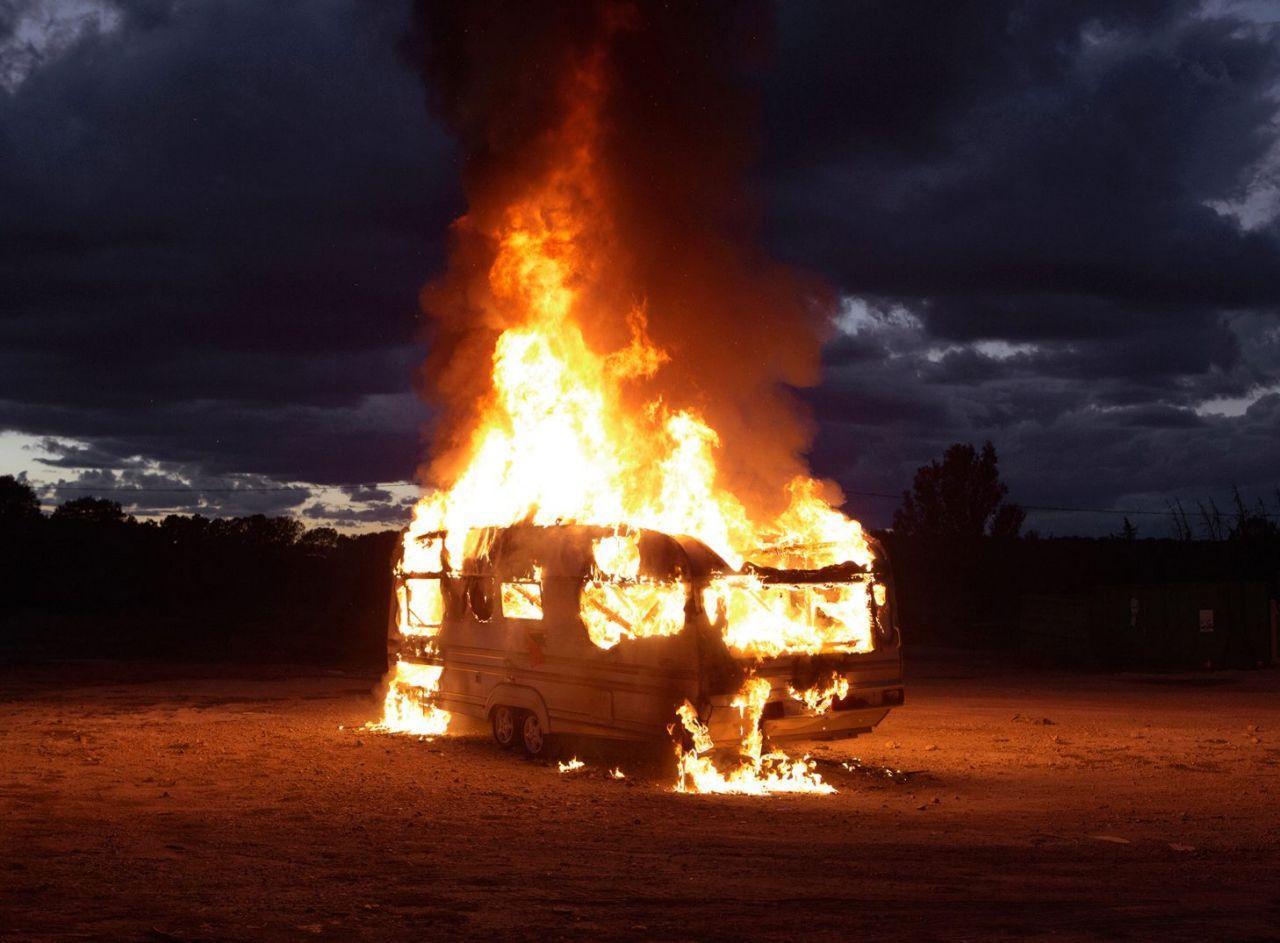
Mathieu Pernot - La Traversée
La Traversée takes us on a journey into the multifaceted photographic work of French documentary maker Mathieu Pernot (°1970). He analyses our contemporary society using both archival sources and his own photographs: the themes of emigration, social housing and homelessness run like leitmotifs through his work. However, Pernot is not interested in presenting one-sided interpretations and his images evoke the constant flux that is the reality of life.
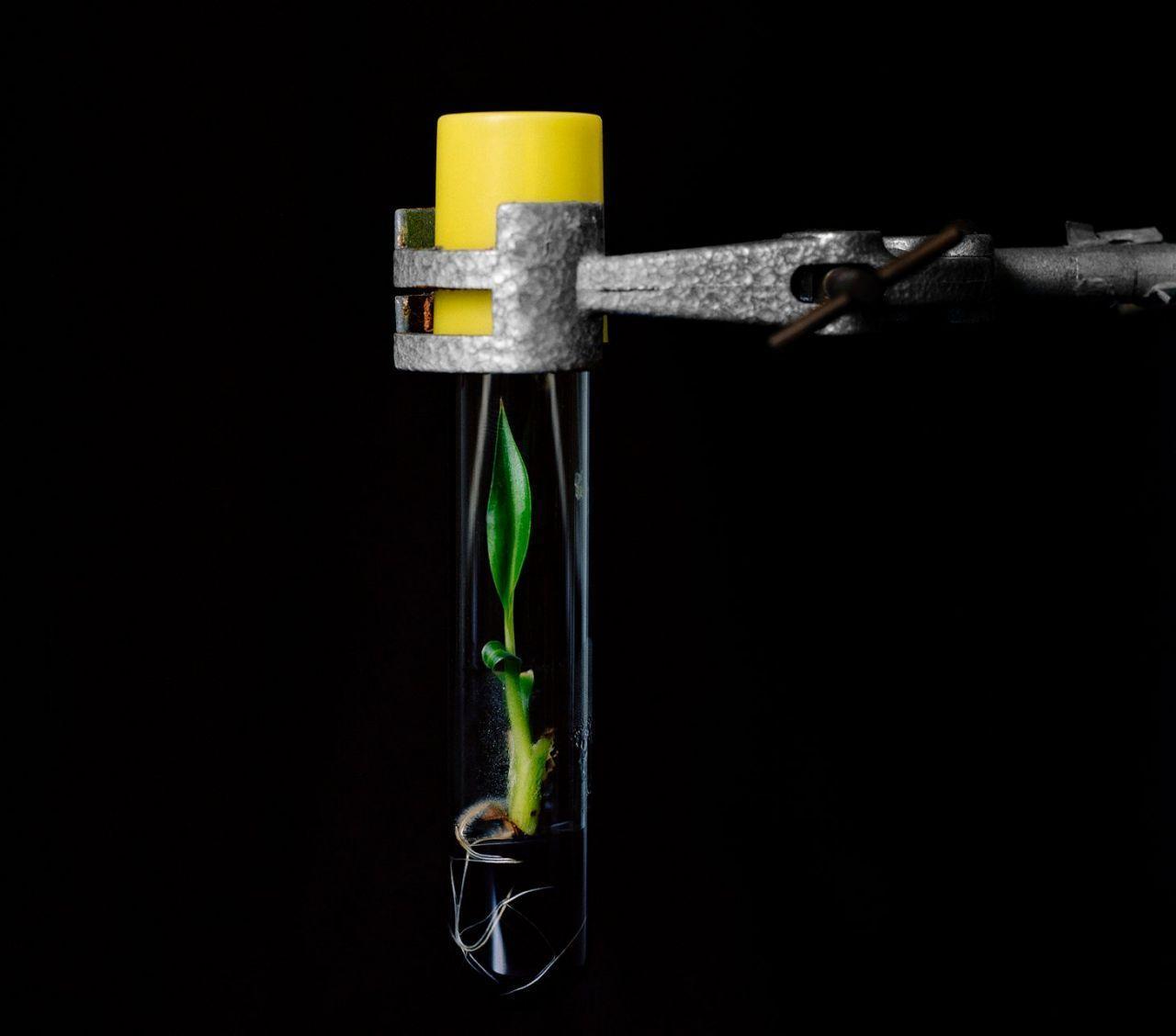
Yann Mingard - Deposit
The documentary project Deposit by the Swiss photographer Yann Mingard (°1973) confronts us with provocative and germane questions about the current state, sustainability and future of life on earth. Can we control life on the planet by collecting and storing genetic, biological and human information? Mingard went on a journey of discovery and brought back images of four types of stored information: Plants, Animals, Humans and Data.
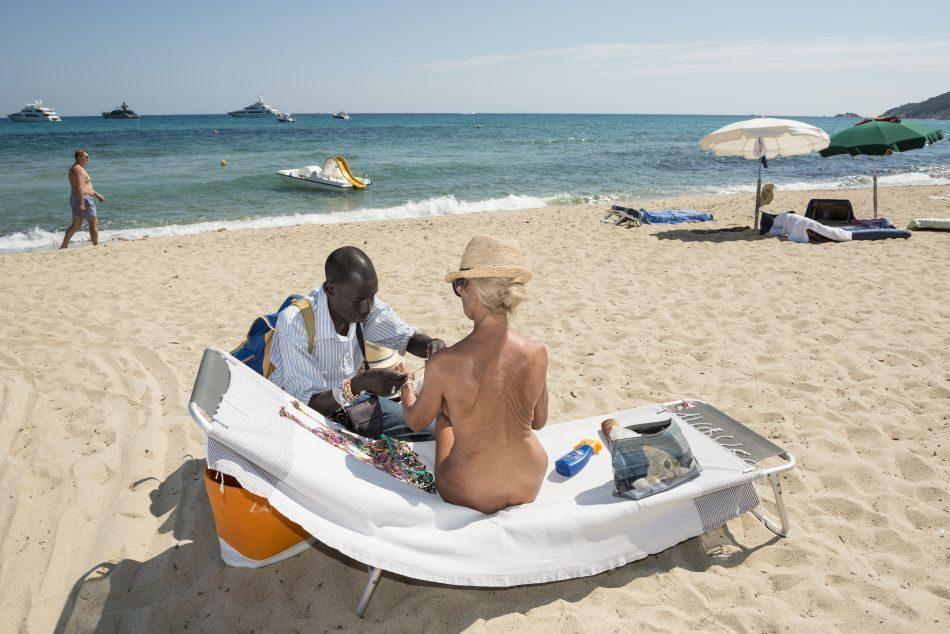
Nick Hannes - Mediterranean. The Continuity of Man
Over the past five years, Nick Hannes (BE,1974) has visited twenty countries located around the Mediterranean. He witnessed an unpredicted period of turnoil for the region: Southern Europe buckling under the weight of the global economic crisis, Arab countries entangled in the aftermath of the Arab Spring and tourist and migrants encountering each other on the beaches of the Mediterranean sea.
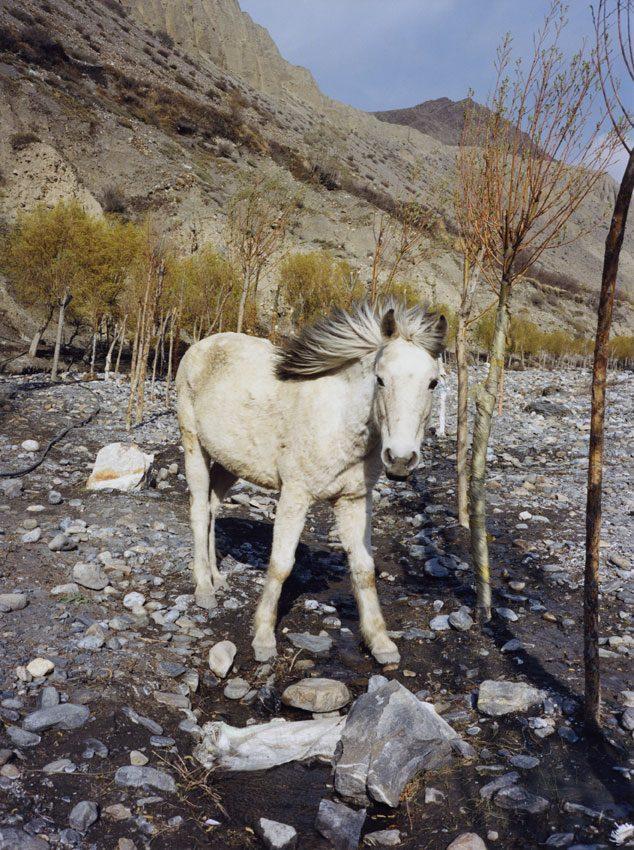
Vincent Delbrouck - Dzogchen
For the third consecutive year, FoMu is providing a platform for young, Belgian, photographers. Vincent Delbrouck (BE,1975) presents his latest project Dzogchen, which chronicles several journeys he made to the Himalayas between 2009 and 2014. While there, Delbrouck immersed himself in Buddhist philosophy and allowed the environment to dictate his imagery.
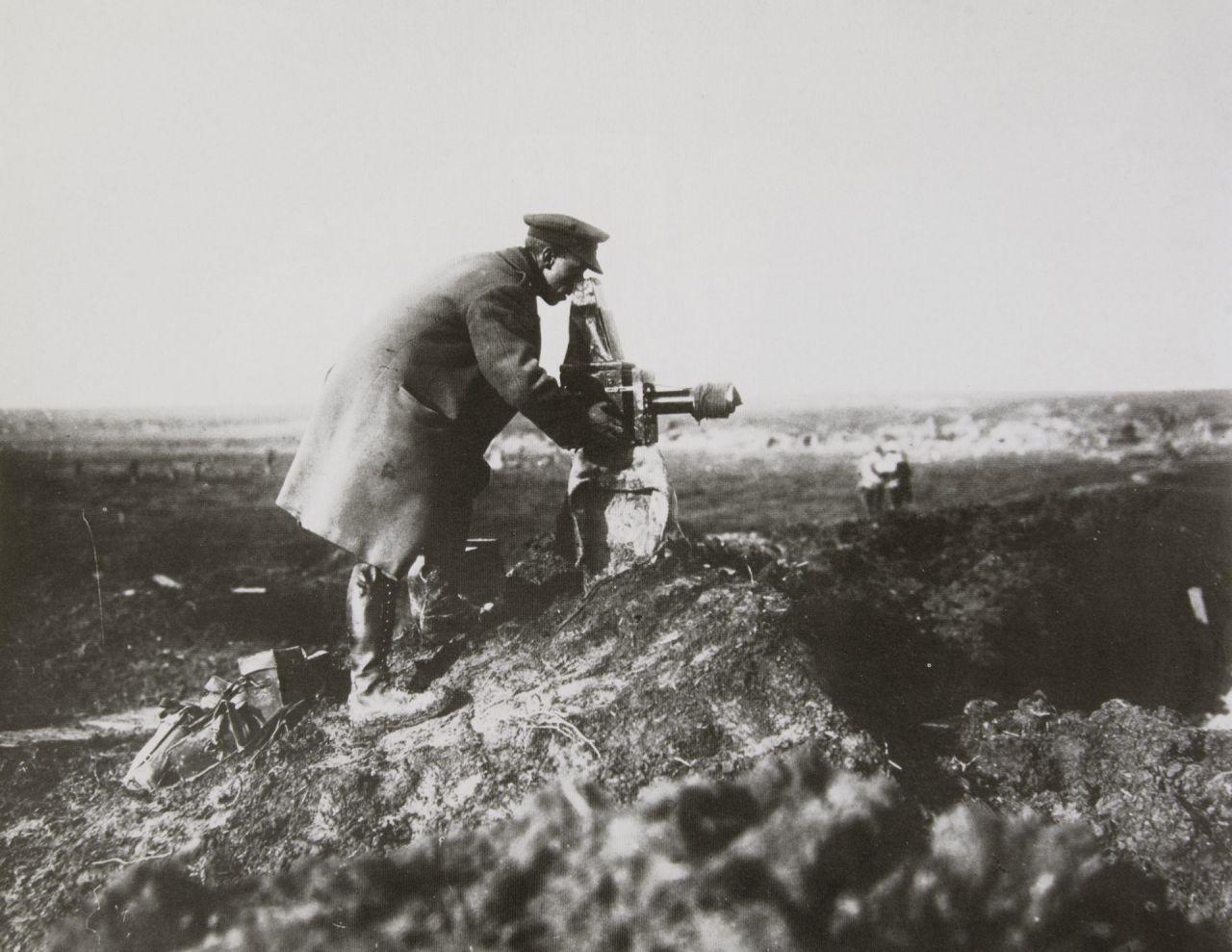
Shooting Range - Photography and The Great War
The 'Great War' was the first large-scale conflict that was recorded on celluloid and film. The fledgling media appeared to have unprecedented powers as the all-seeing eye, a reminder, but also as a weapon. Images not only chronicle a conflict, they also play a crucial role in it. Shooting Range highlights the way in which this happened in a conflict that kept the world in its grip for four years.
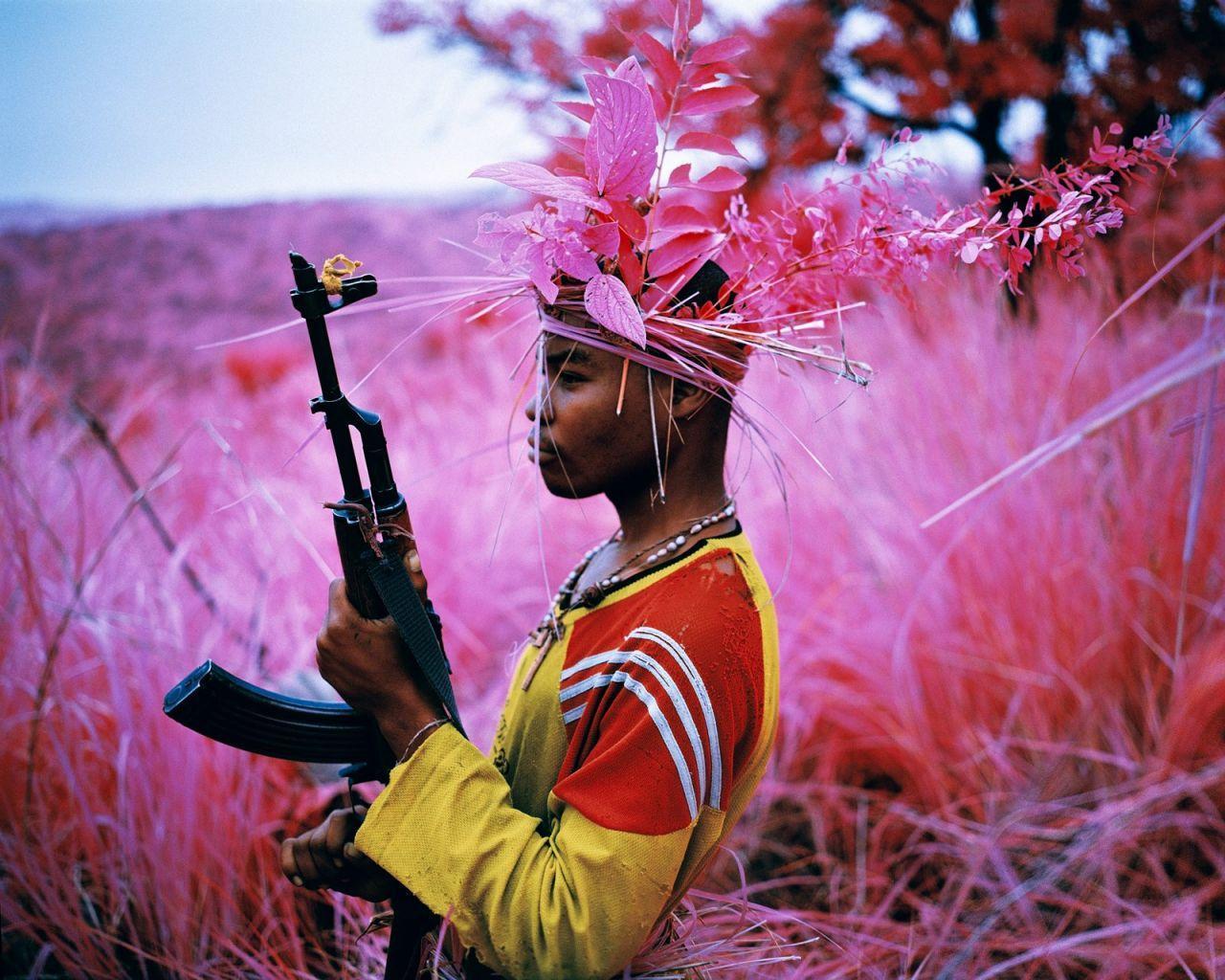
Richard Mosse - The Enclave
With The Enclave, FoMu brings Richard Mosse's (IE, °1980) acclaimed multimedia installation to Belgium. Starting in 2010, Mosse made several trips to eastern Congo to capture on film the region's intractable spiral of war. Since 1998, this conflict has claimed the lives of 5.4 million people, yet goes relatively unreported in the mass media.
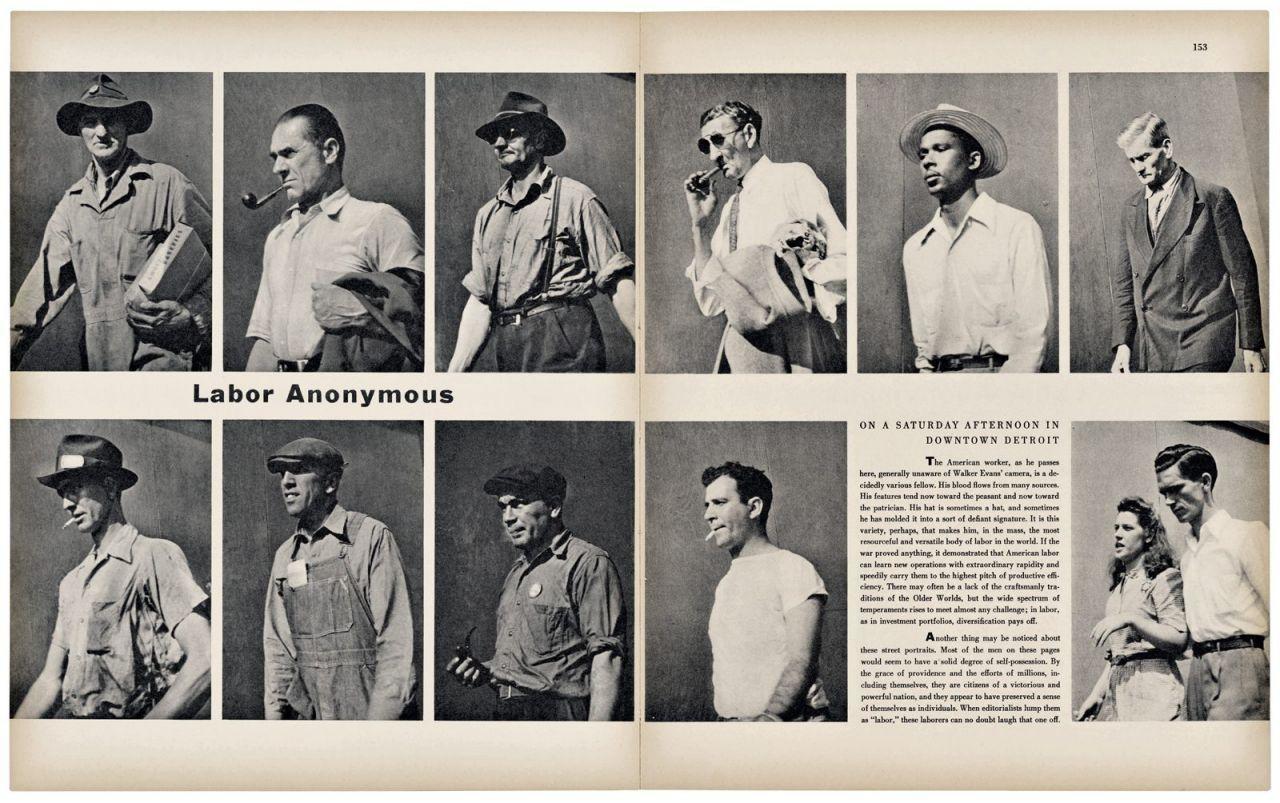
Walker Evans - The magazine work
This concise exhibition focuses on Walker Evans' photographic magazine work. Uniquely, Evans (US, 1903-1975) photographed, wrote, edited and designed his pages. From 1929 to 1965 he published in avant garde journals and the mainstream magazines Fortune, Harper’s Bazaar, Vogue, Sports Illustrated and Life.
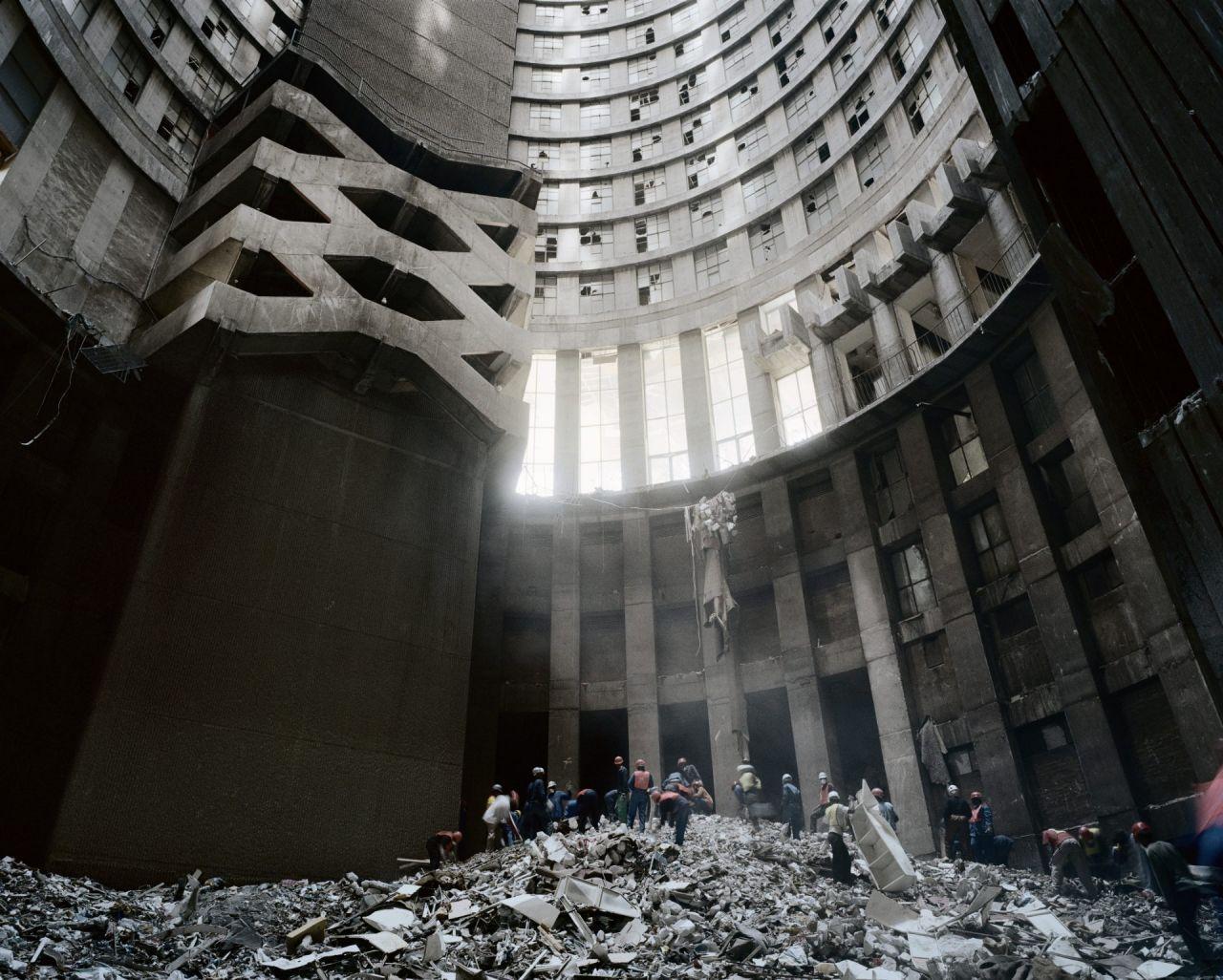
Mikhael Subotzky & Patrick Waterhouse - Ponte City
Ponte City is the latest project from artists Mikhael Subotzky (ZA, °1981) and Patrick Waterhouse (GB, °1981). The project focuses on a single building, the monumental Ponte City, an apartment block that dominates the Johannesburg skyline. One of the architectural icons of the city, it is also the perfect witness to a society in constant change.
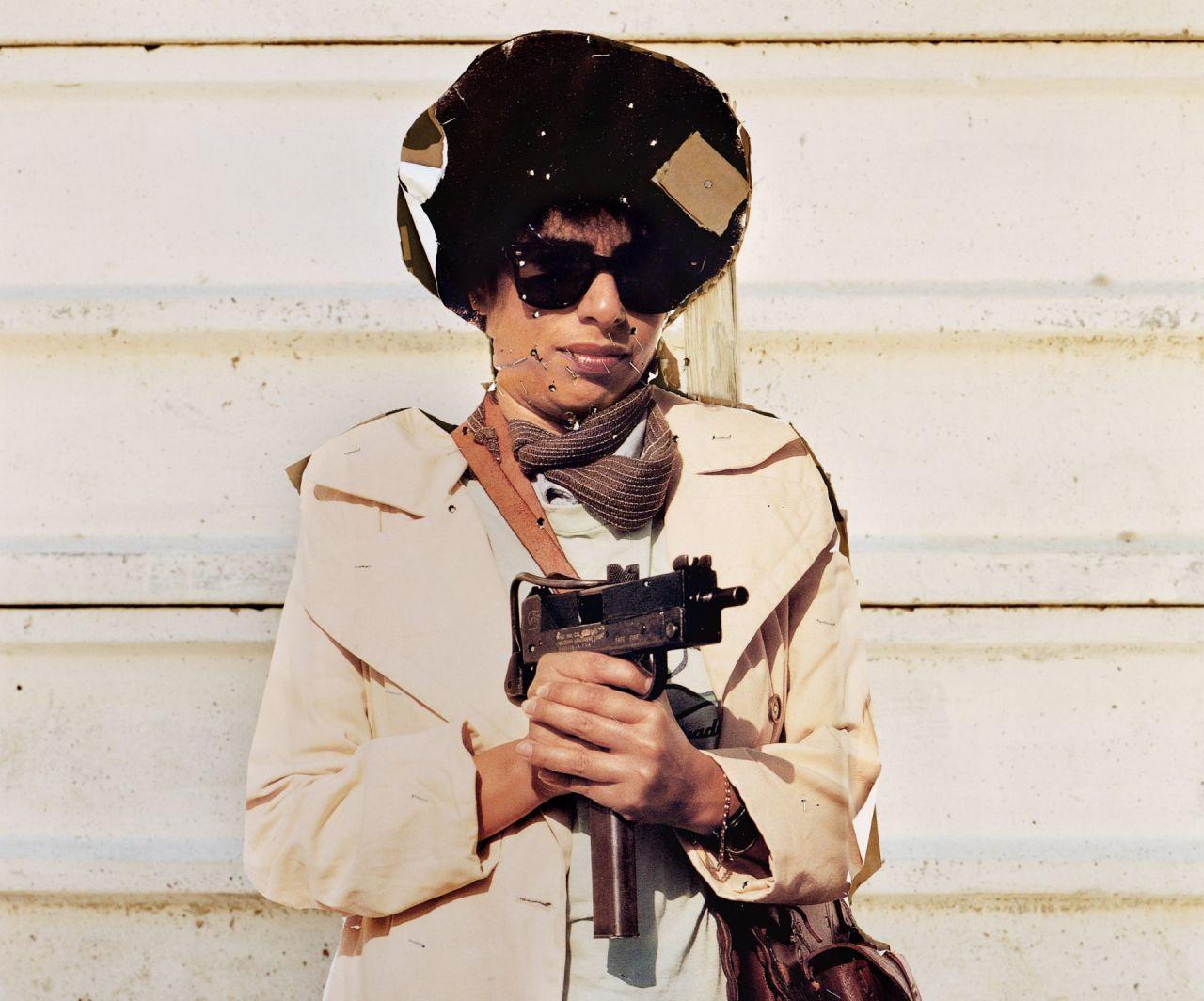
Broomberg & Chanarin - Everything was Beautiful and Nothing Hurt
Adam Broomberg (ZA, °1970) and Oliver Chanarin (UK, °1971) have been working collaboratively for 17 years. This is the first comprehensive survey of their practice, beginning with their first work, a commissioned painting of a Hutu and a Tutsi and ends with their most recent series, produced with 3D facial recognition software.
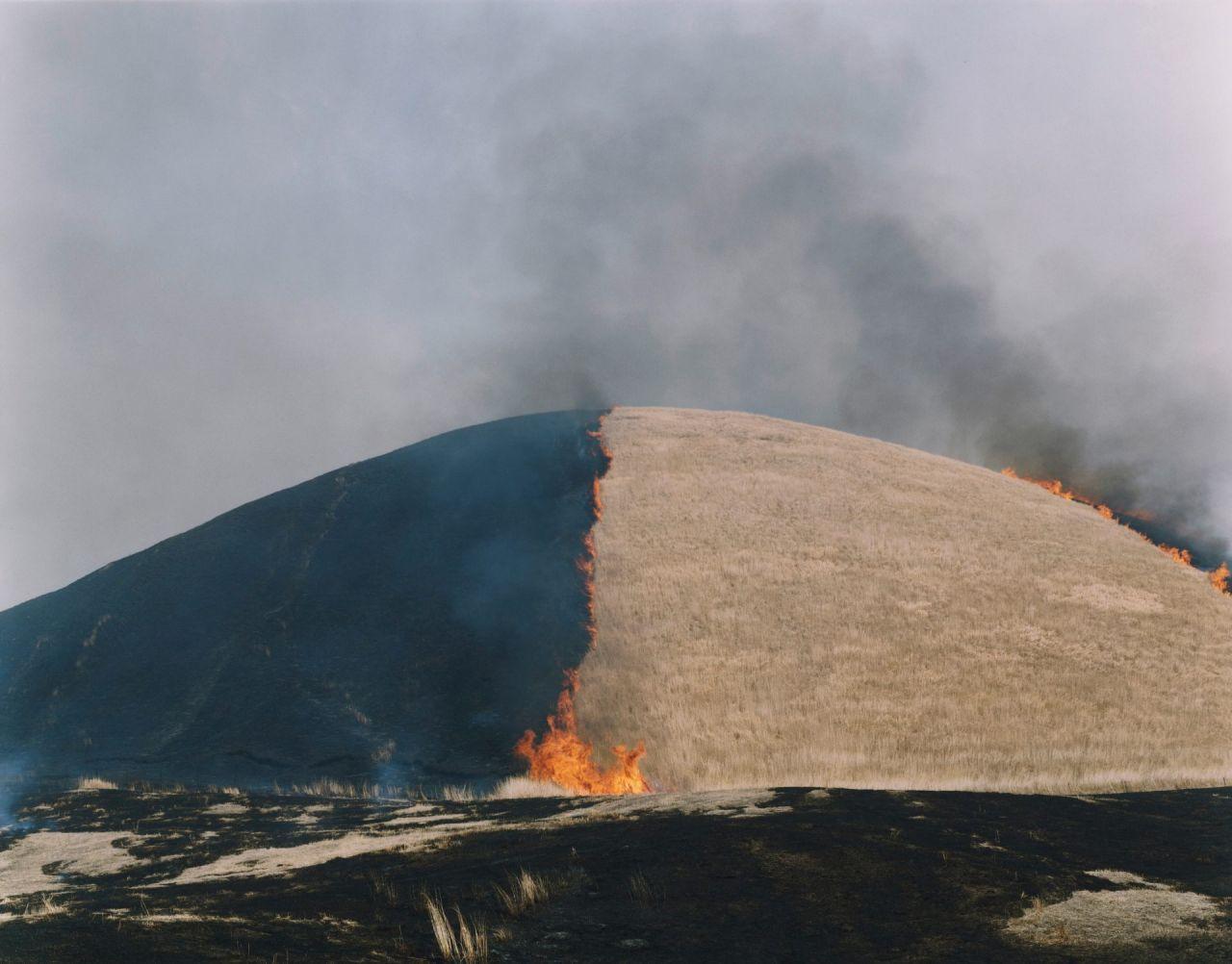
Rinko Kawauchi
Japanese photographer Rinko Kawauchi (JP, °1972) is not confined by space and time. She plays with universal memories and references. The pure colours and compositions seek the essence of the world: elements of nature, the cycle of life, the perennial and the transitory, departing from a Japanese sensibility and developing a style which already bears her name.

Ed van der Elsken - A history of love in Saint Germain des Prés
In 1950 Ed van der Elsken (Netherlands, 1925 - 1990) leaves for Paris, where he finds his peers in Saint Germain des Prés, amongst a group of bohemians. Unknowingly, he keeps a photographic diary of their comings and goings. He is particularly fascinated by the red-haired Vali Myers. In his photos he captures the essence of the younger generation during the existentialist post-war era.
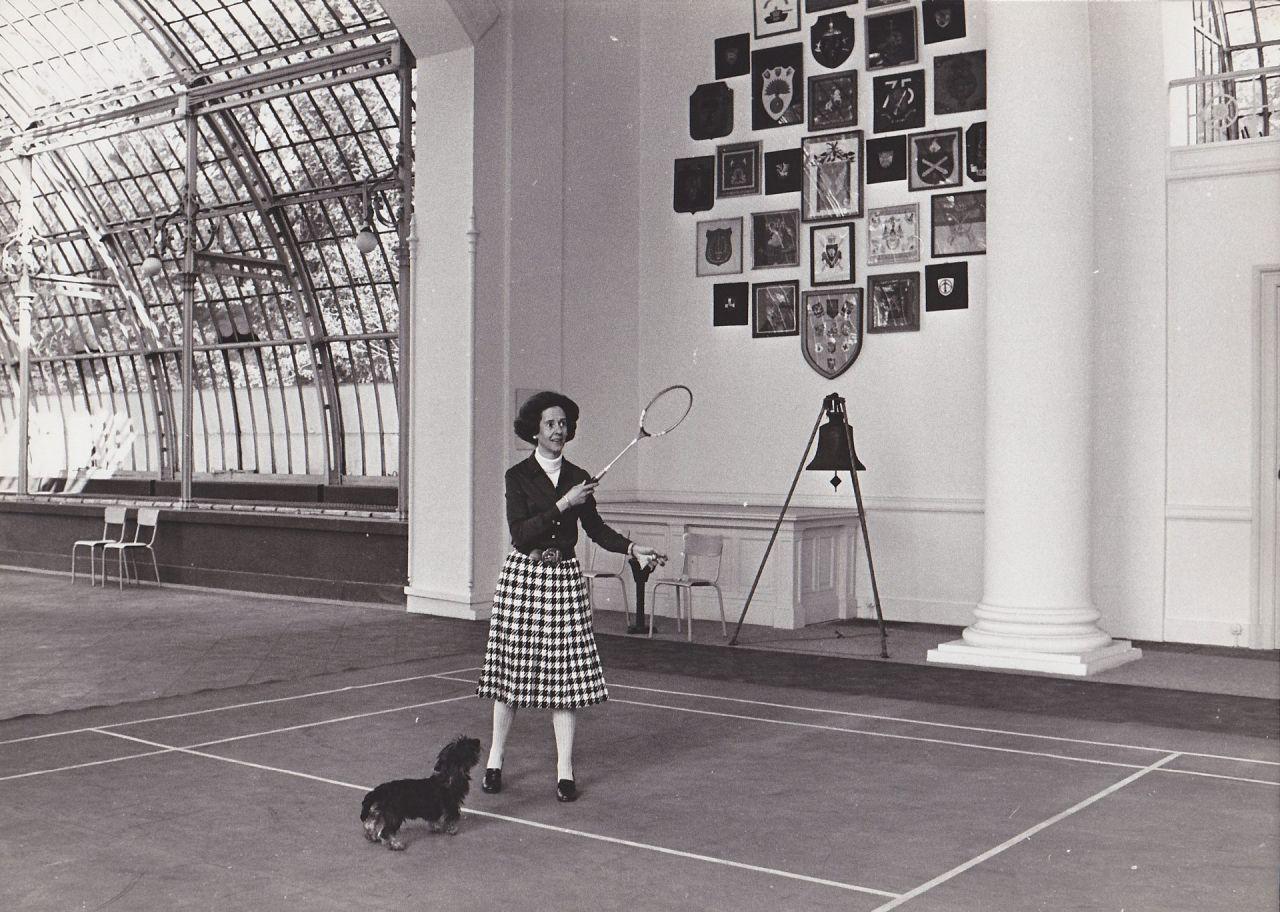
Germaine Van Parys & Odette Dereze
Germaine Van Parys (1896-1983) was a pioneer in Belgian photo journalism. Together with her godchild Odette Dereze (DOB 1932), Van Parys accomplished an impressive oeuvre. Their work offers a unique insight into the history of Belgium from 1918 until the end of the last century.
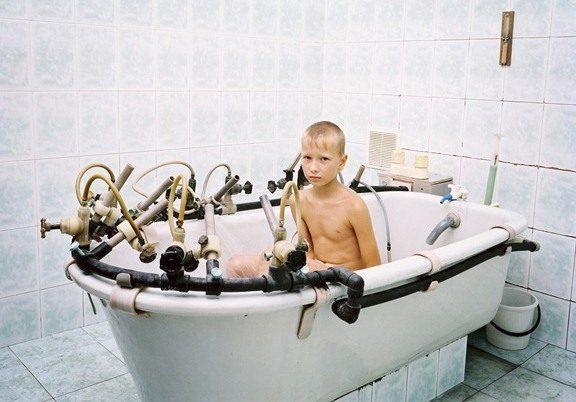
The Sochi Project - An atlas of war and tourism in the Caucasus
Photographer Rob Hornstra (NL, °1975) and journalist Arnold van Bruggen (NL, °1979) started their mammoth project in 2009. They travelled for the first time to the southern Russian city of Sochi in order to make a photographic documentary. Sochi is the subtropical setting for the 2014 Winter Olympic Games. Five years and eleven trips later, The Sochi Project chronicles the turbulent region around the city, from the unknown, apostate little country of Abkhazia to the south of Sochi to infamous republics such as Chechnya and Dagestan on the other side of the mountains. The region is rich in contrasts, characterised by poverty, separatism, terrorism, mass beach tourism and now the upcoming Olympics - to date, the most expensive ever held.
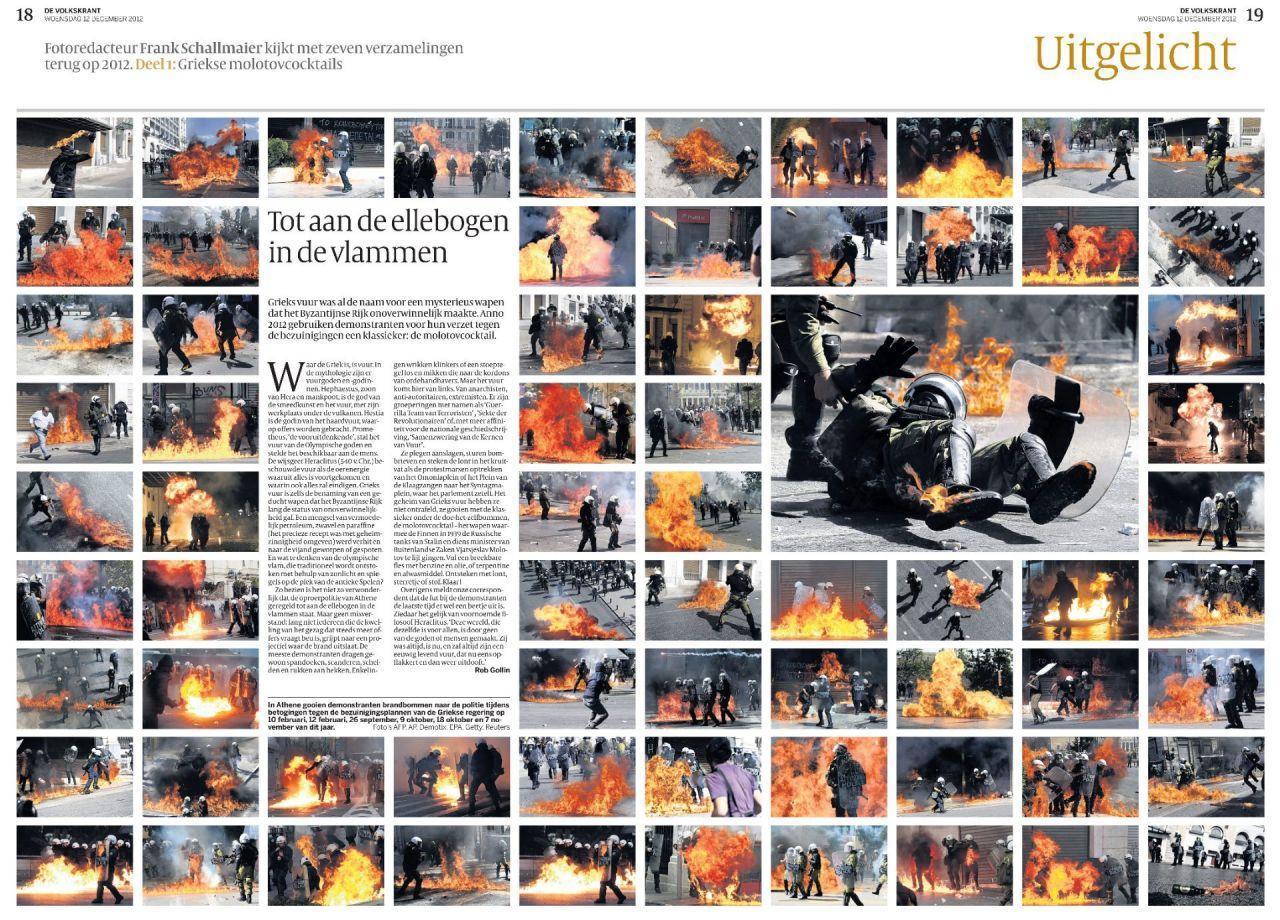
Editing the news
The news that ends up in the newspapers at our breakfast tables has been subjected to endless filters. Just as well. Every day, thousands of photographs are posted to editorial offices, while only a few make it to the finish. With this exhibition FoMu questions these selection rounds.
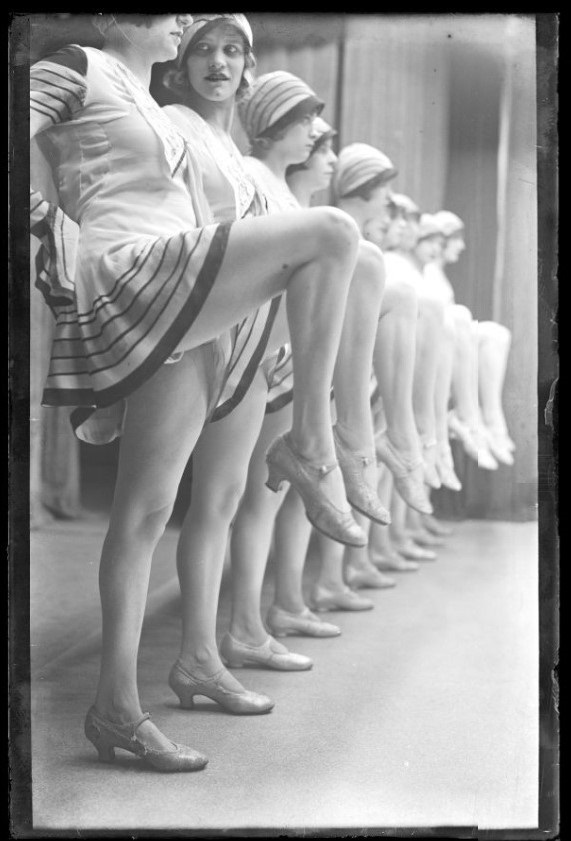
Collection FOMU: Le Lynx
Press photography forms an inherent part of our society. Images tell and illustrate stories in newspapers and magazines. With the creation of the news agency Le Lynx, Jospeh Quatannens (BE, 1902–1974) contributed to the professionalization of the young sector of photojournalism.
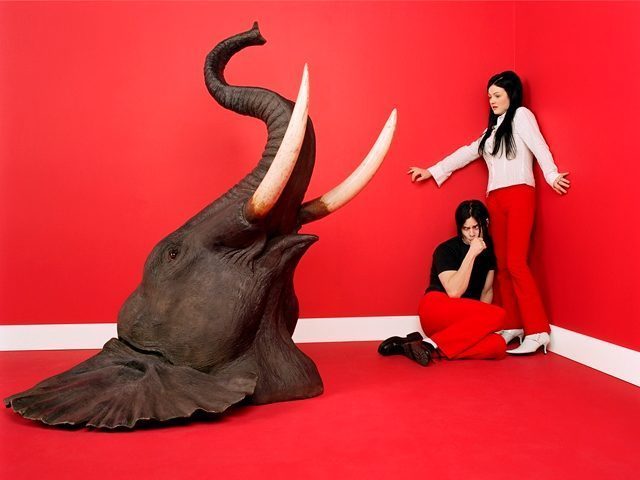
You Ain't Seen Nothing Yet - Music and Photography
Music and photography are inseparably linked. You Ain’t Seen Nothing Yet shows the work of photographers who stand out for their unique style and original approach. The exhibition includes intimate backstage portraits, eccentric group portraits and iconic album covers.
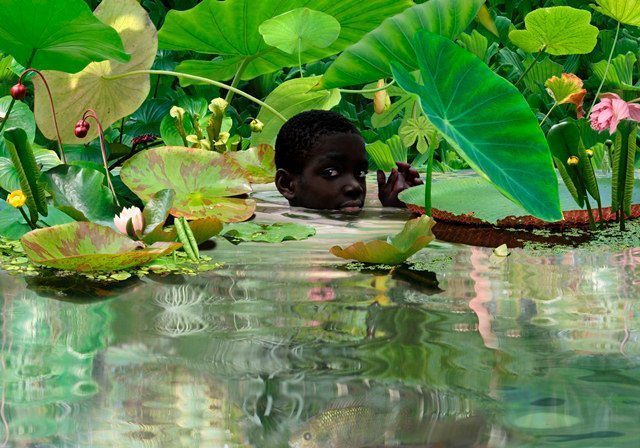
Ruud Van Empel
The photography of Ruud van Empel is hailed for its haunting beauty. He creates collages using hundreds of fragments of his own work. Van Empel uses Photoshop to construct romantic, fictional worlds and conjures up people and landscapes that only exist within a photographic reality. The images depict lovely dreamscapes. However, the shadowy side of this beauty is never far away.
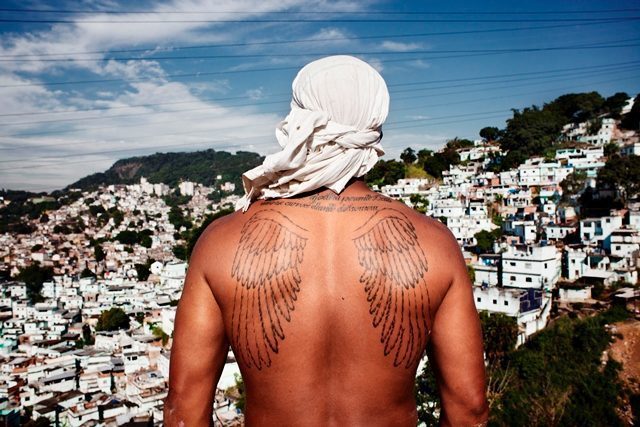
Young Belgian Photography
FoMu presents the second exhibition in the series Young Belgian Photography. This edition will show work by Frederik Buyckx, Max Pinckers and David Widart, three nominees for the Paule Pia prize for young Belgian photography.
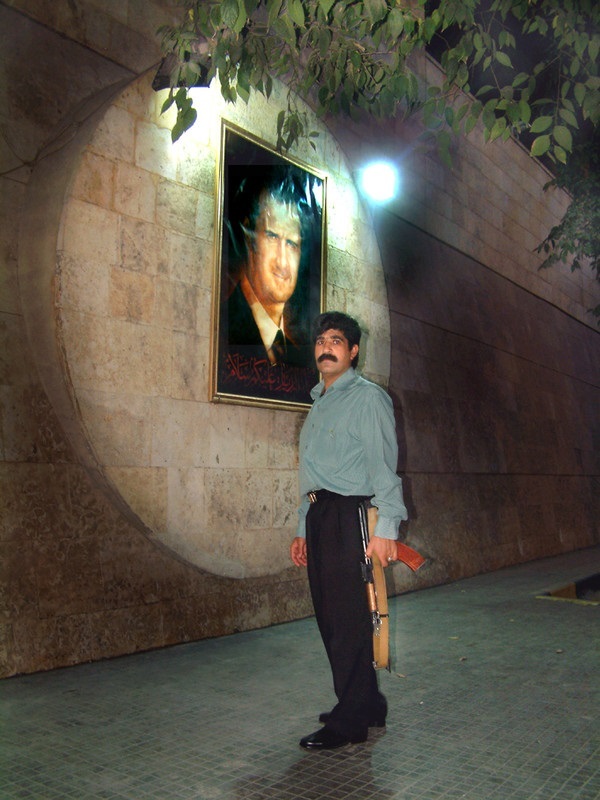
Power! Photos! Freedom!
Power! Photos! Freedom!
A cheering crowd in a Libyan sports stadium, gazing hopefully in the direction of their leader. Thus started the dubious political career of Muammar Gaddafi, a career which would end 42 years later in blood and gore. The photos went around the world. The FoMu focuses on the power of photography during recent events in the Arab world. The extensive Gaddafi archives are complemented by photographs on Syria, Egypt and Tunisia. Even though photography is clearly the ultimate propaganda tool for leaders in authoritarian regimes, it can also prove to be an important weapon for the people during a revolution.
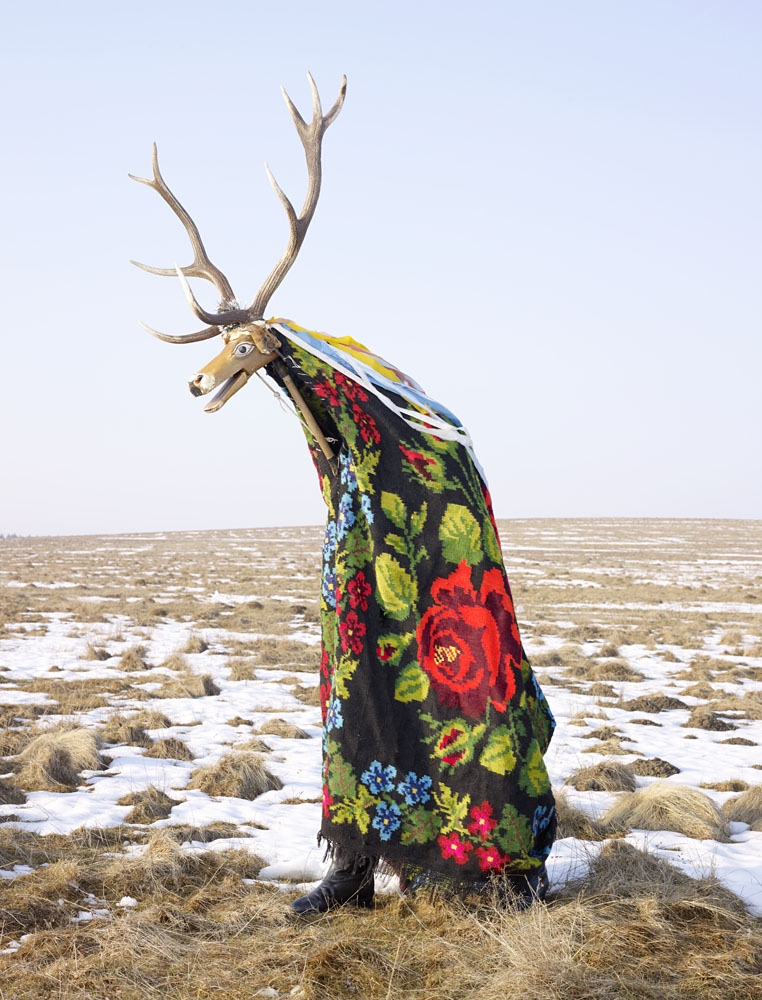
Charles Freger - Wilder Mann
In 2010 and 2011, Charles Fréger (FR, °1975) crossed the continent in search of people who uphold ancient local traditions. Their rituals are variations on the same theme: the changing of the seasons, fertility or the struggle between man and nature. Fréger collects these masquerades under the header Wilder Mann, referring to a character from Germanic mythology. Being half-animal, half-man, born from the union of woman and bear, the wild man epitomizes man's animal side.
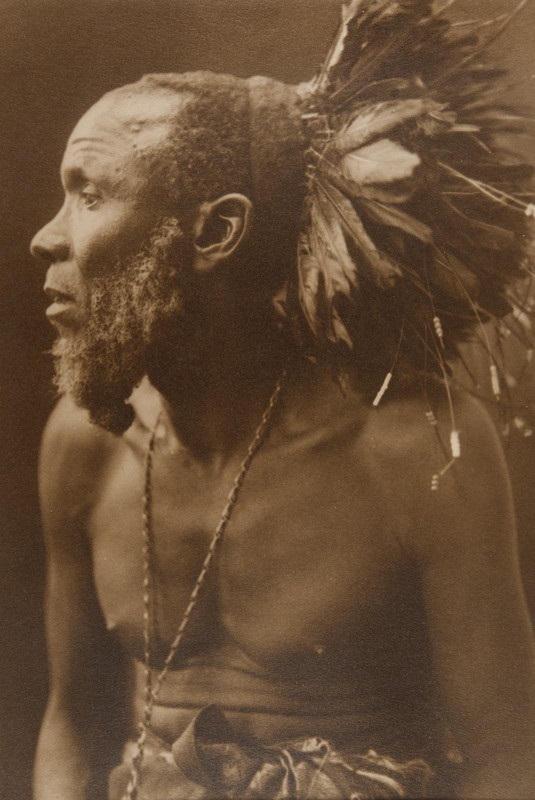
Camera Exotica - Selection from the FOMU collection
Camera Exotica aims to shed light on the way that exotic subjet-matter and motifs in West European photography between 1850 and 1960 were utilized and consumed. The thread running throught this narrative is that of ambiguity. The visual treatments of the 'exotic' therefore are a reflection rather of the fascinations, the desires and anxieties that prevailed in industrialized societies, than an accurate picture of foreign cultures and civilizations. This percecption of what the 'other' is offers us plenty of food for thought and remains a burning issue to this day.
Photo: Casimir Ostoja Zagourski, Bateke chief, approx 1930, P/1993/462/200, Collection FOMU, P/2012/379

